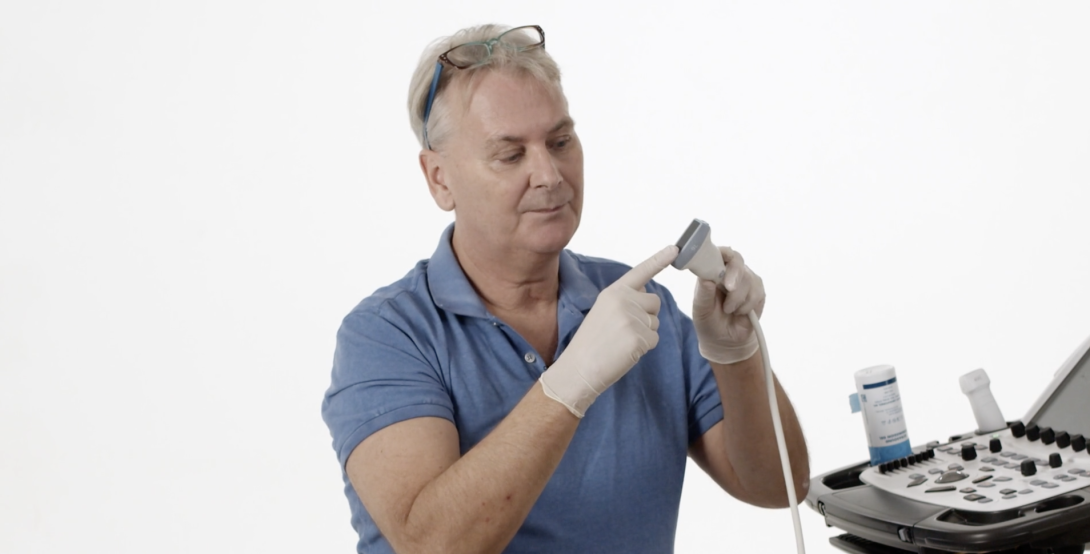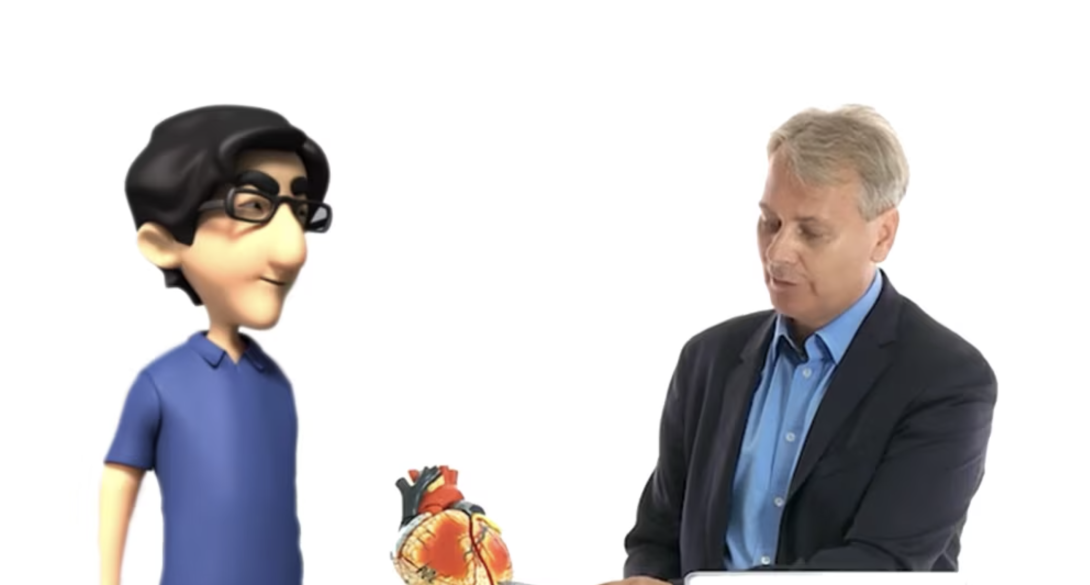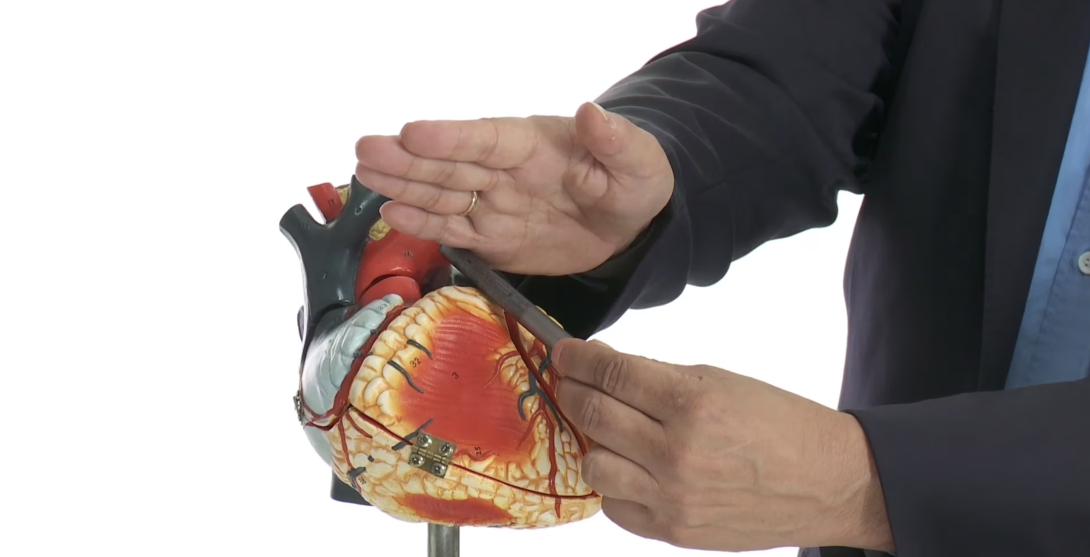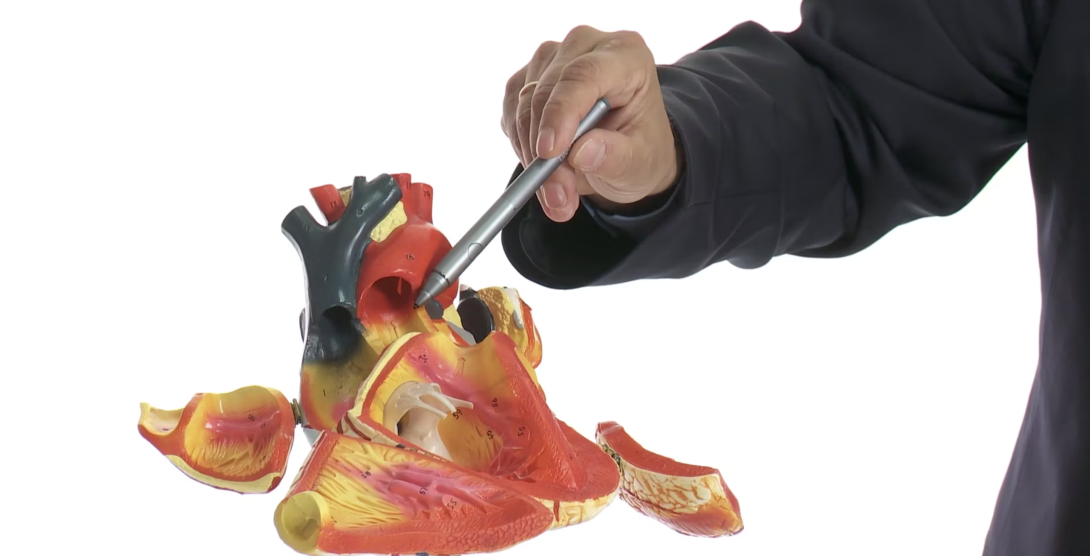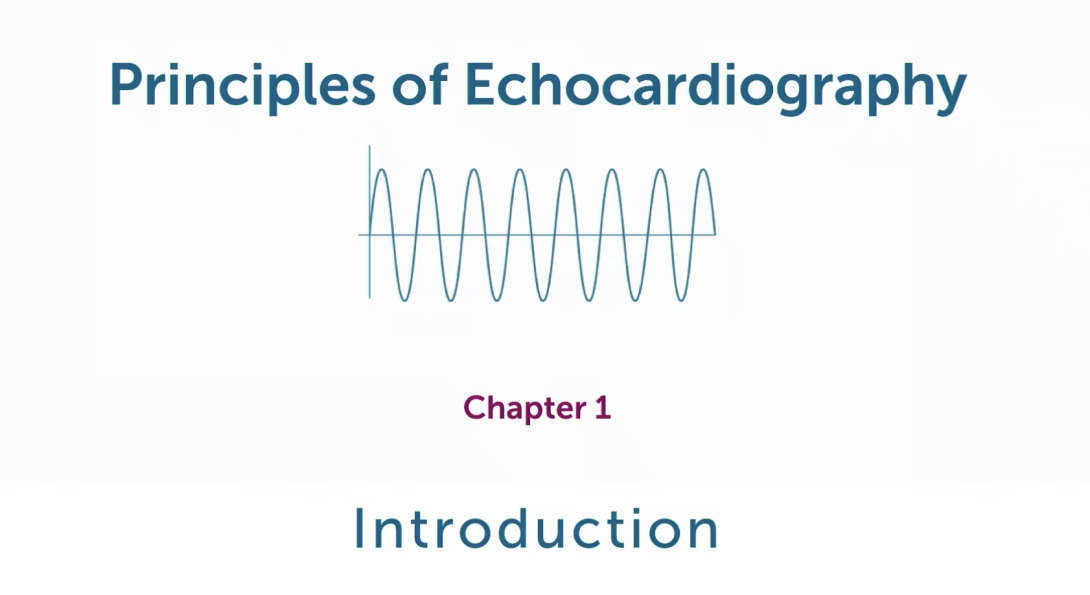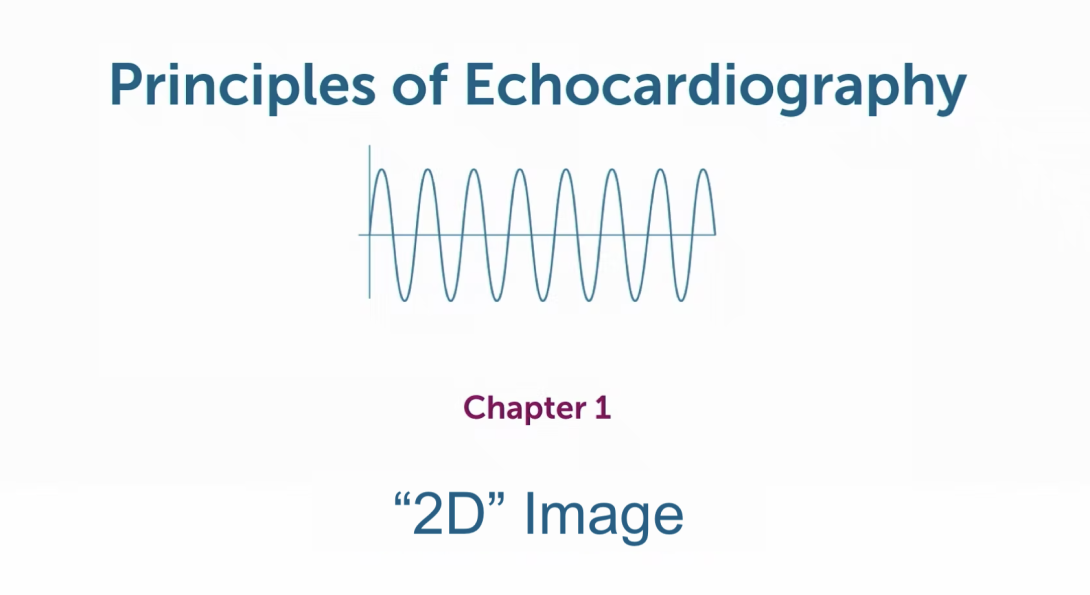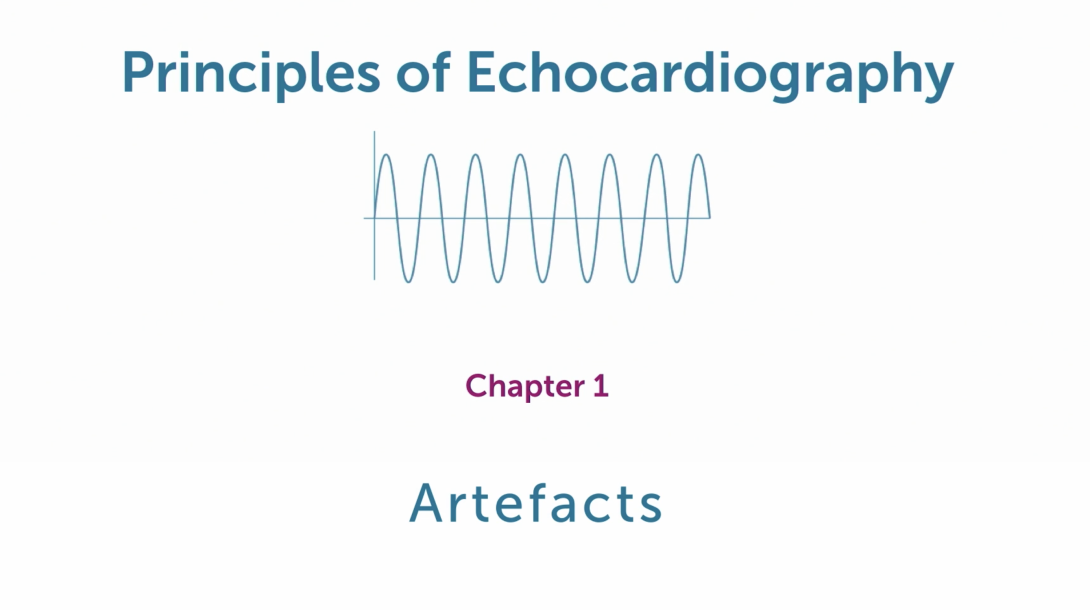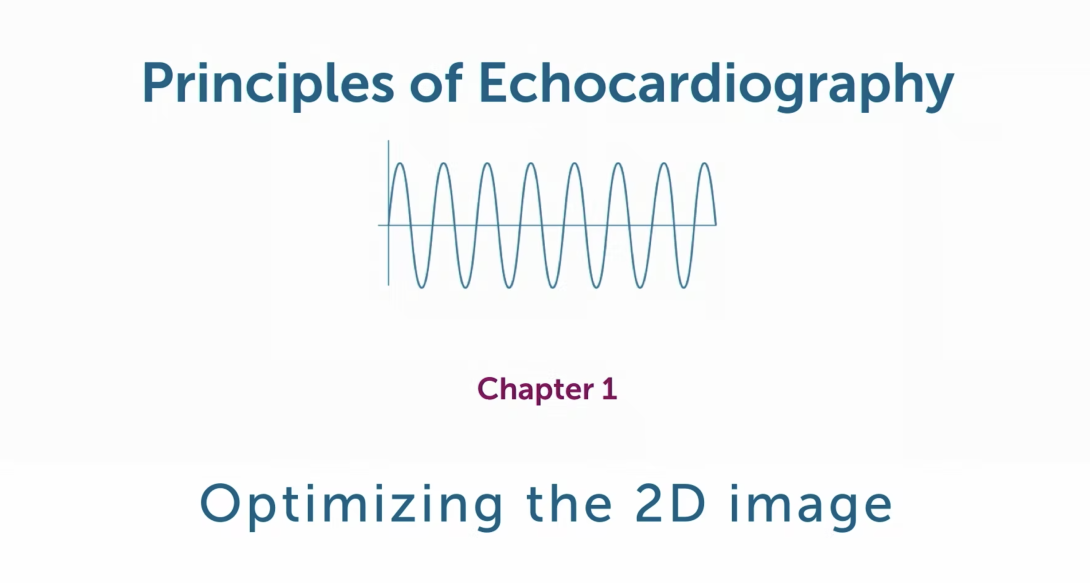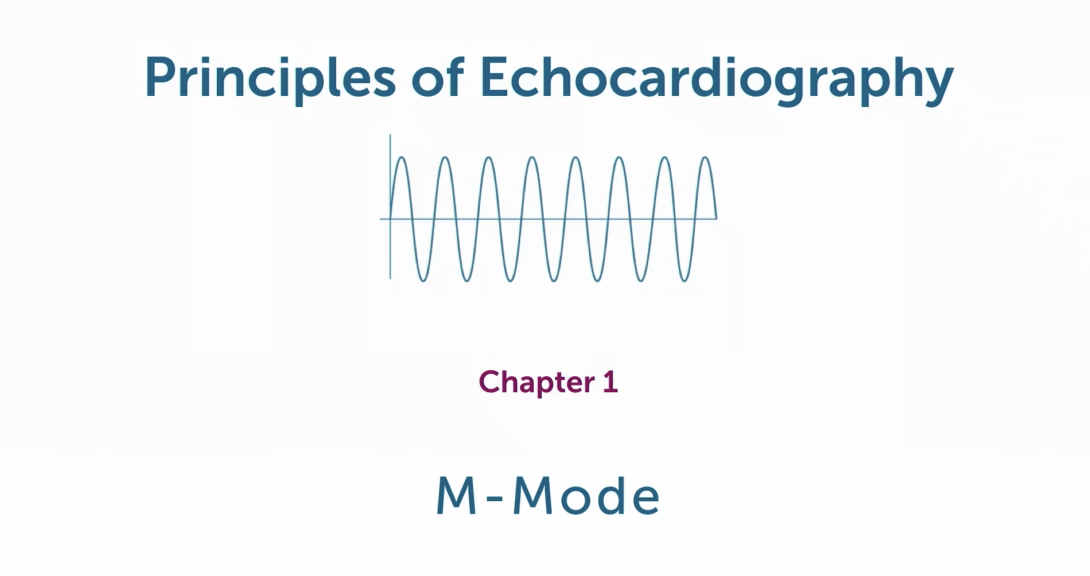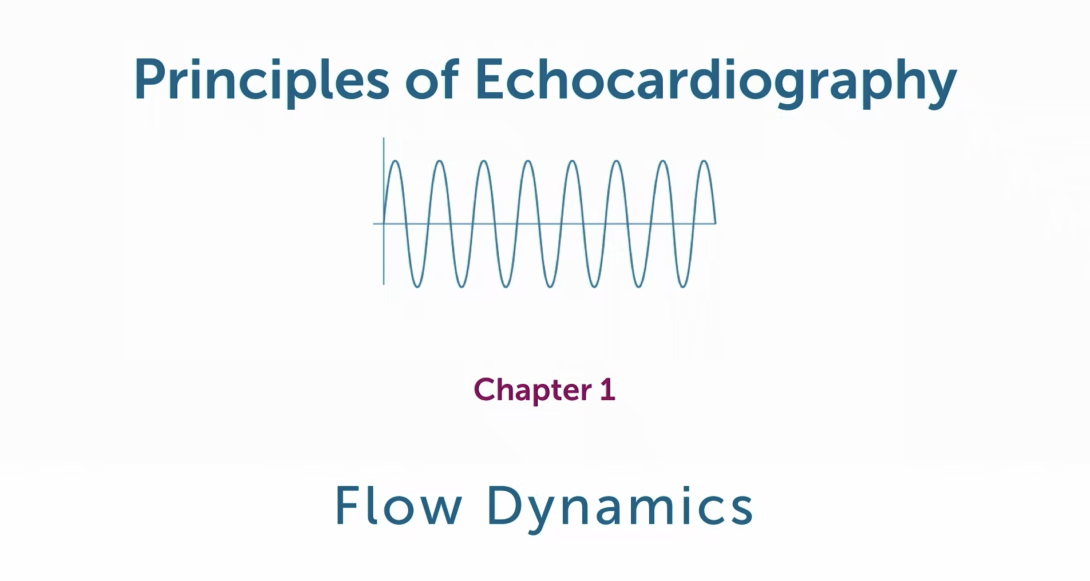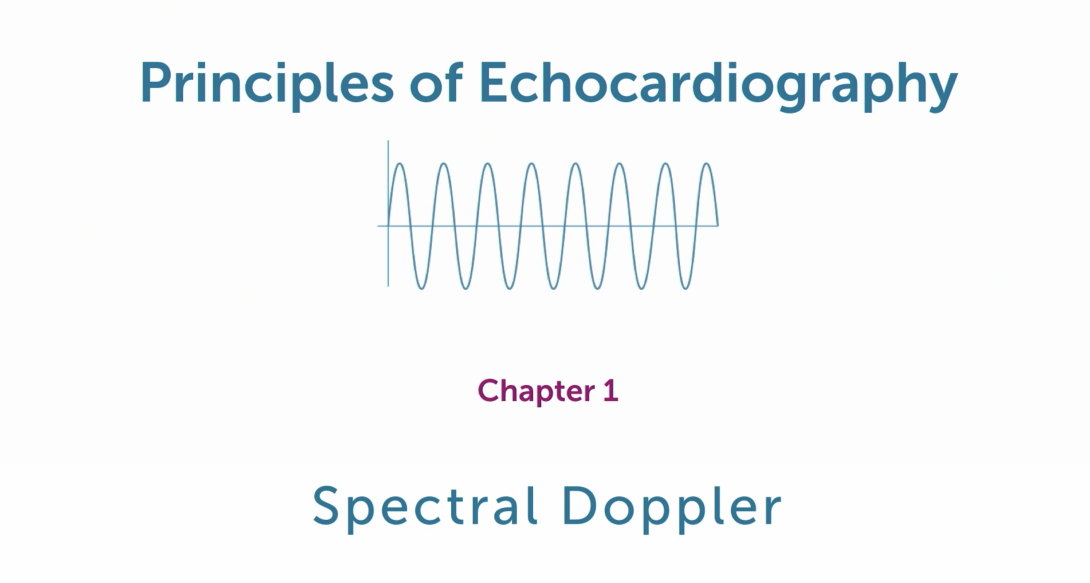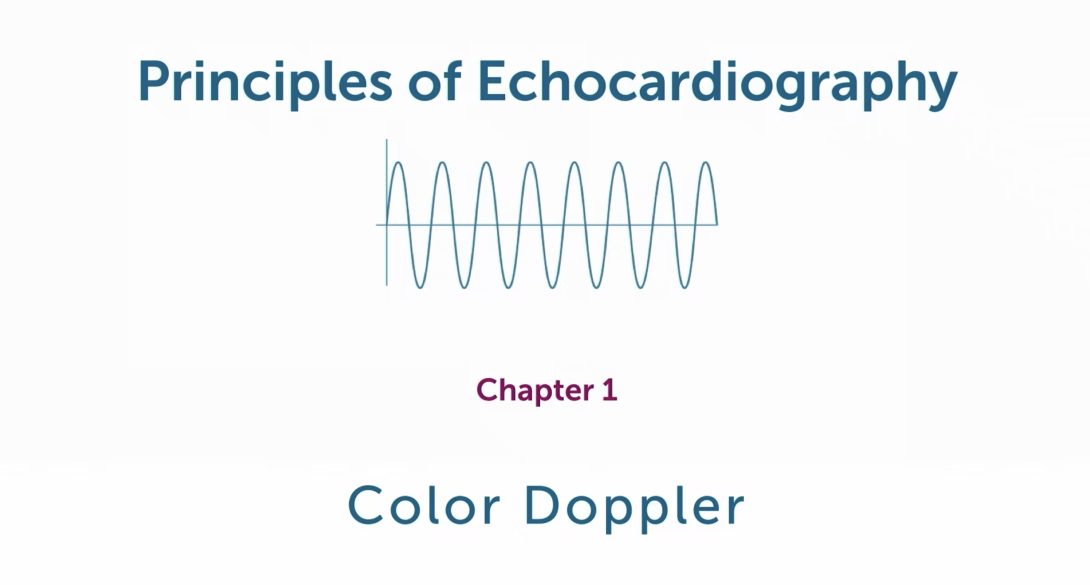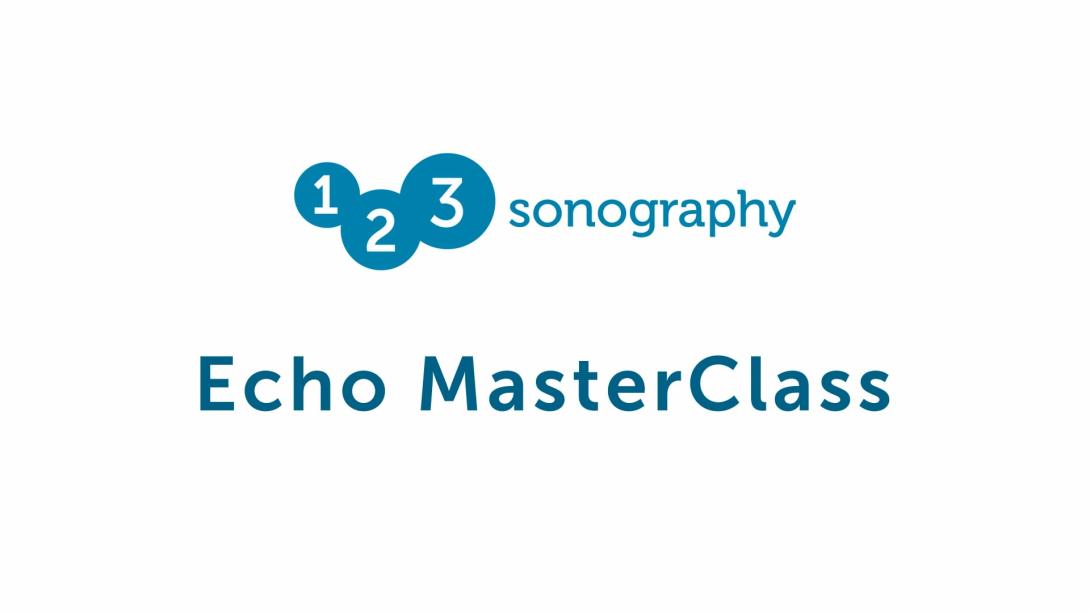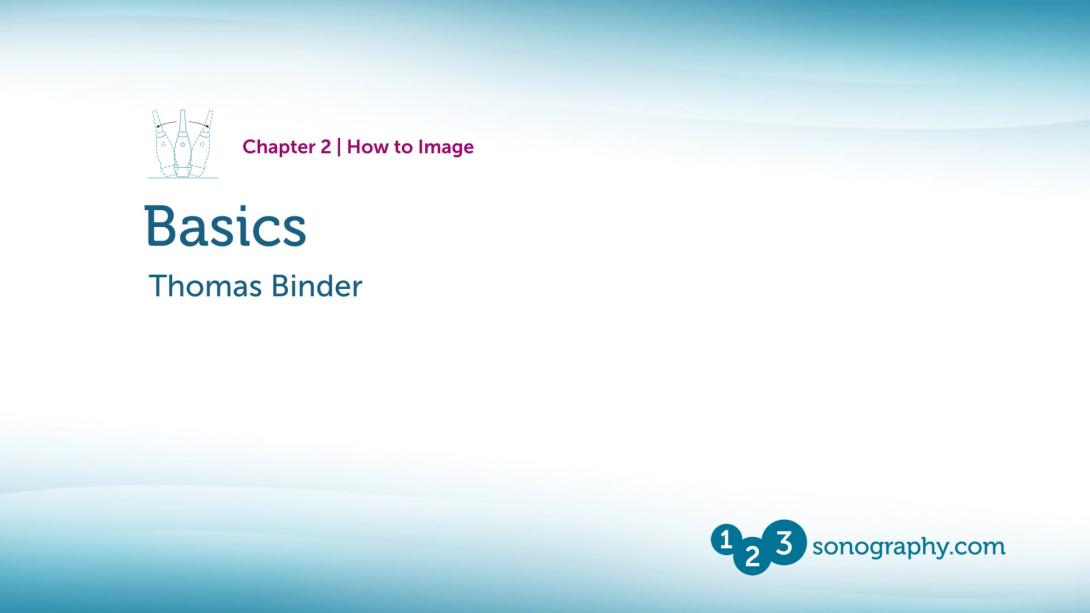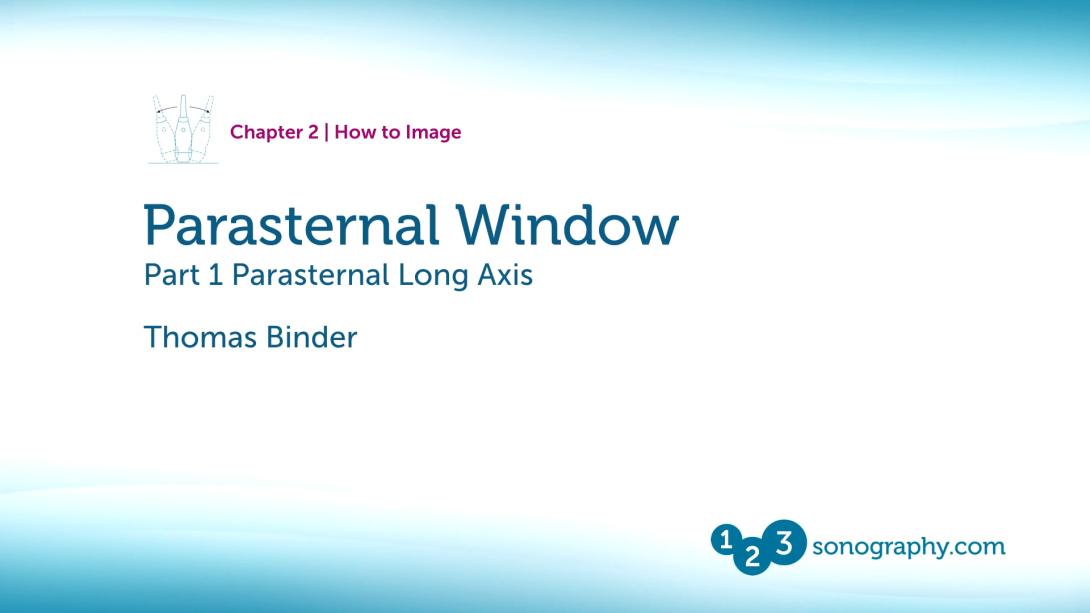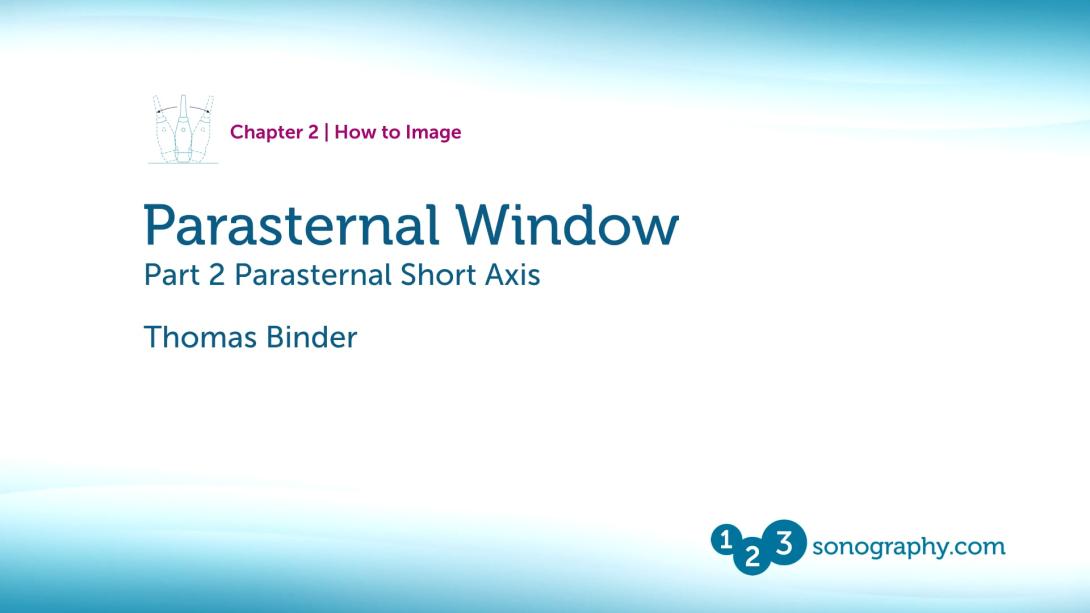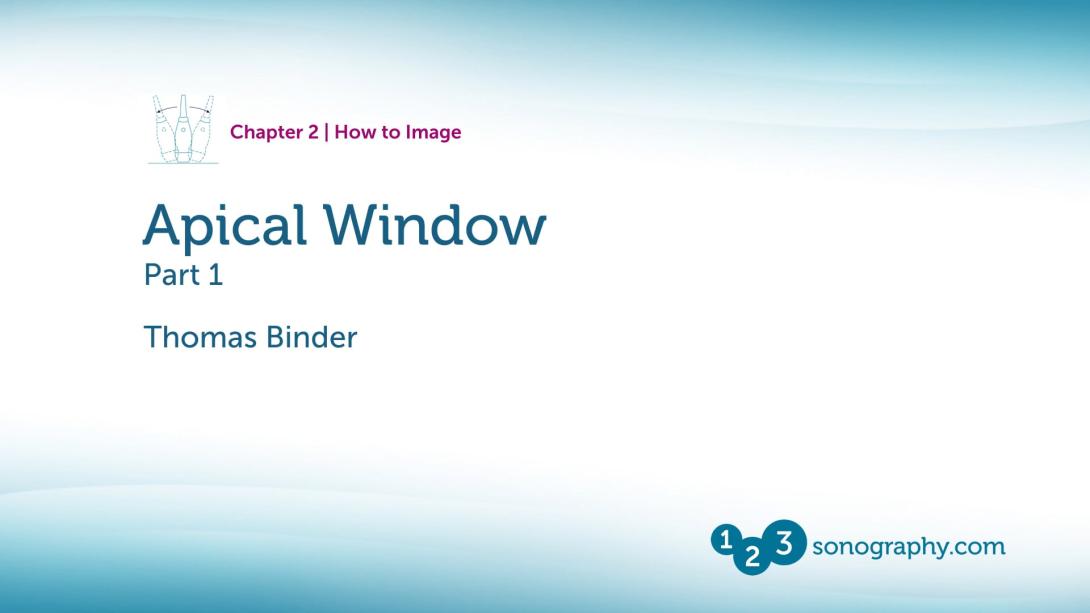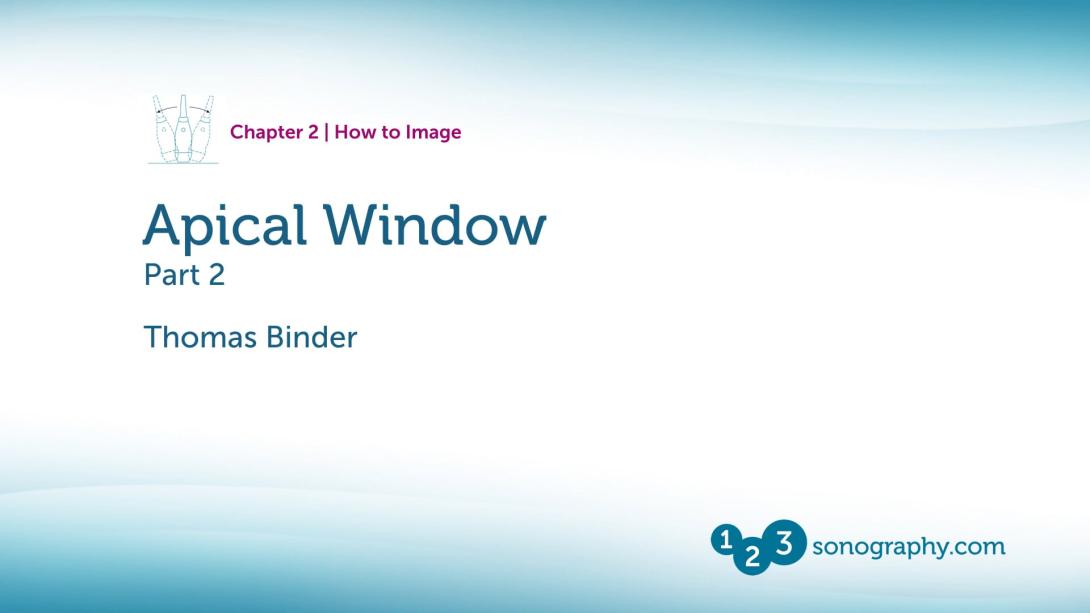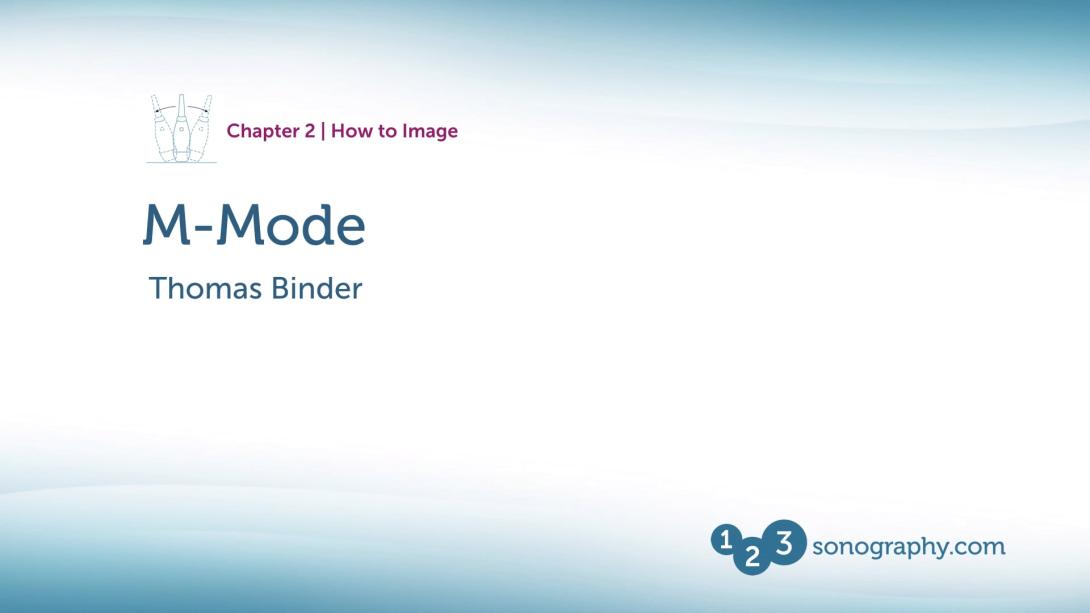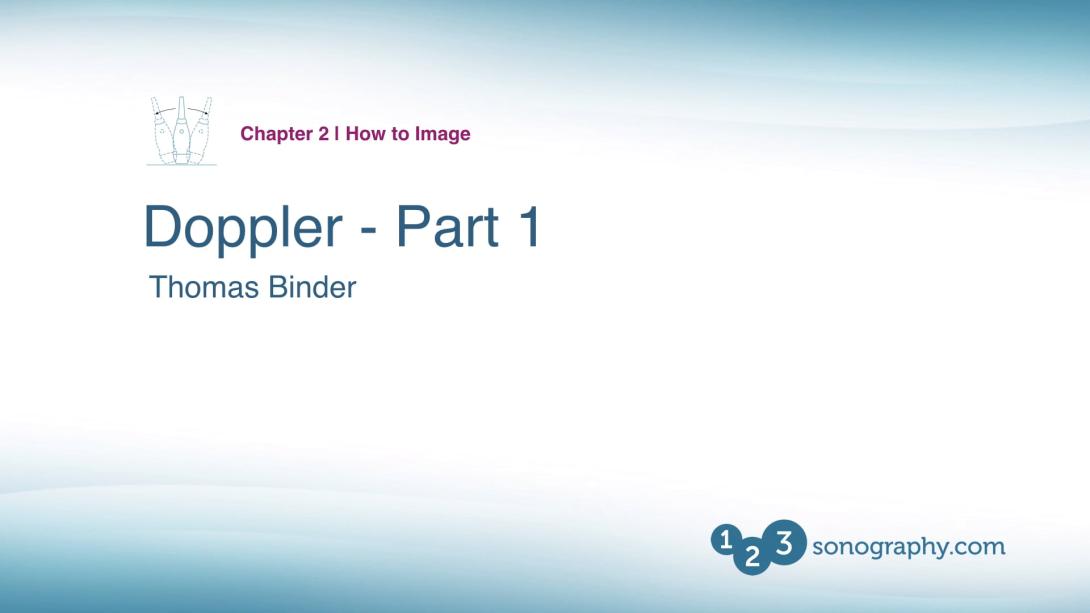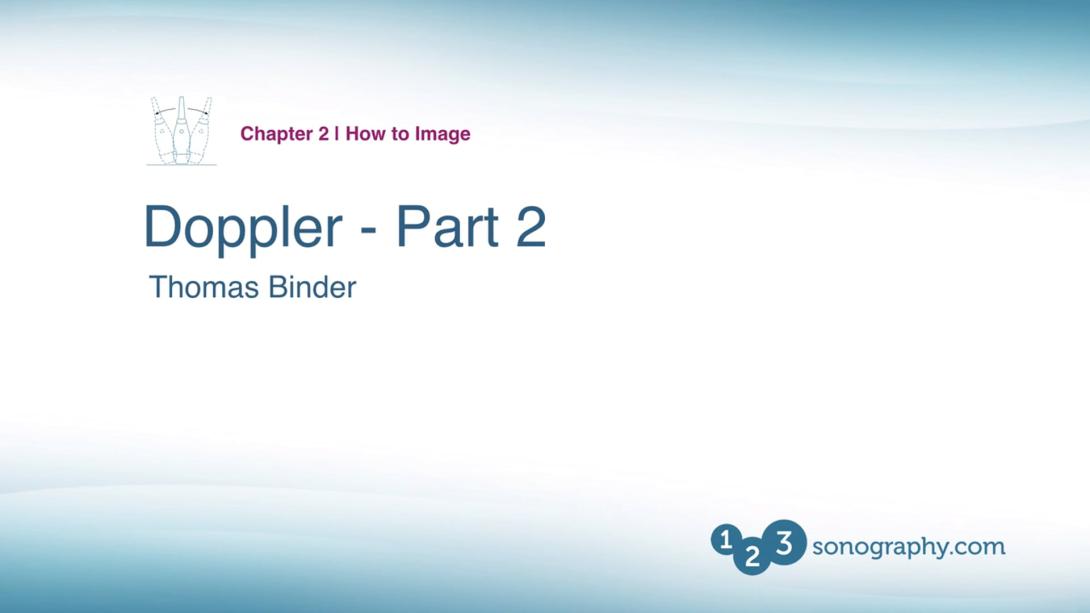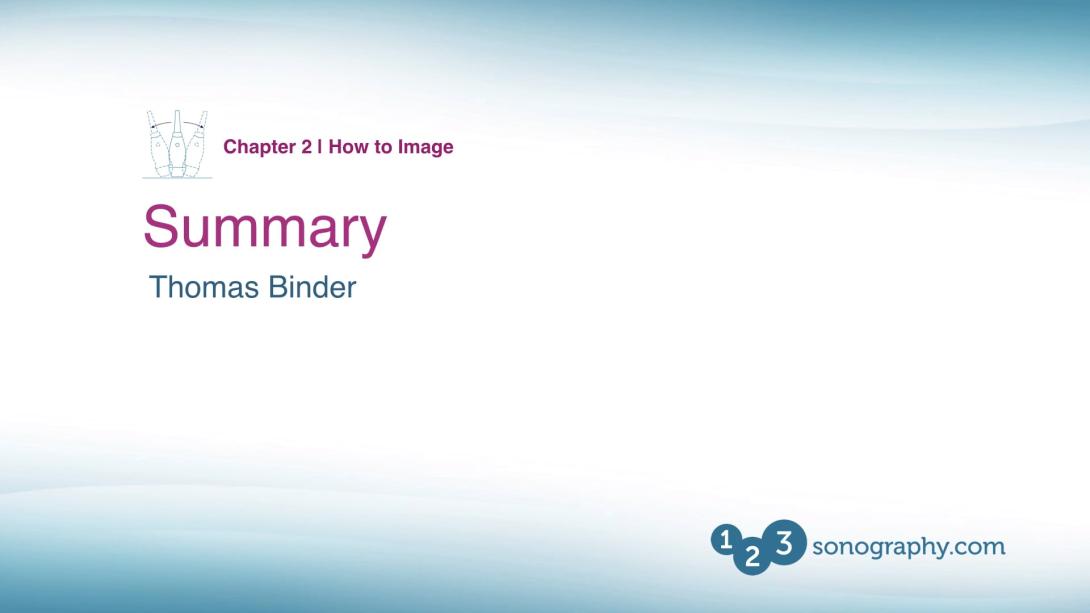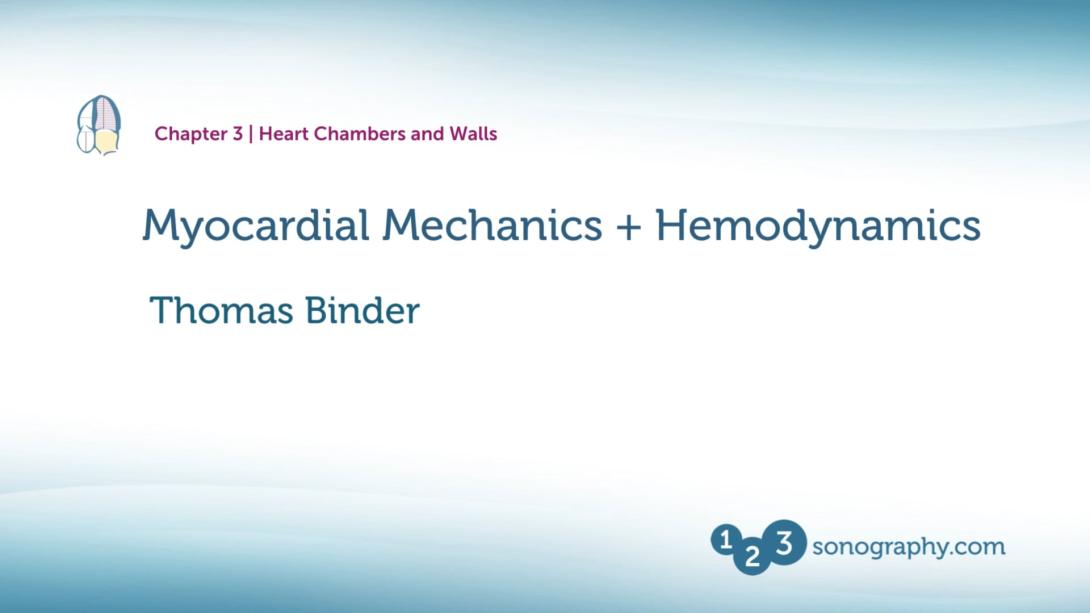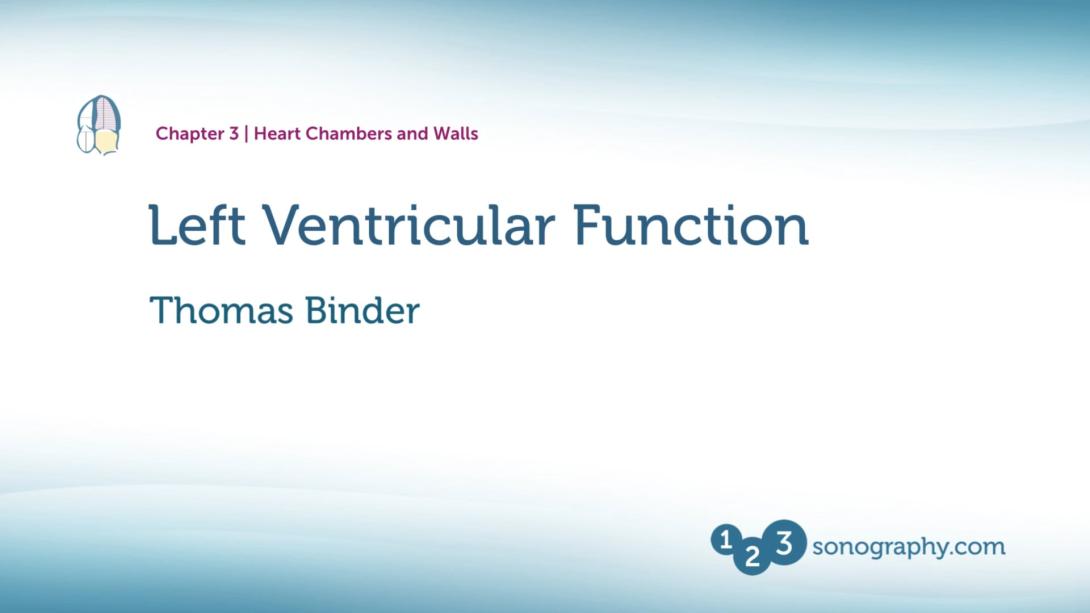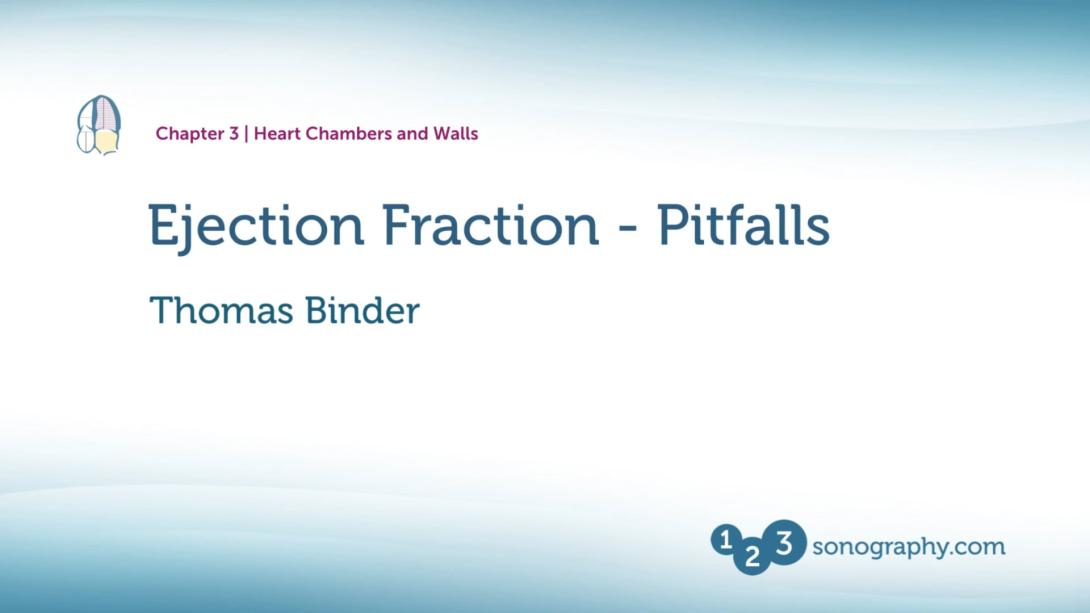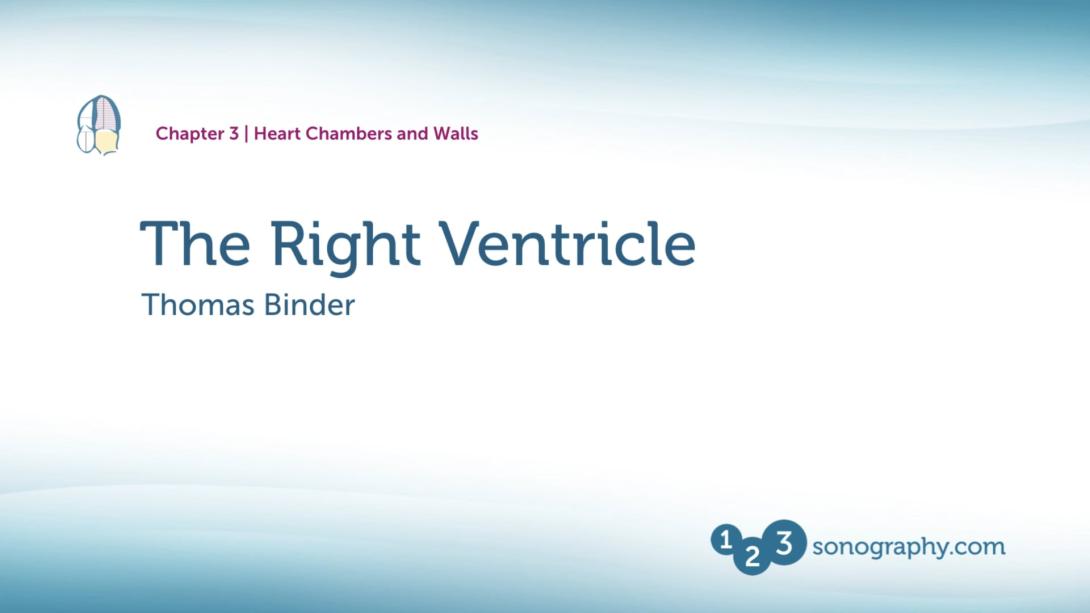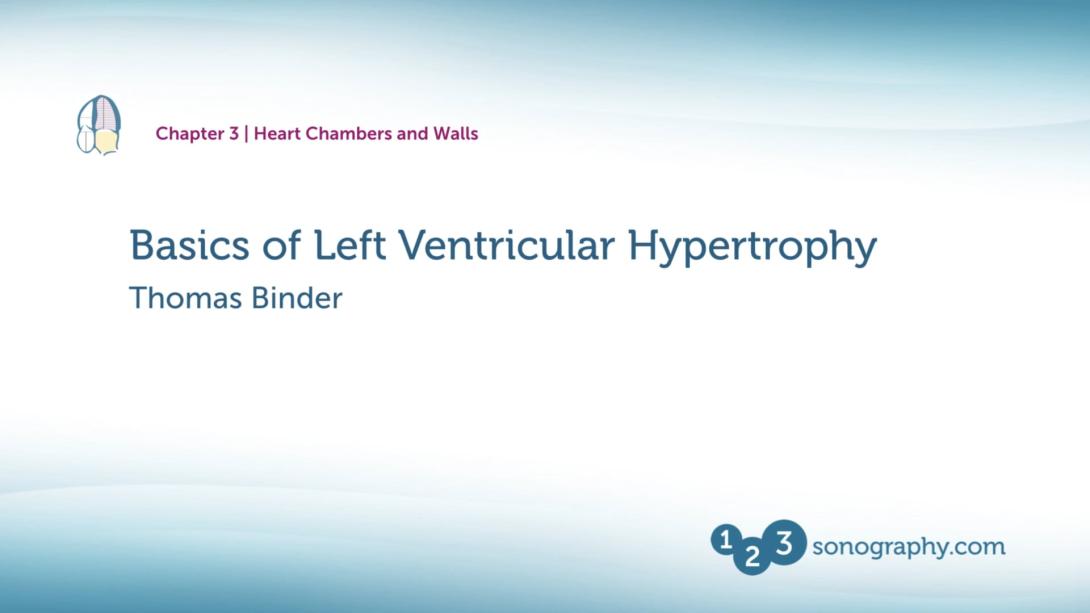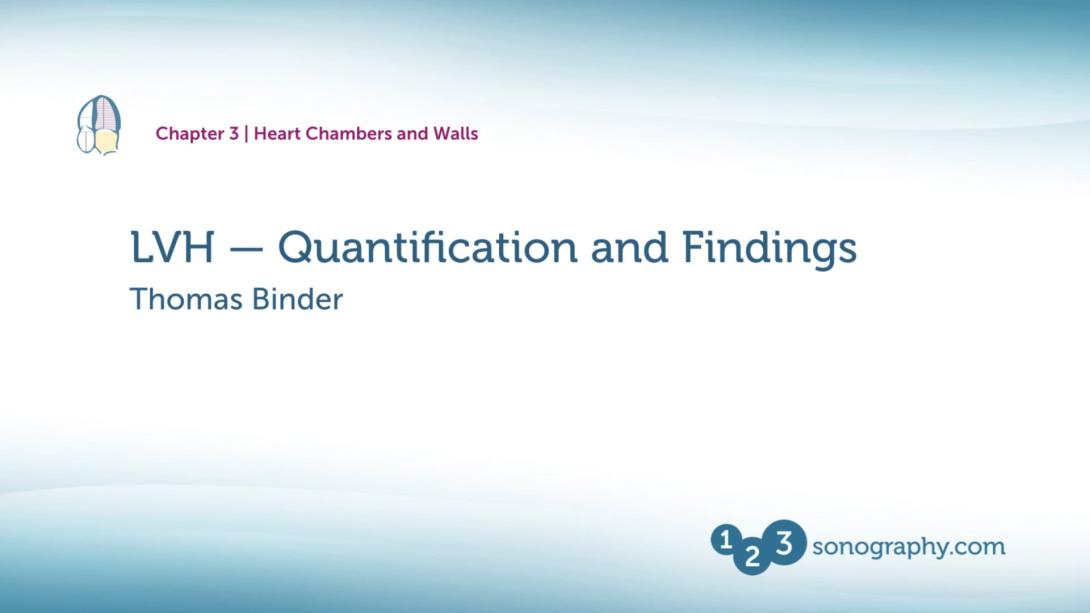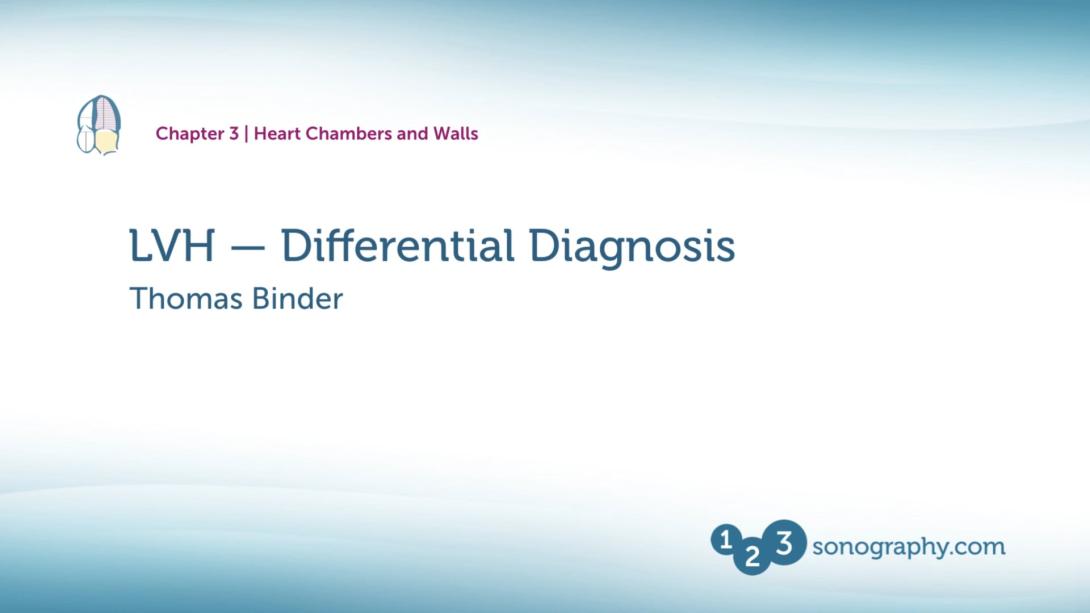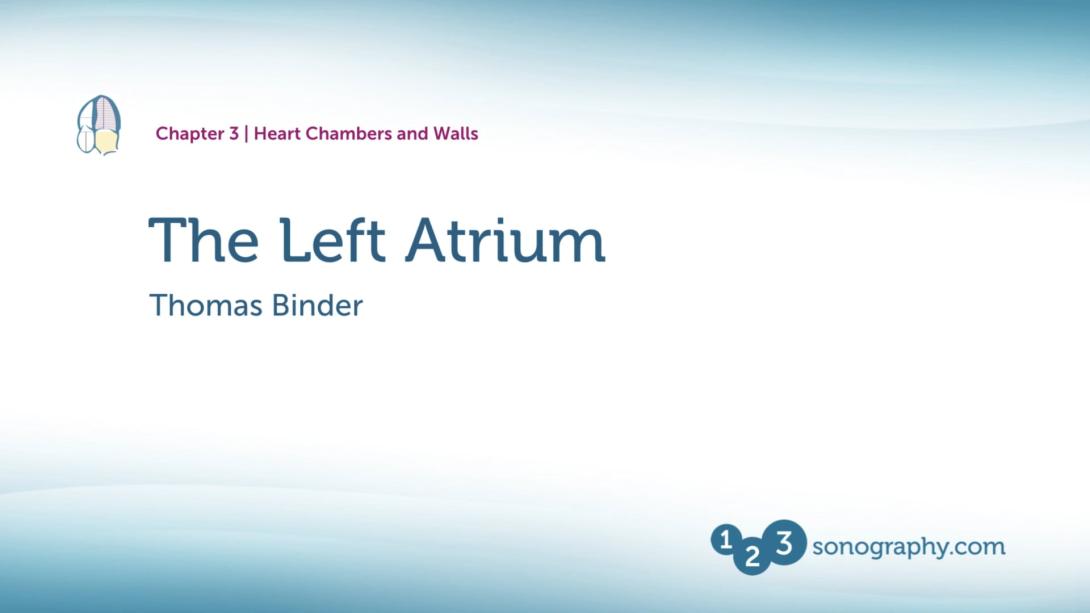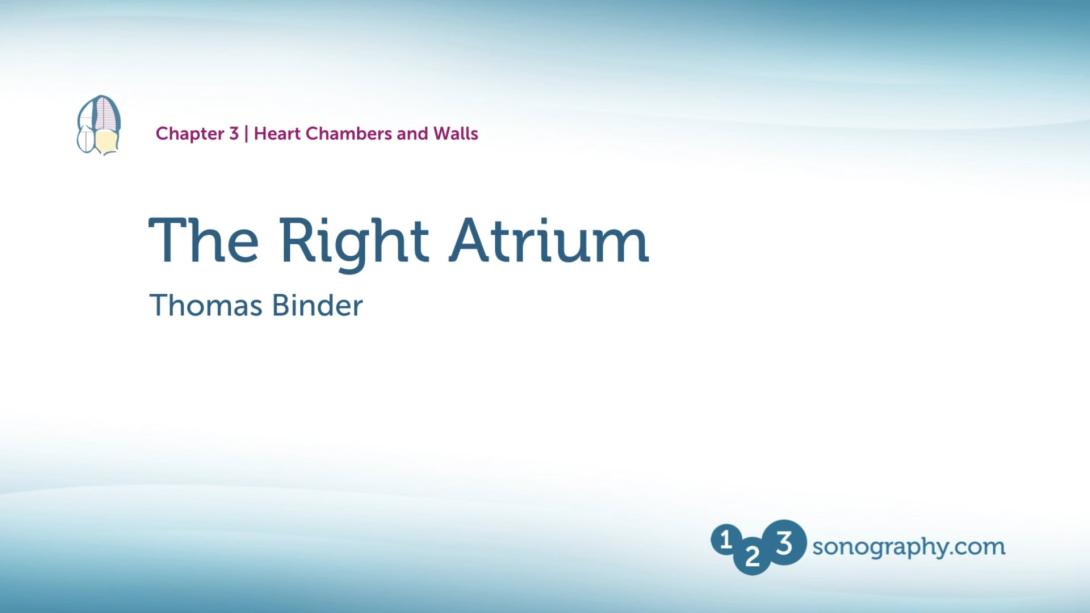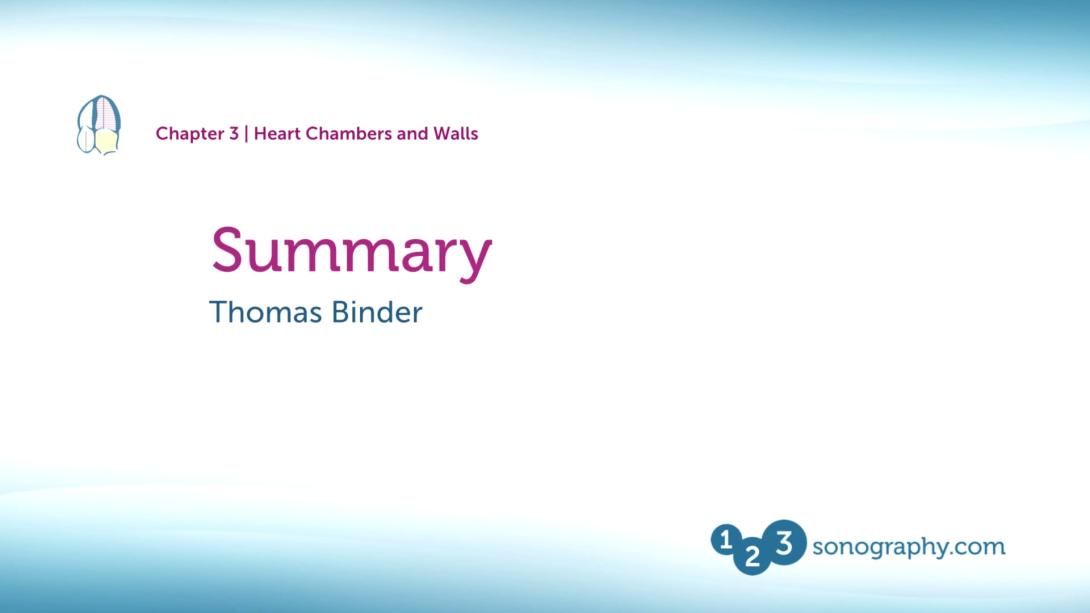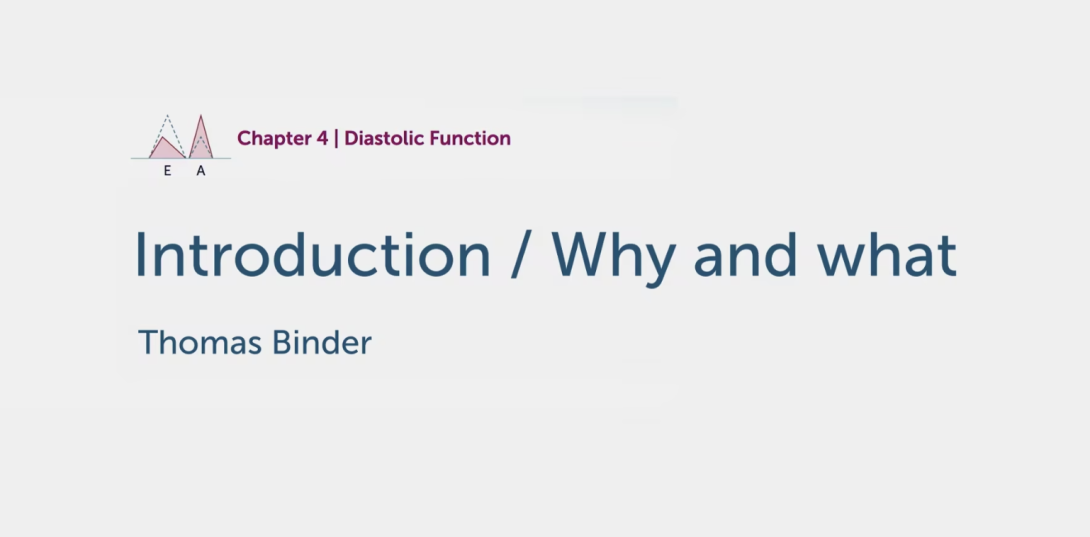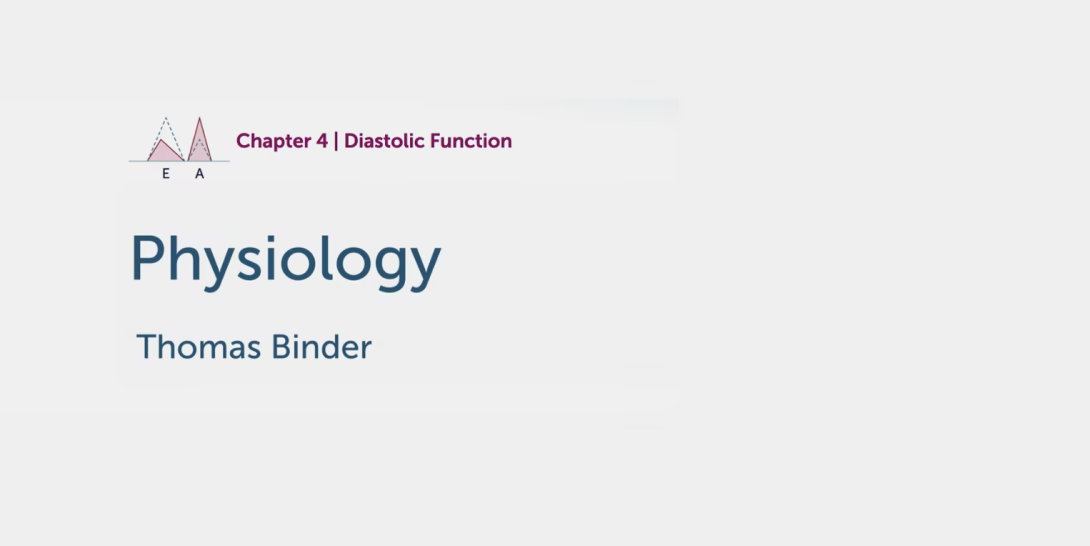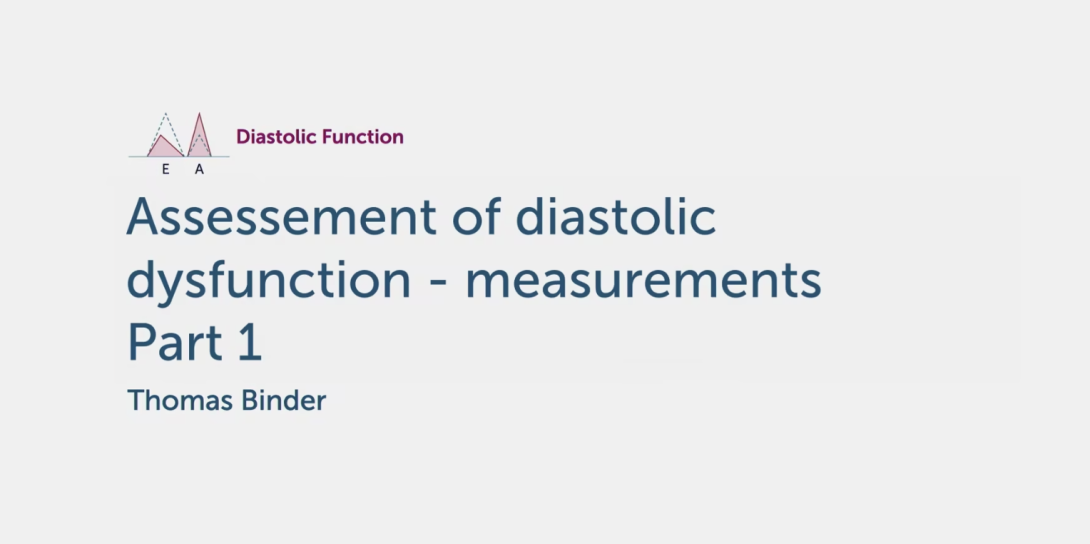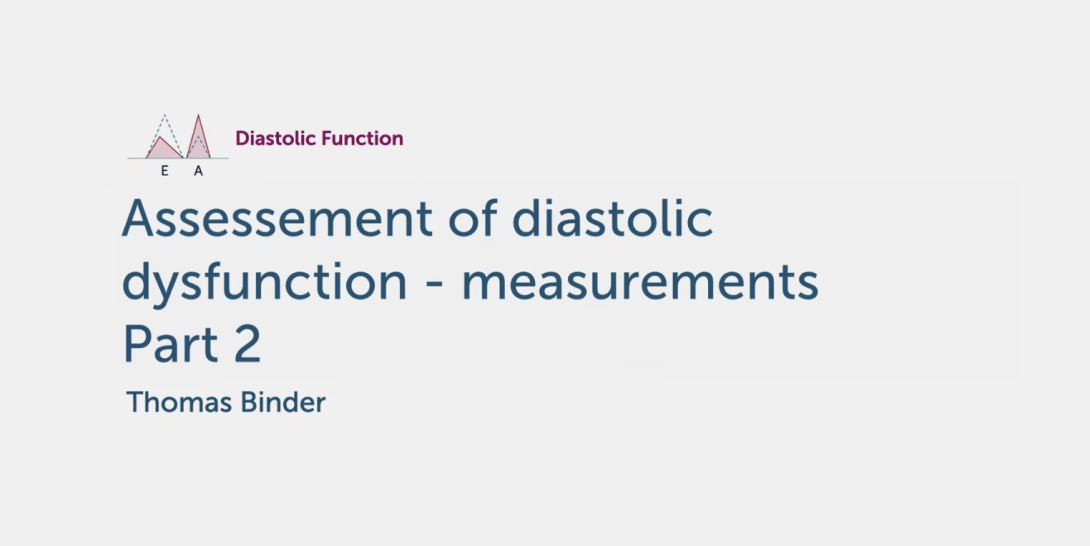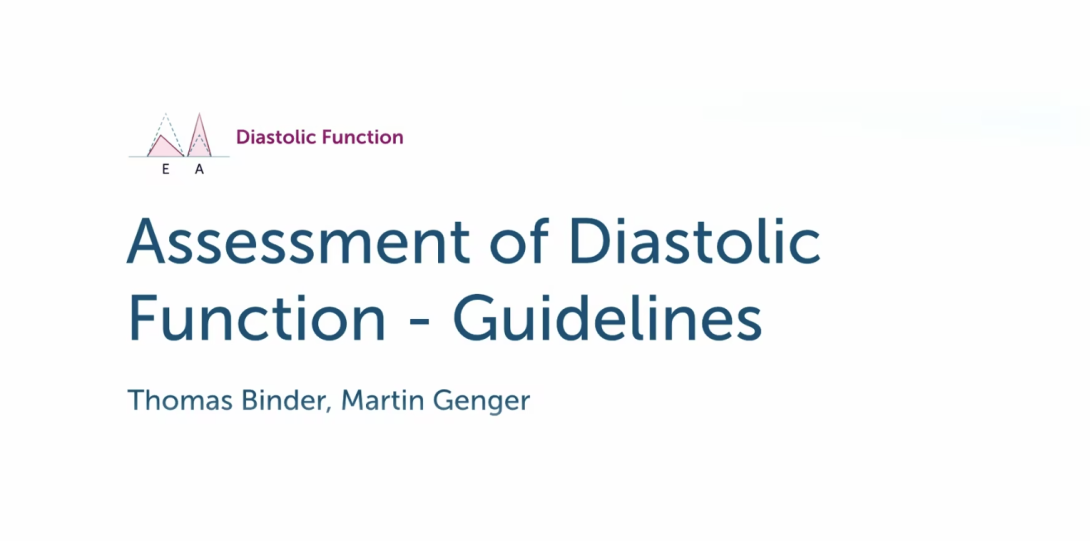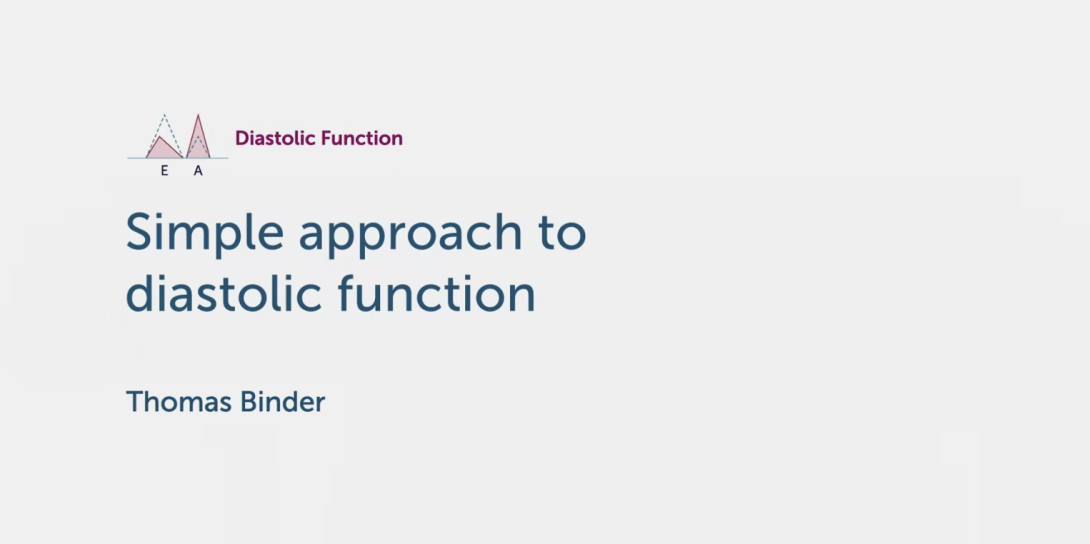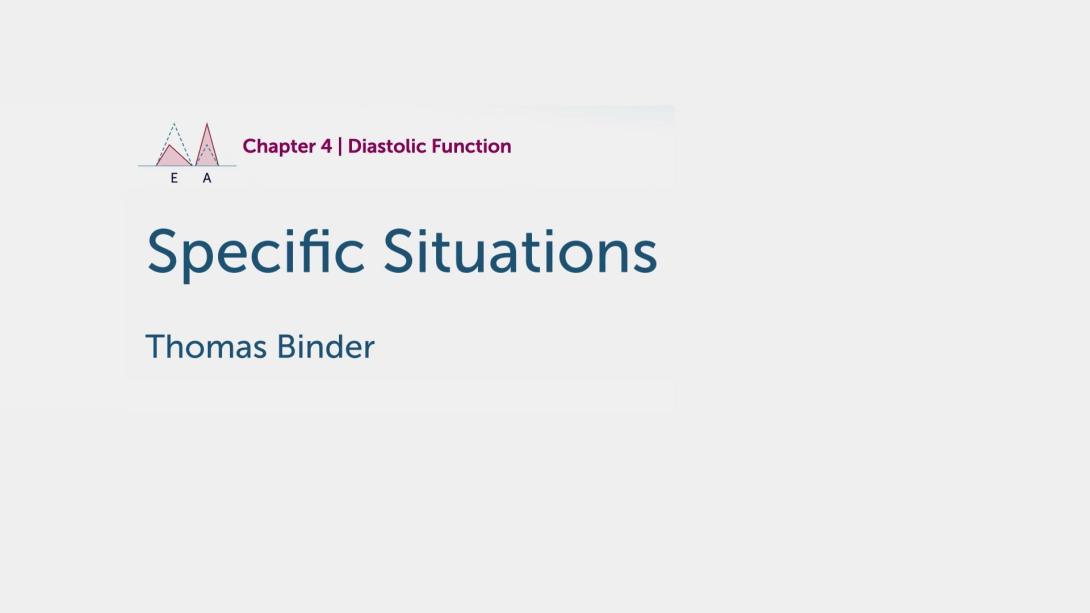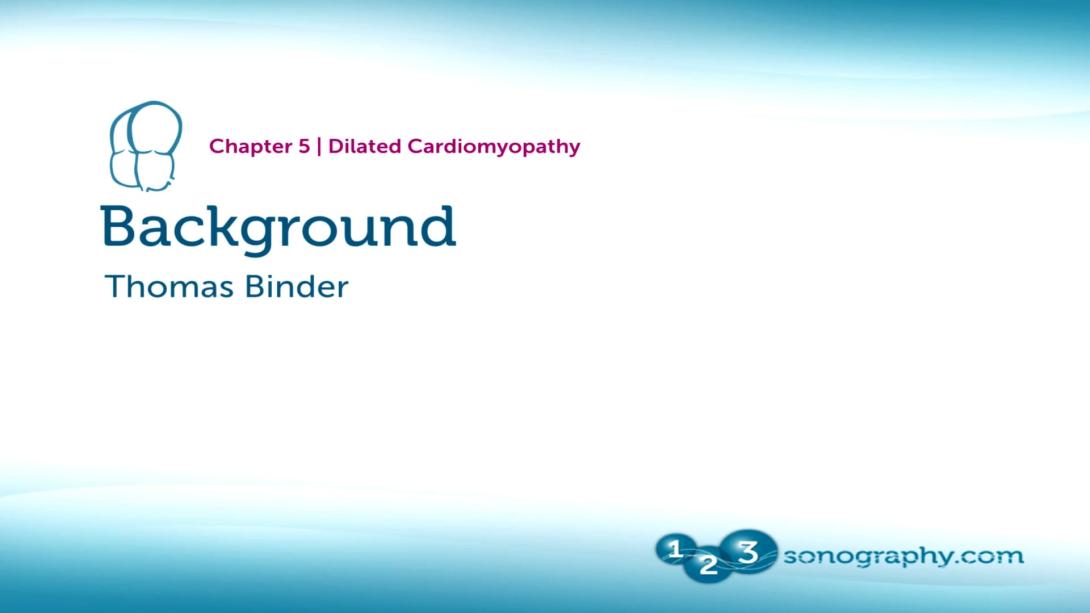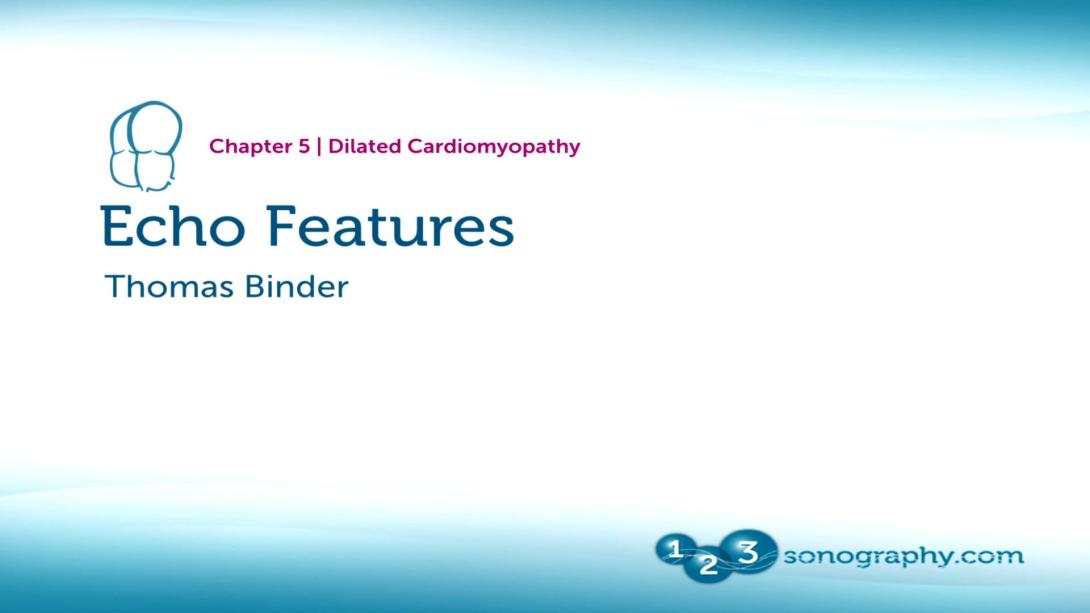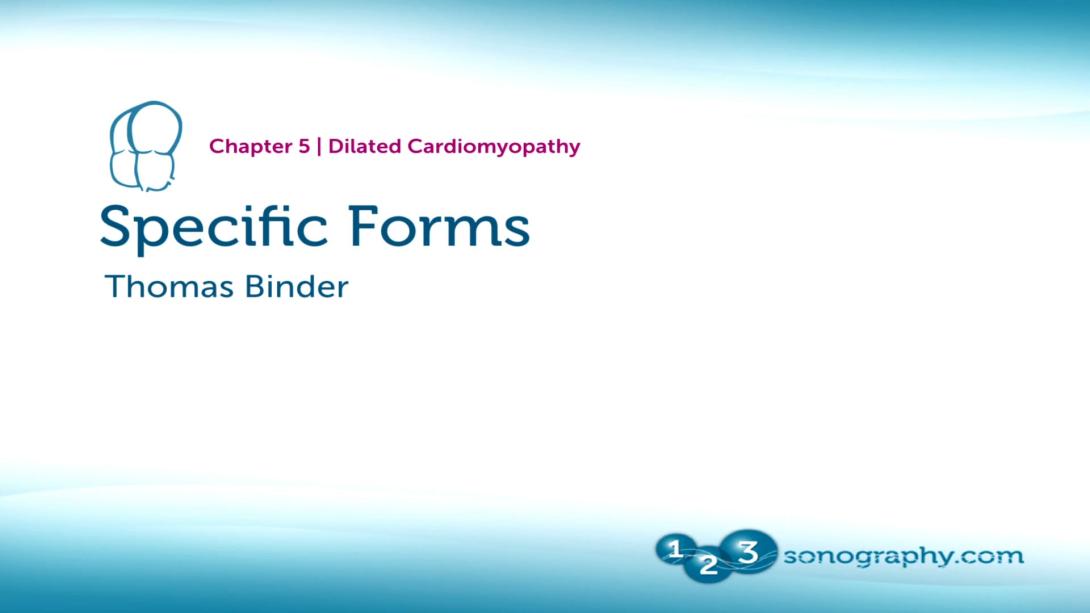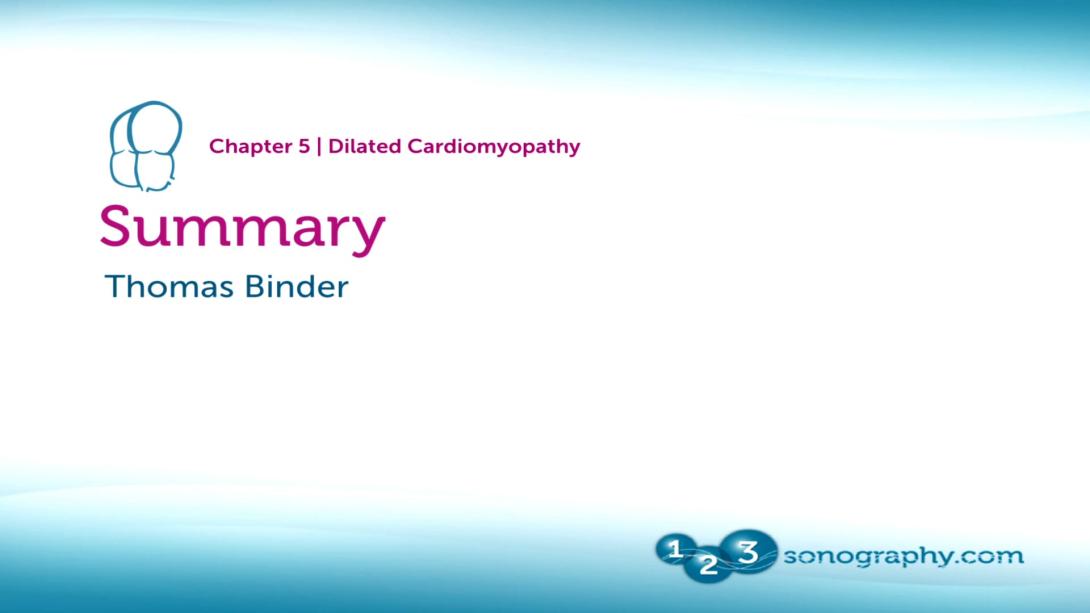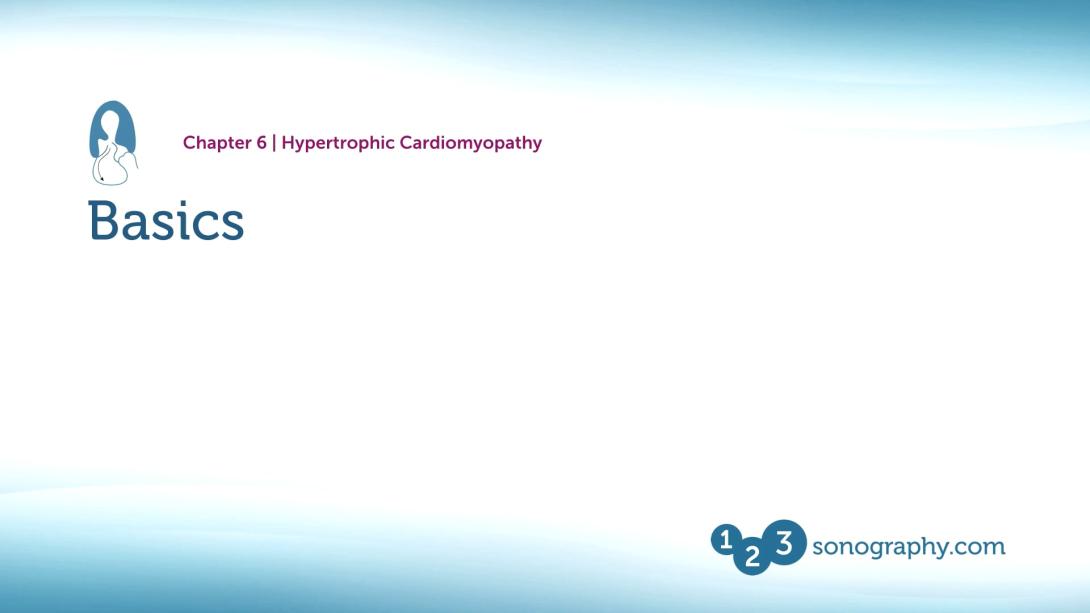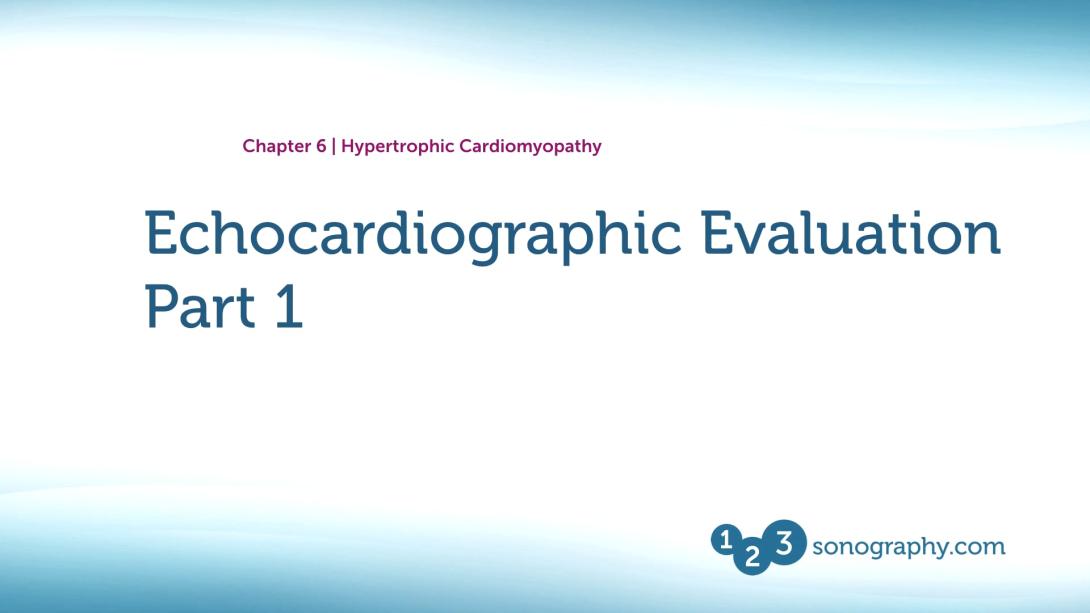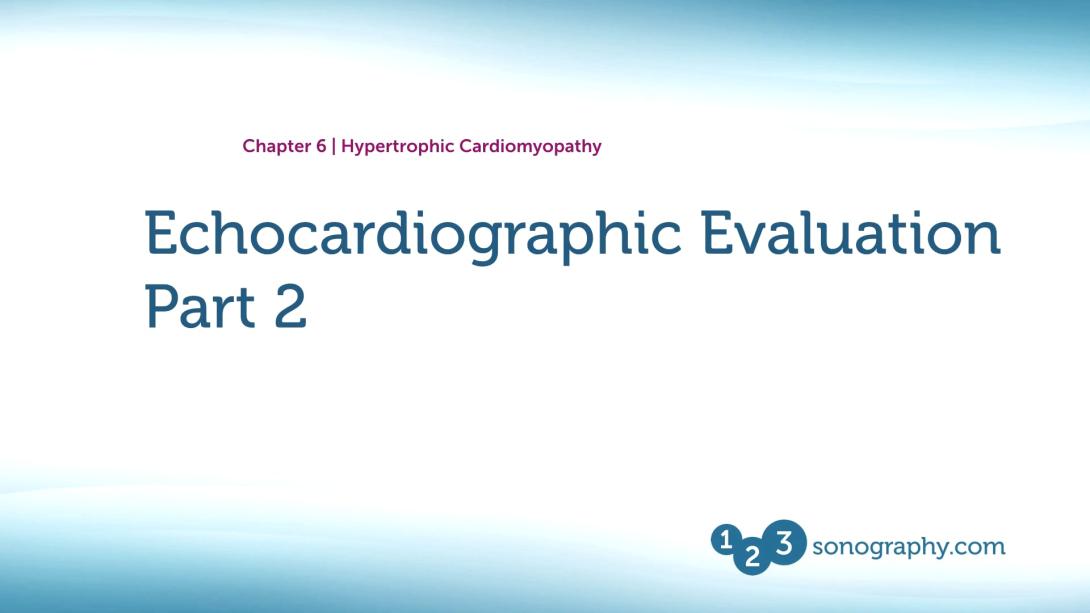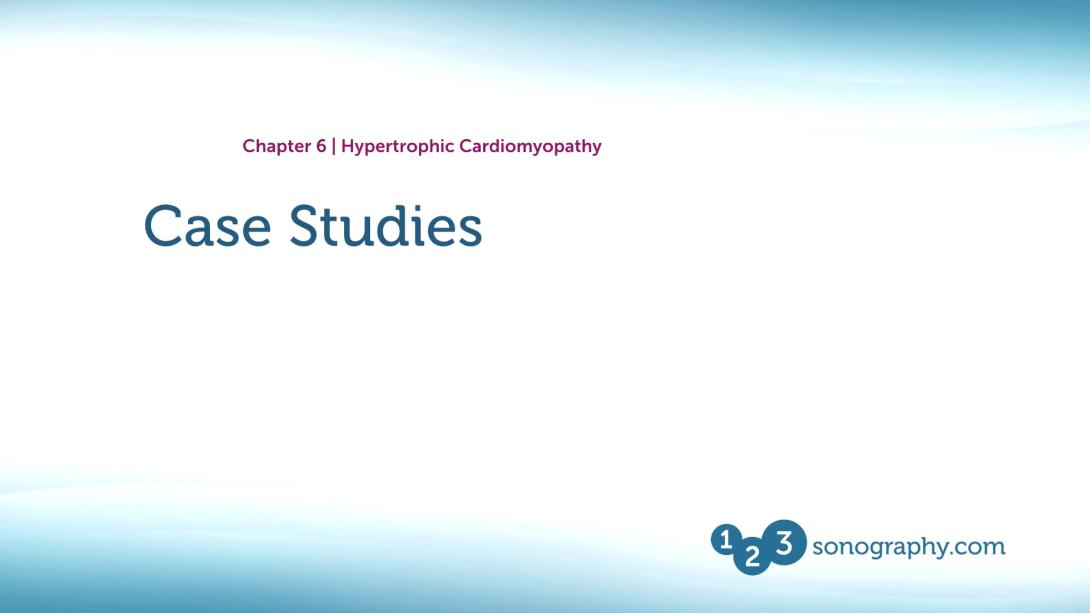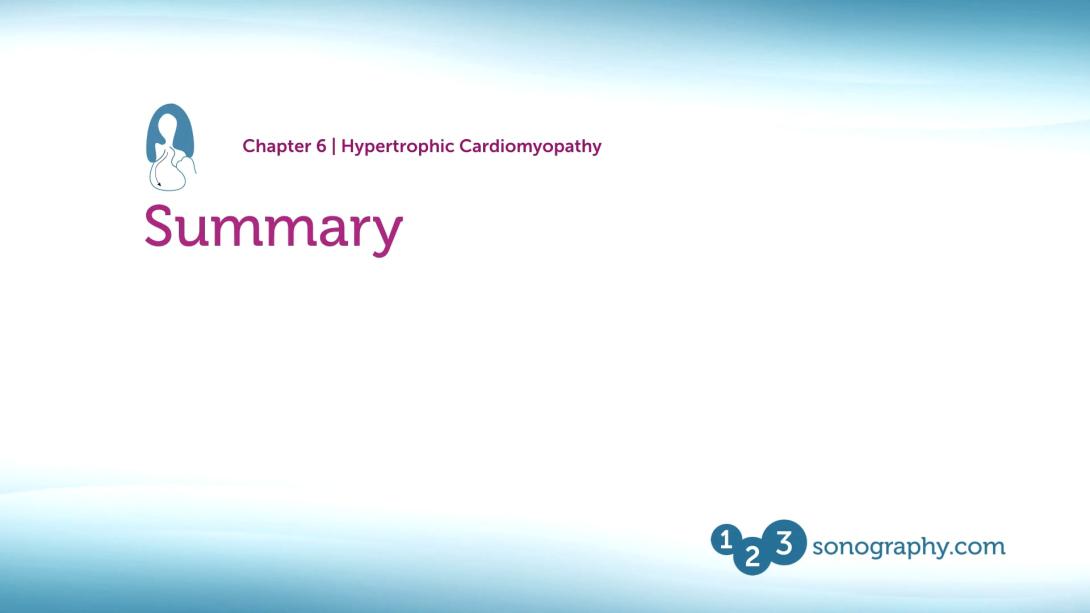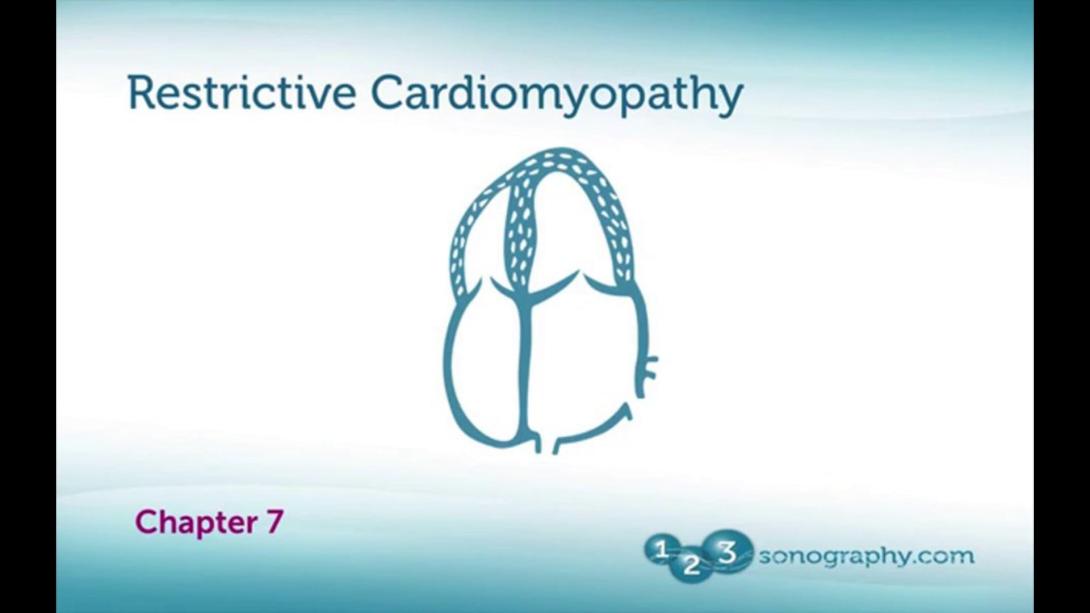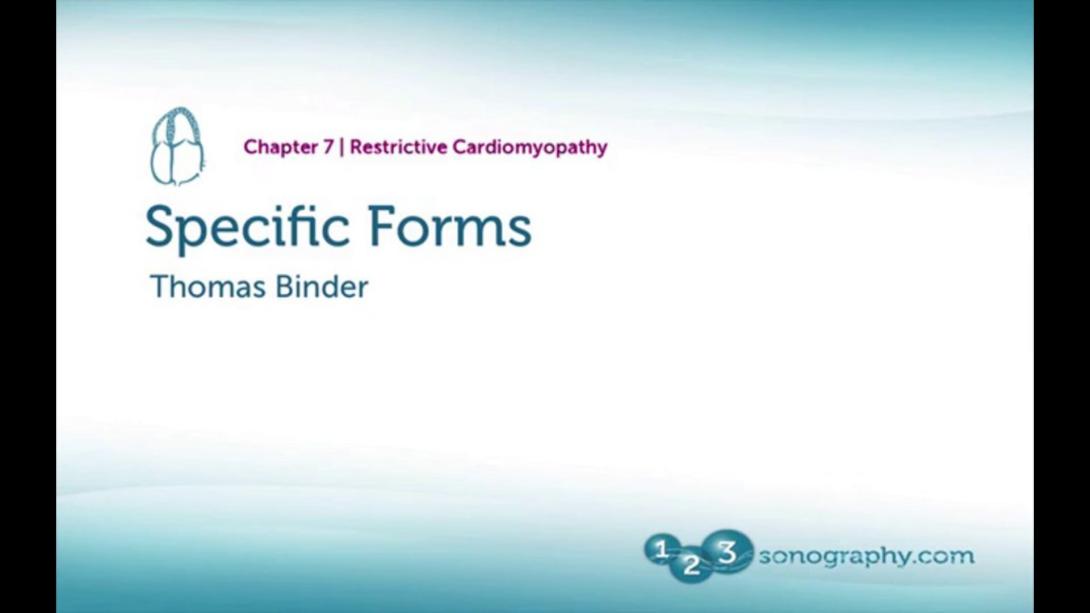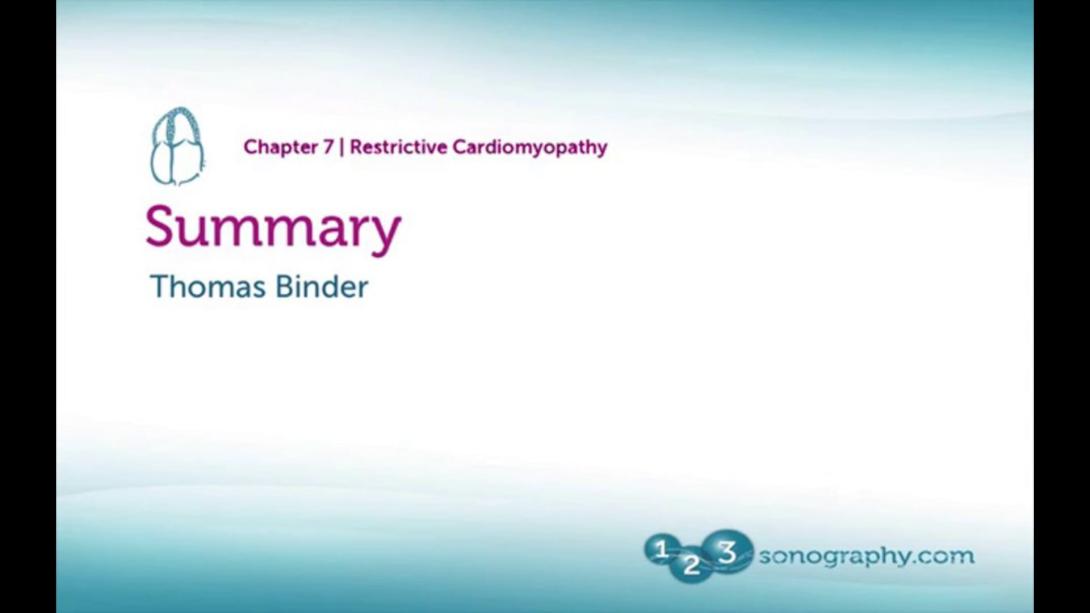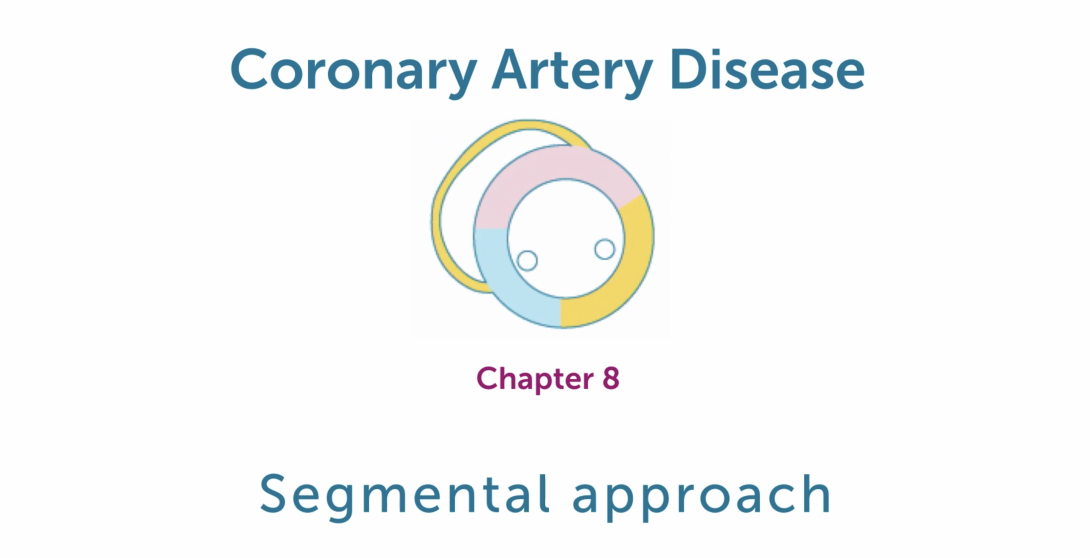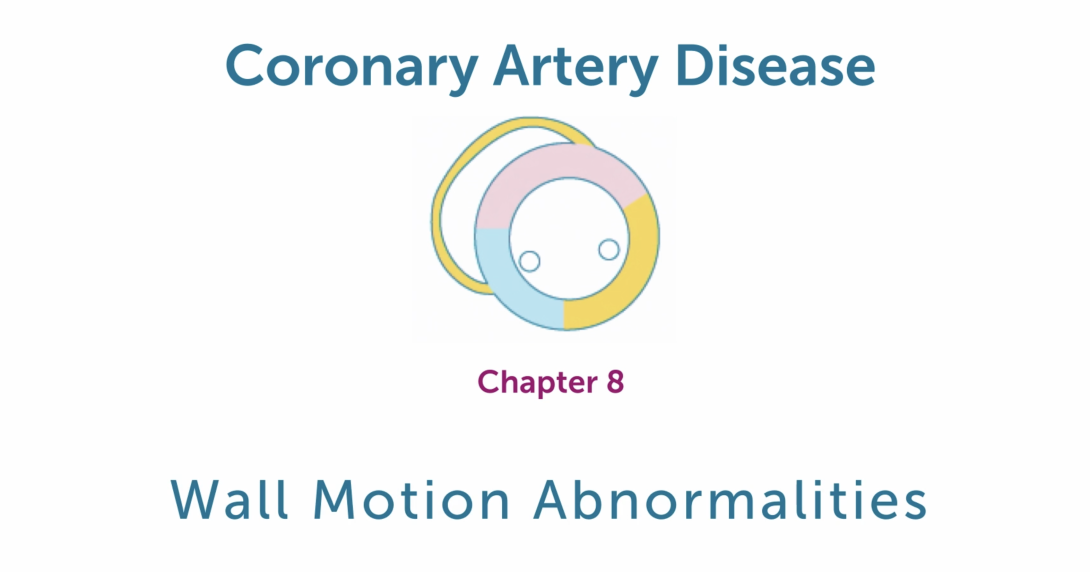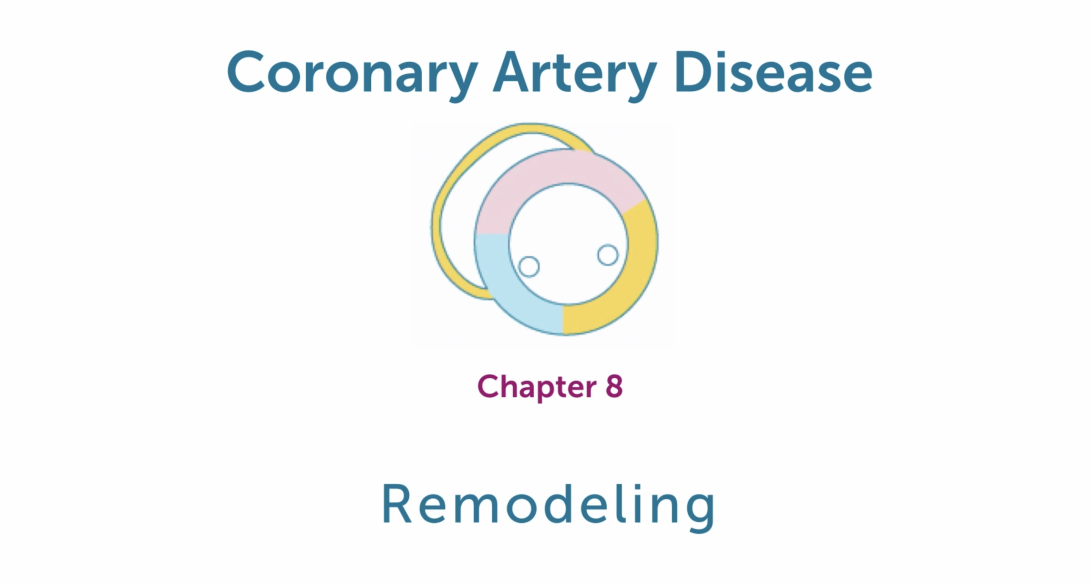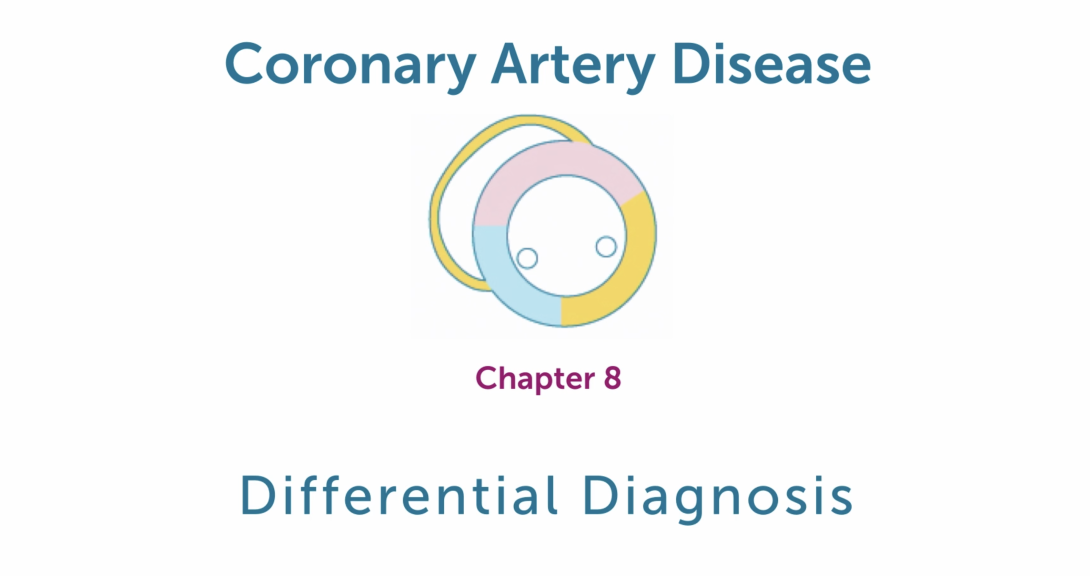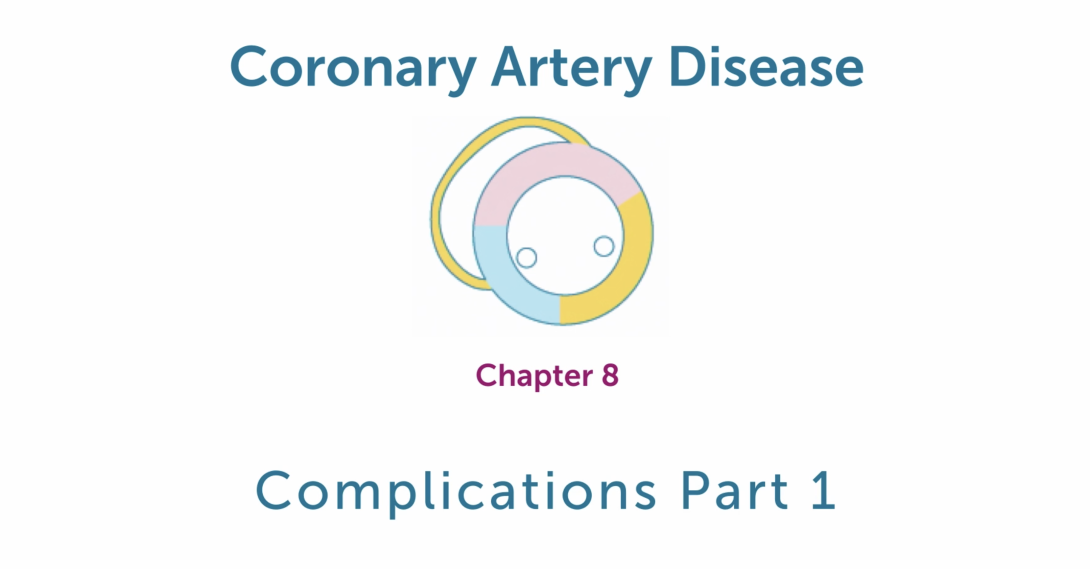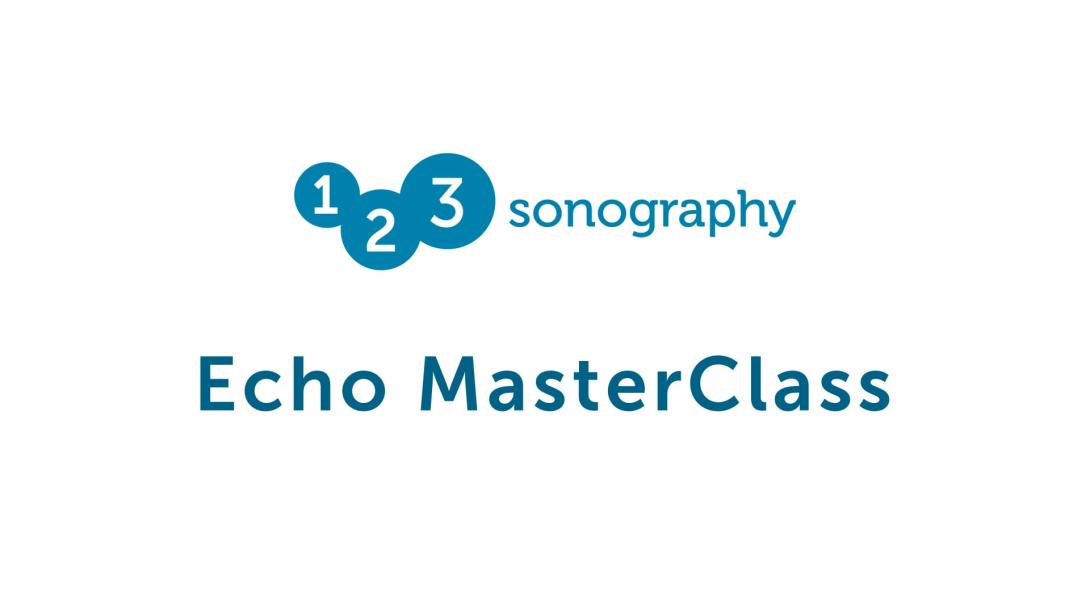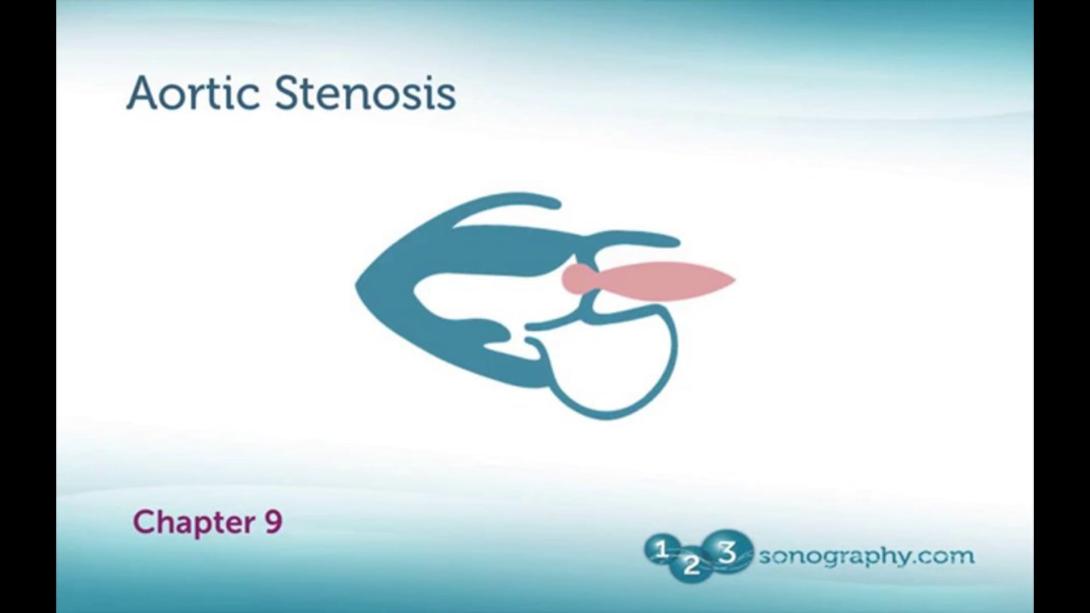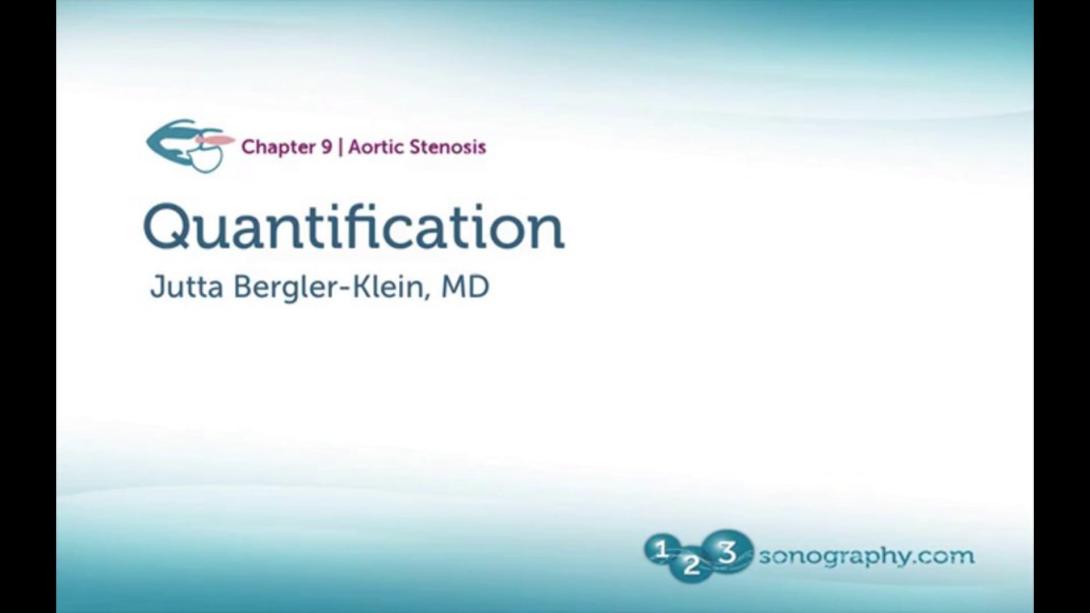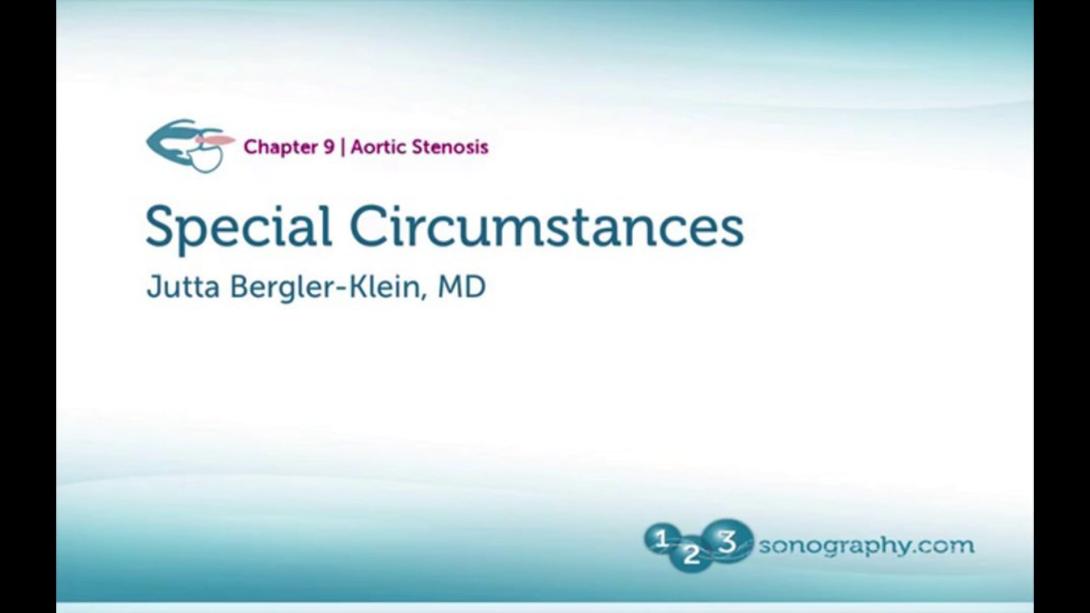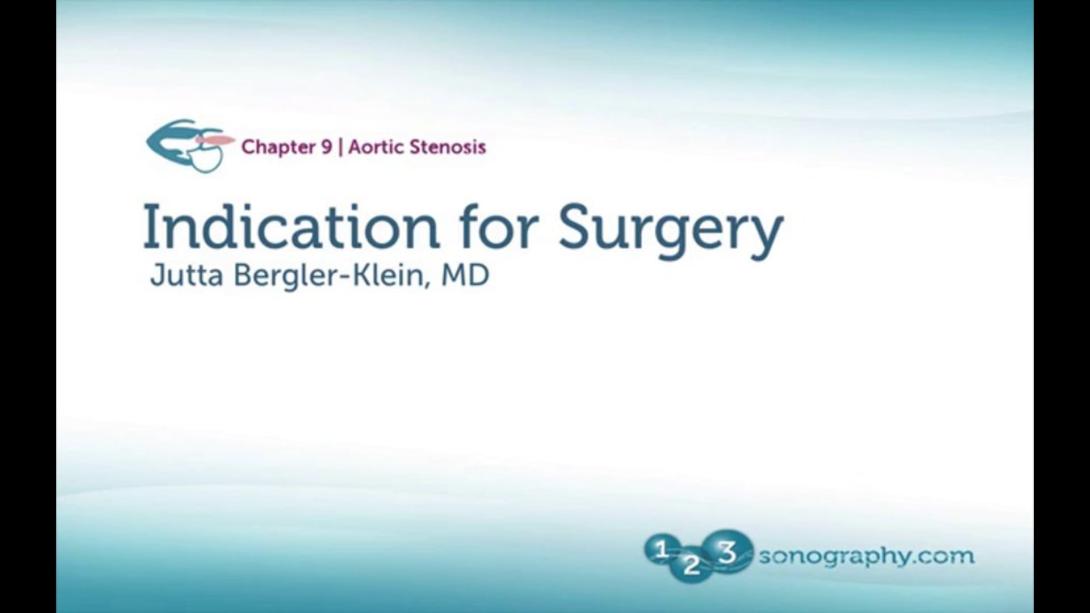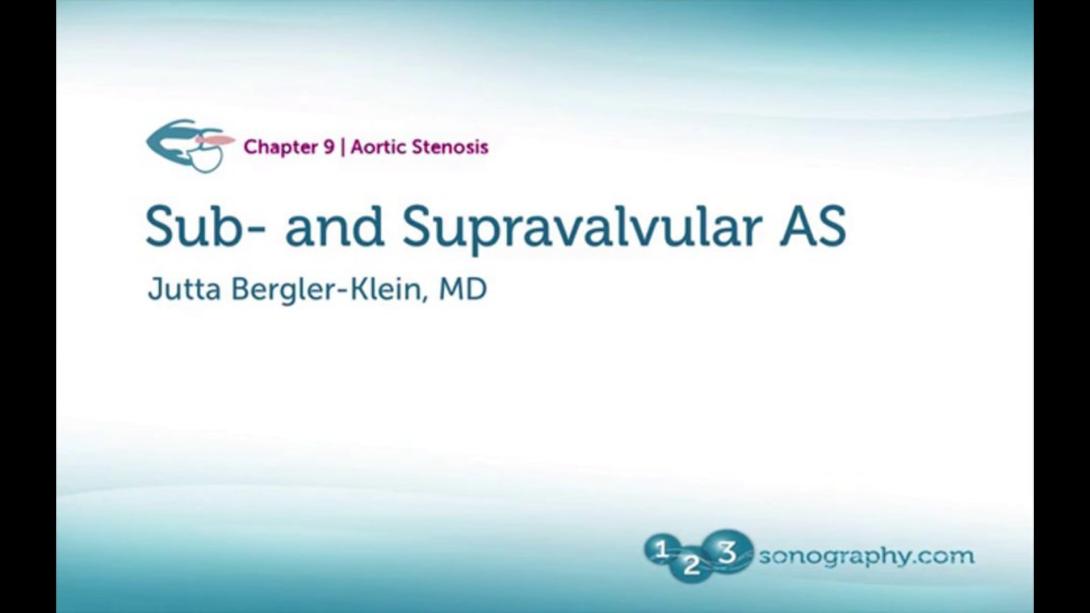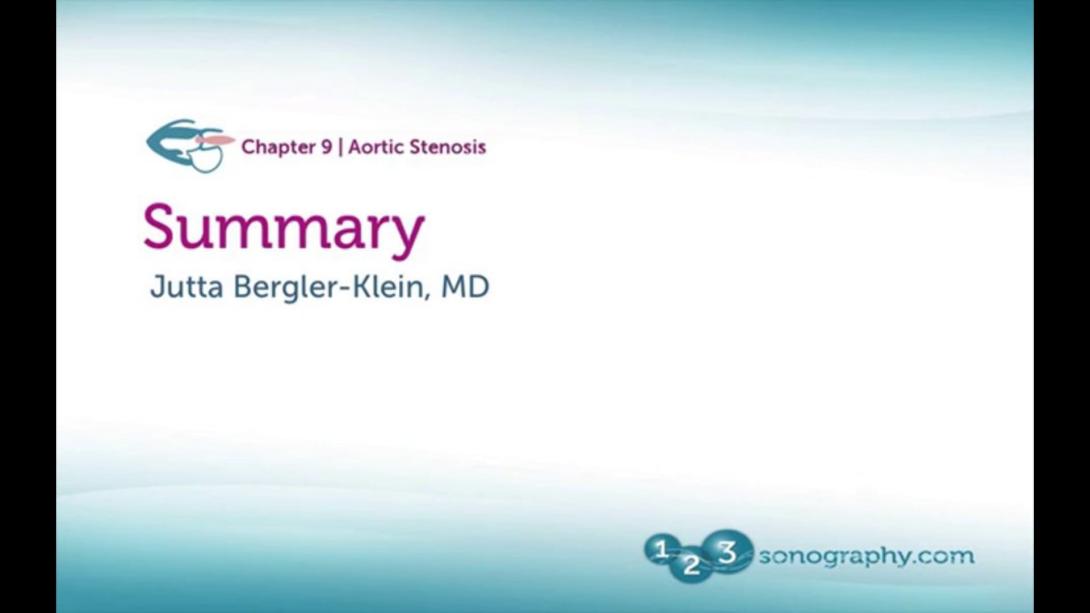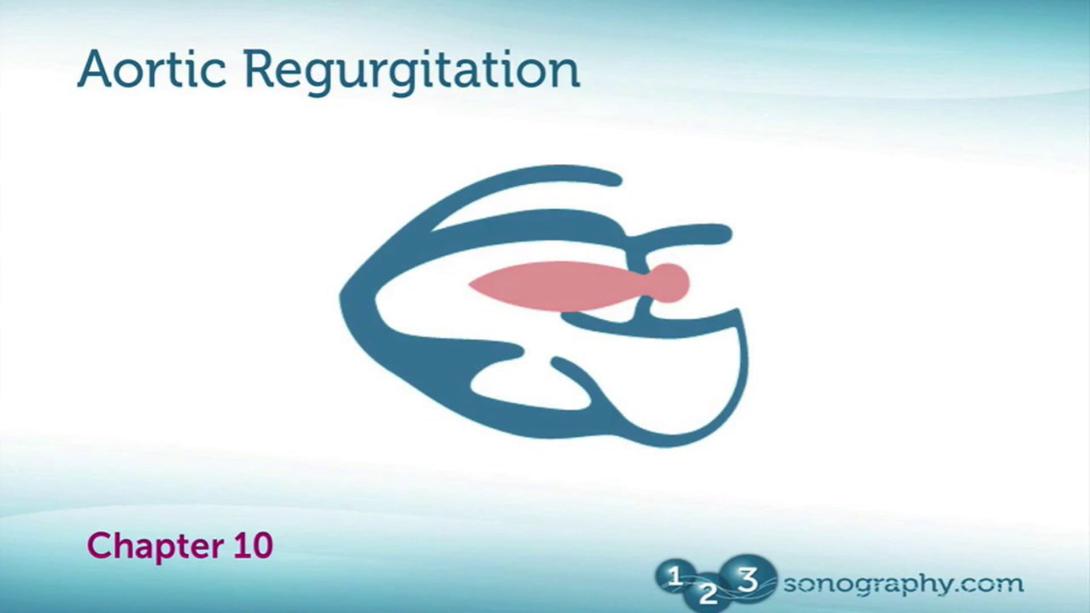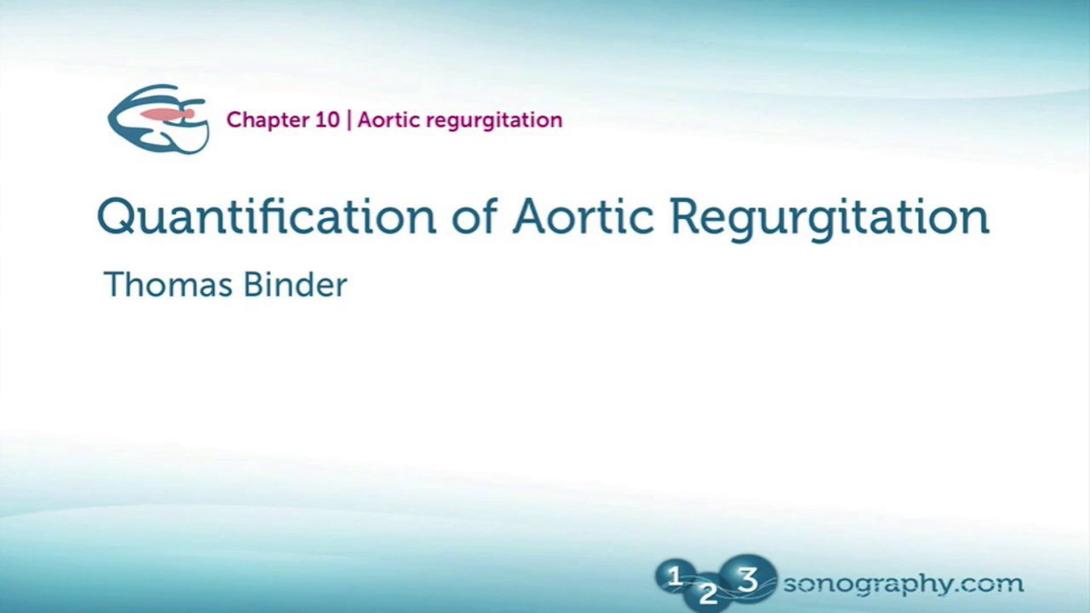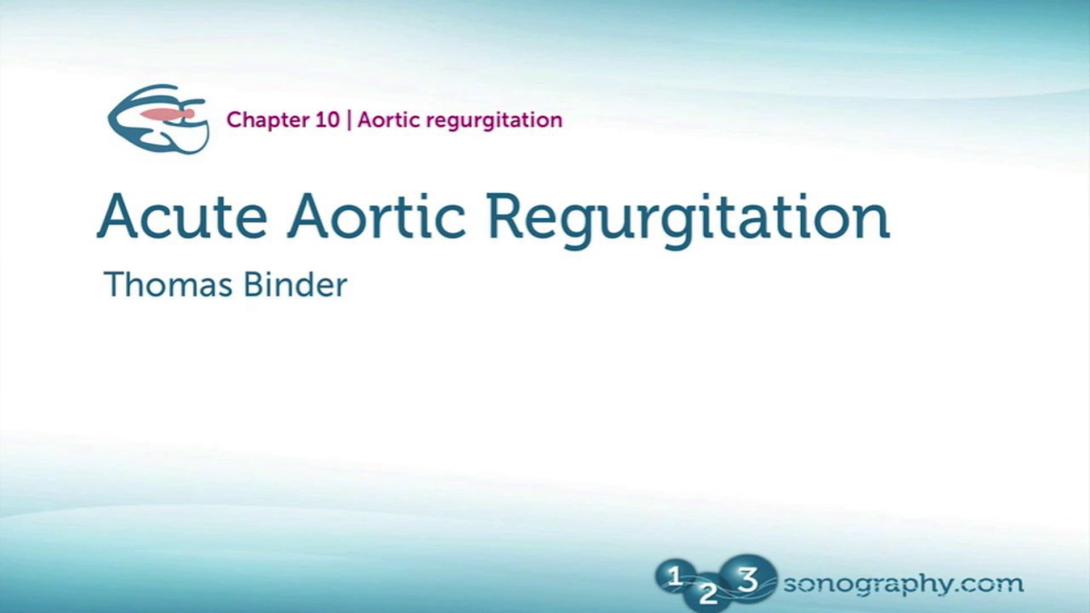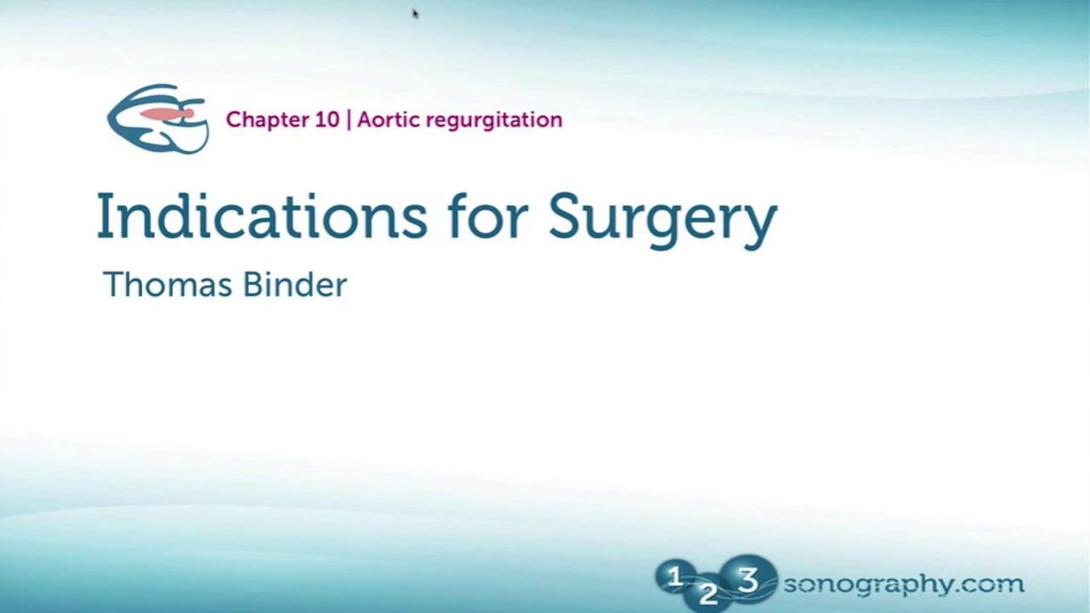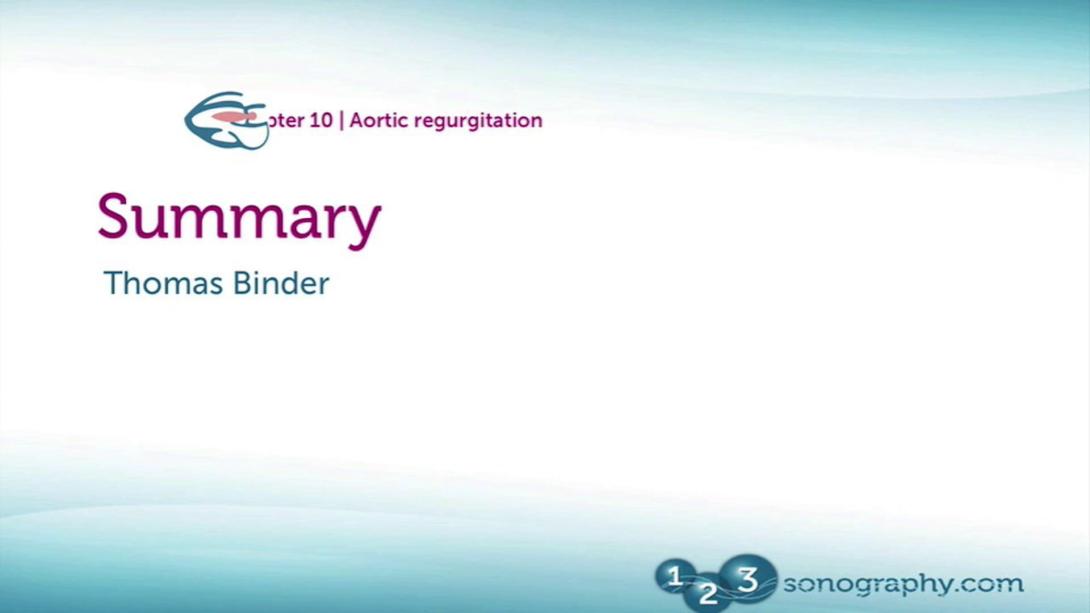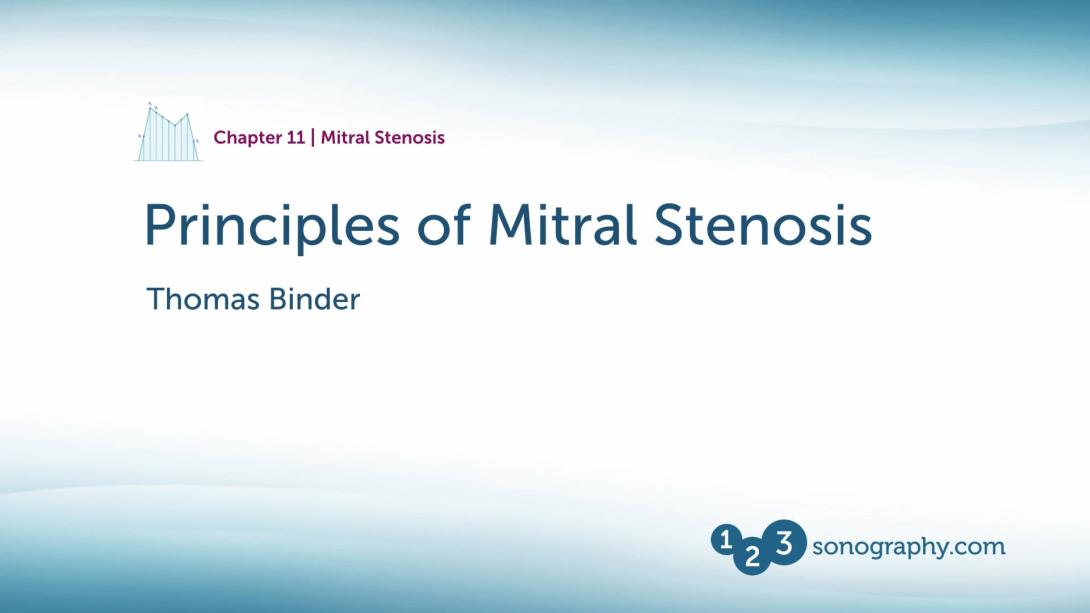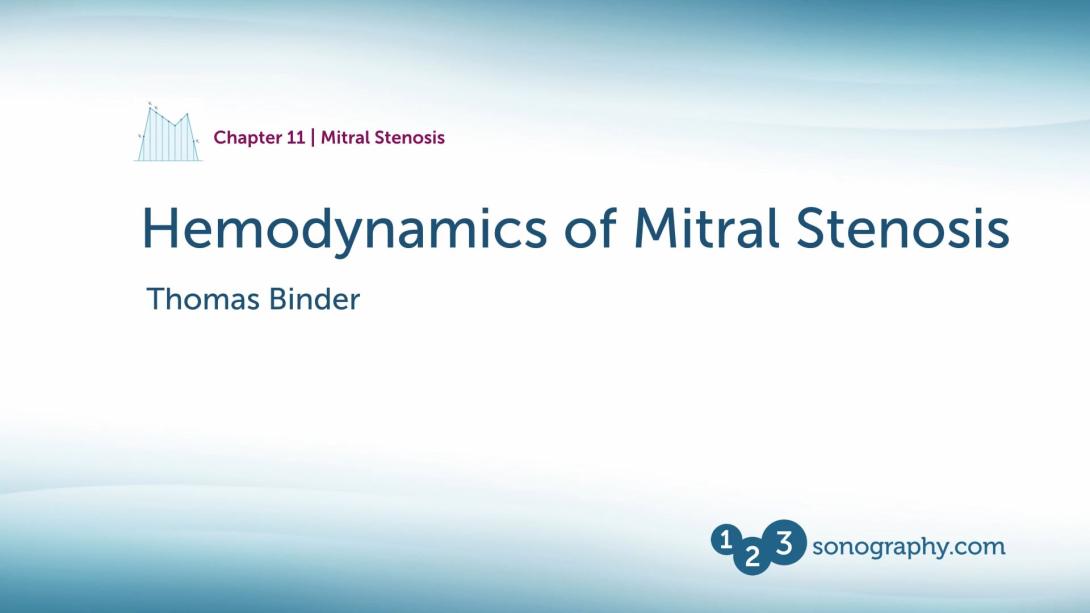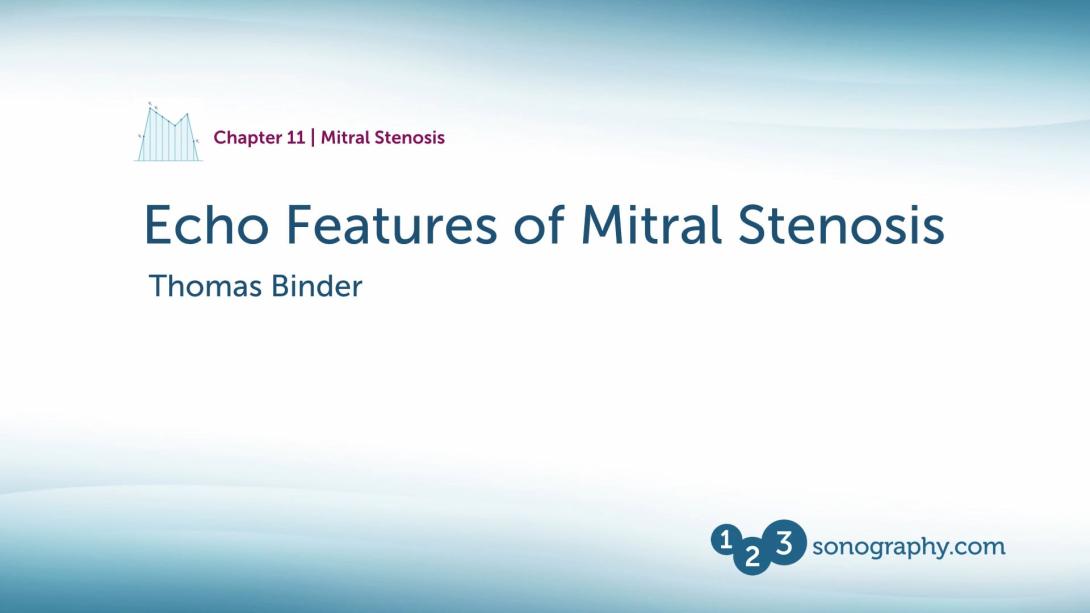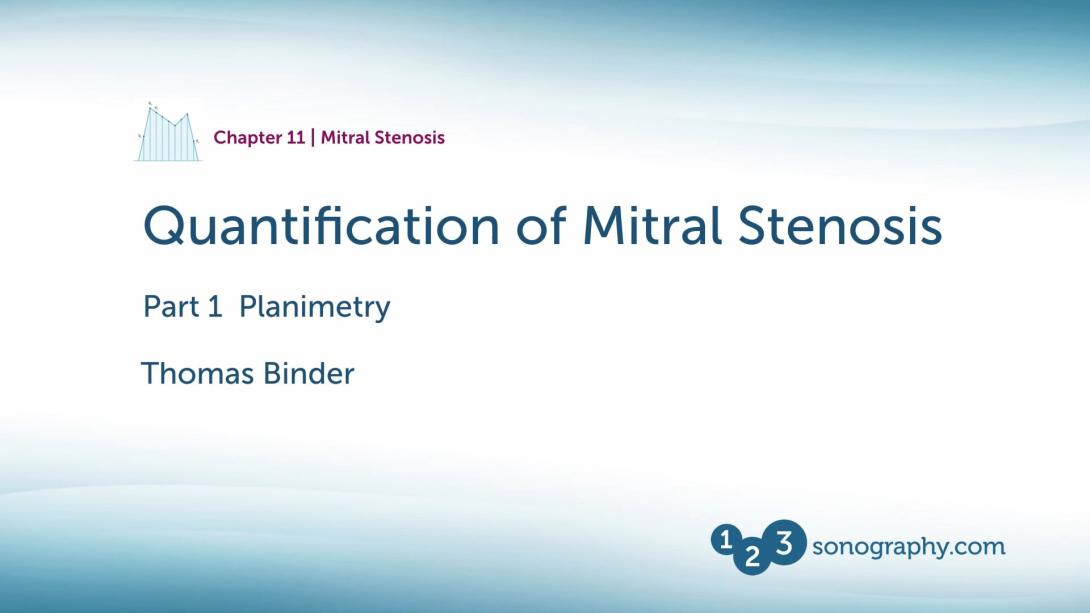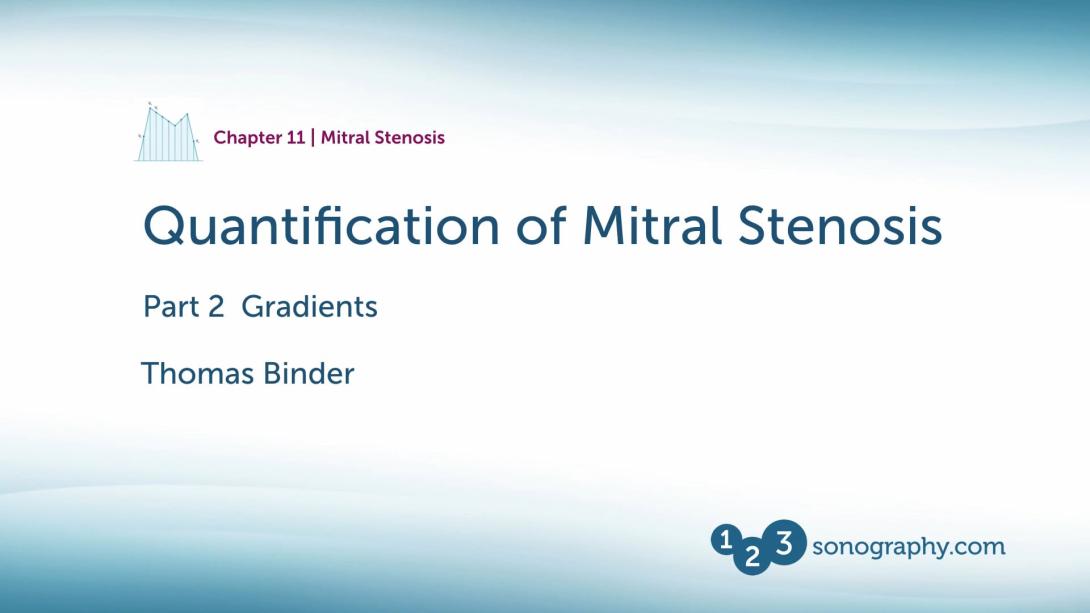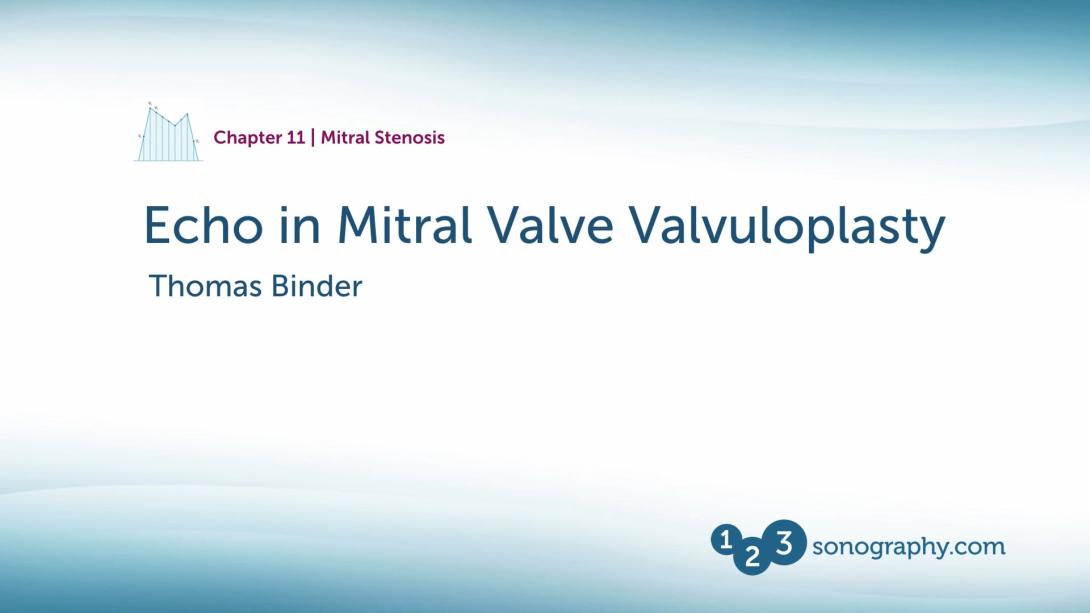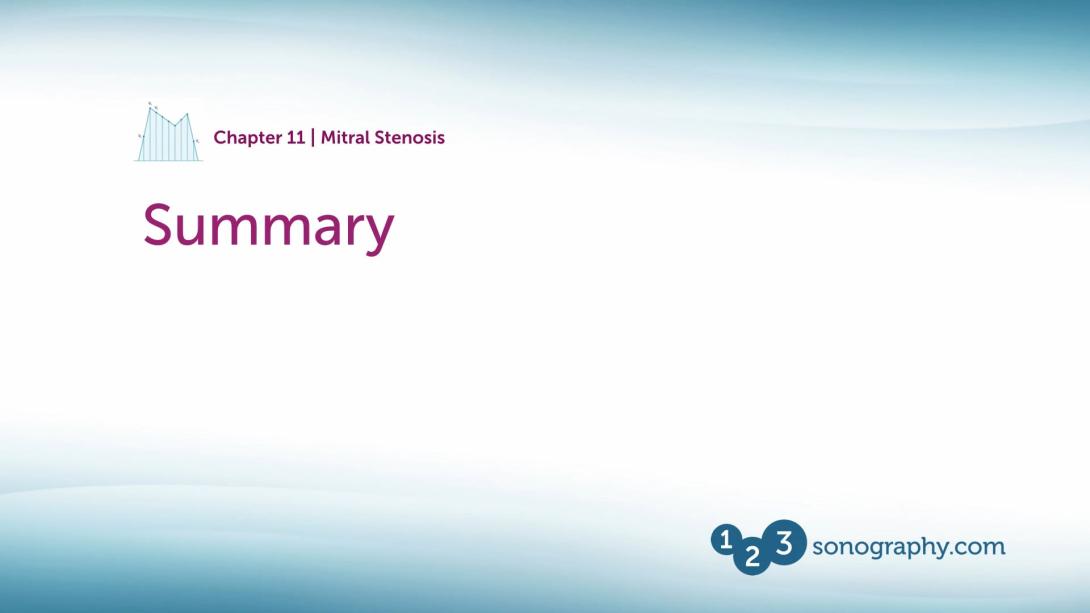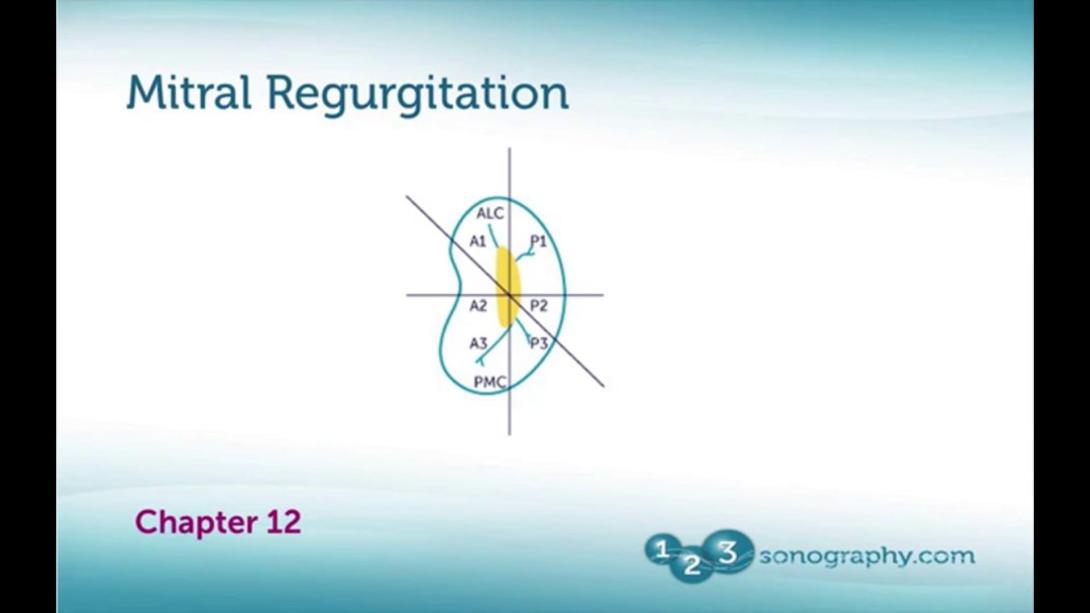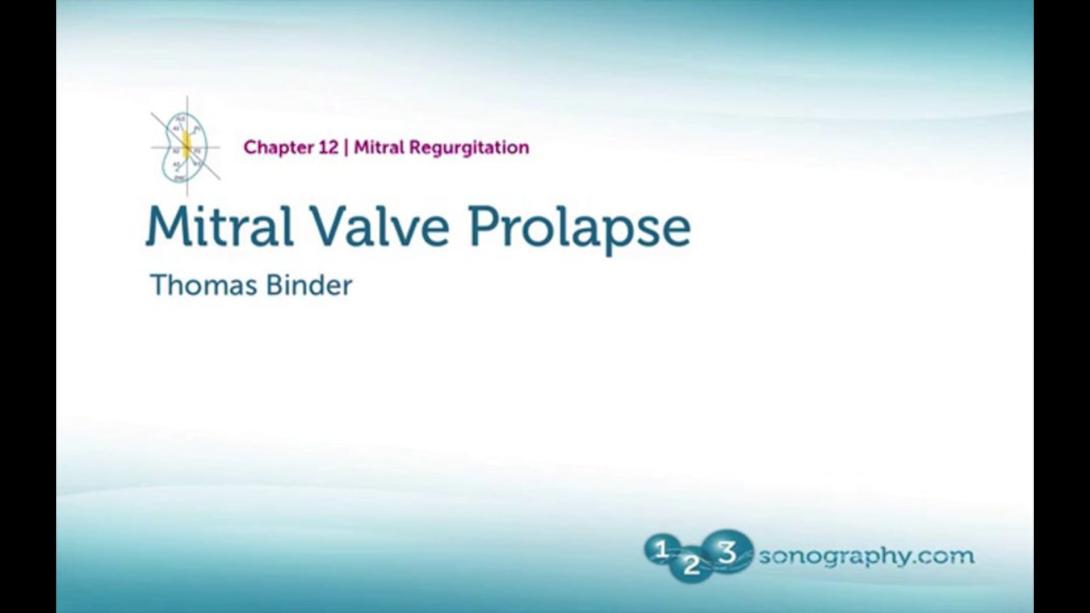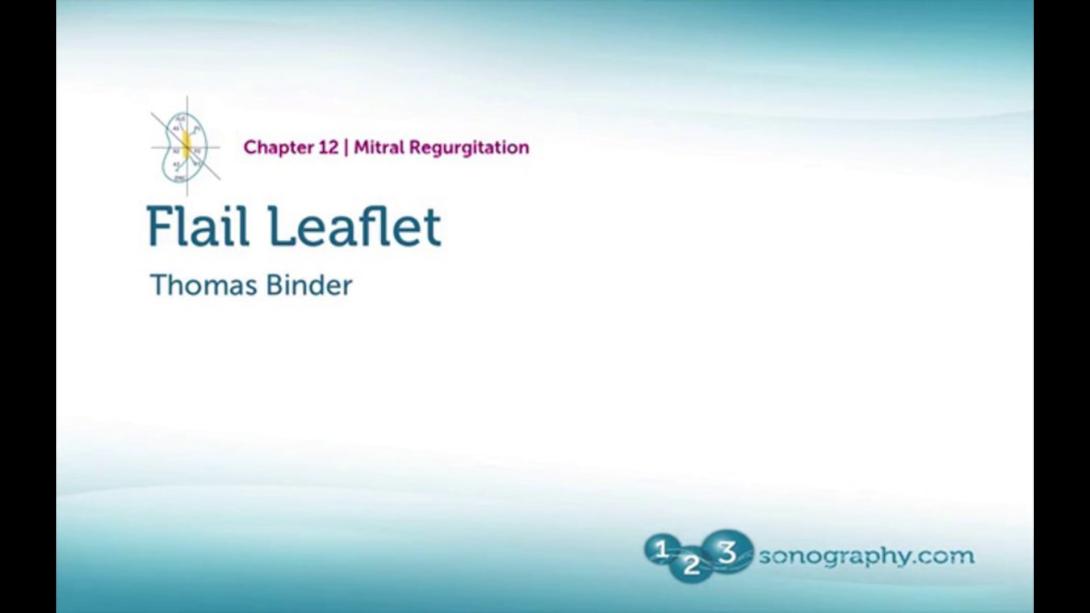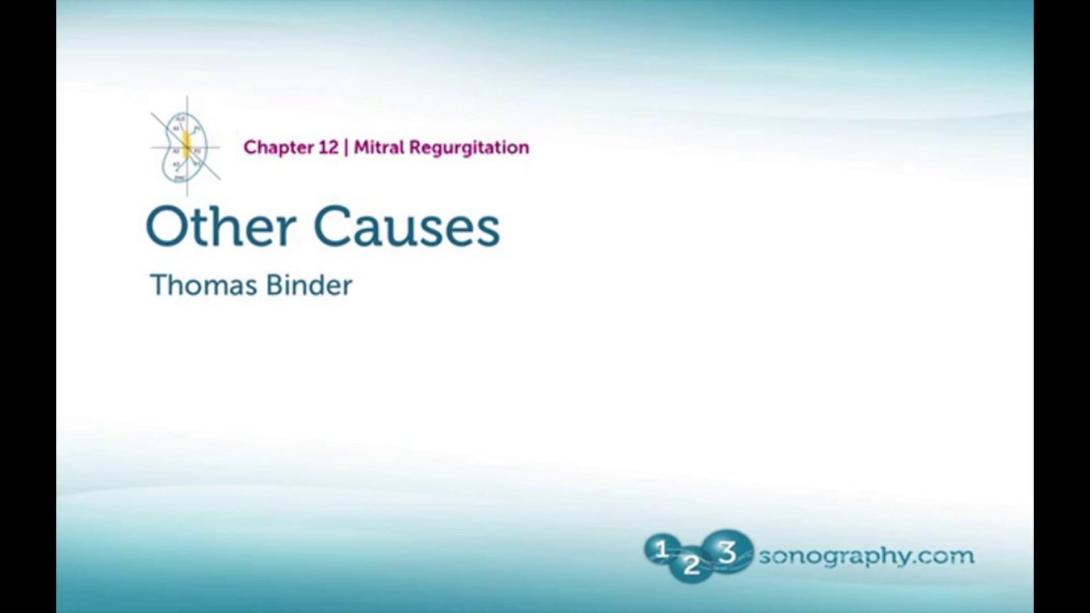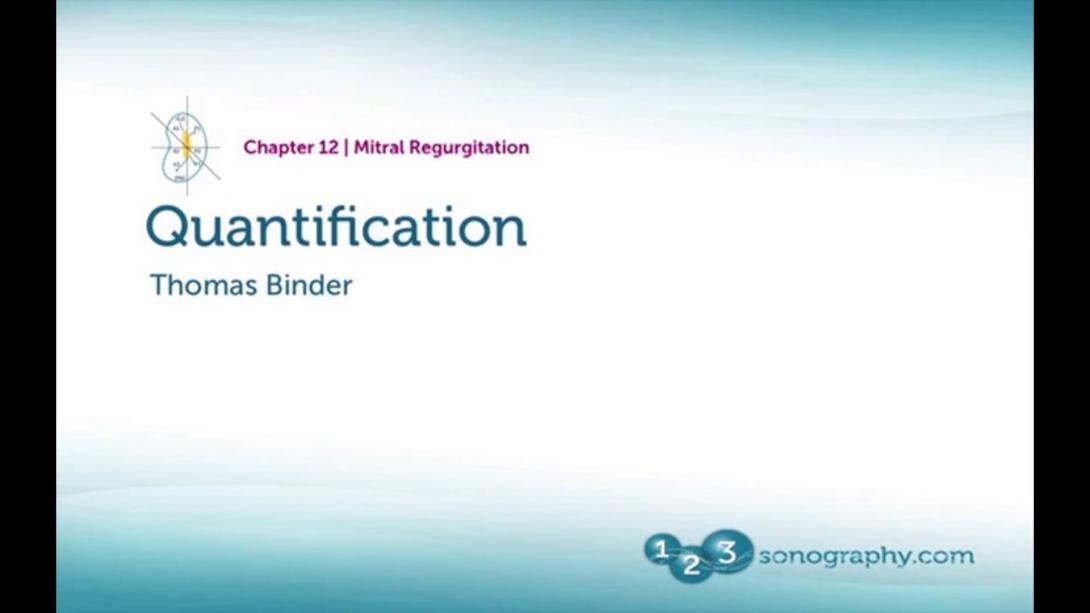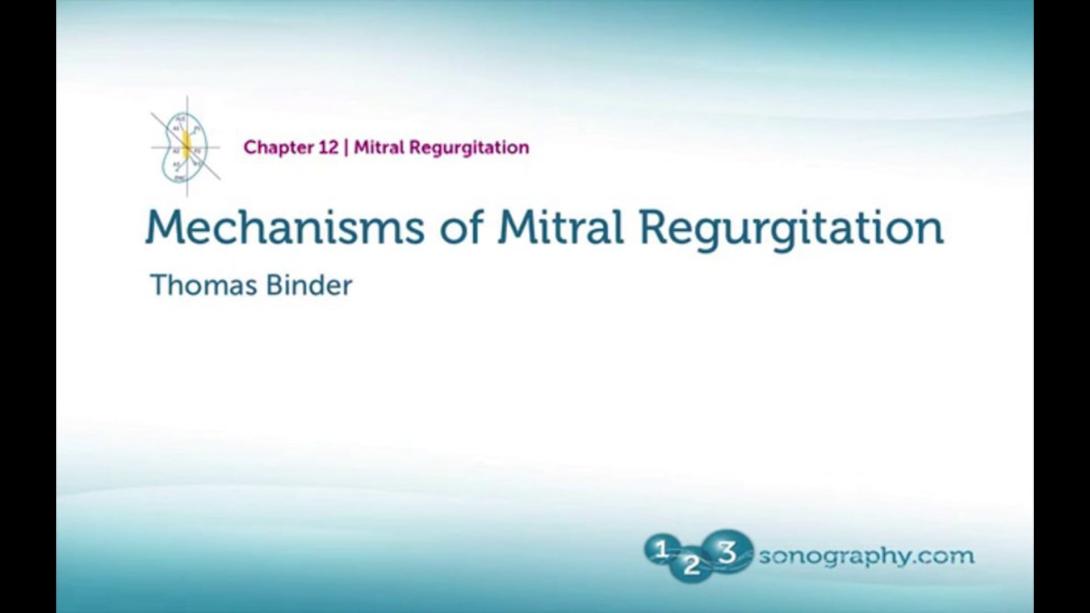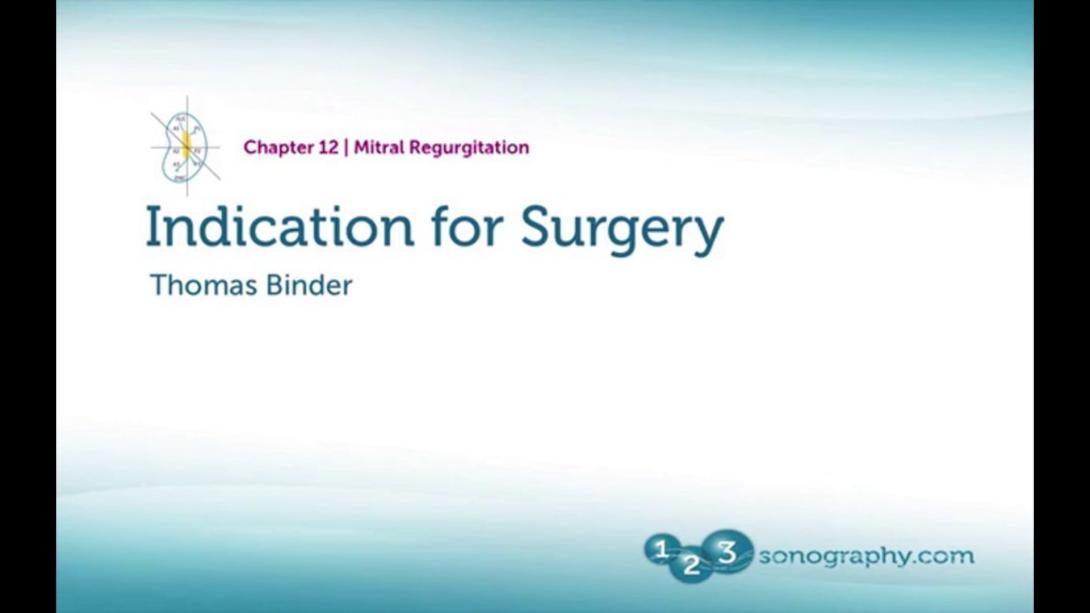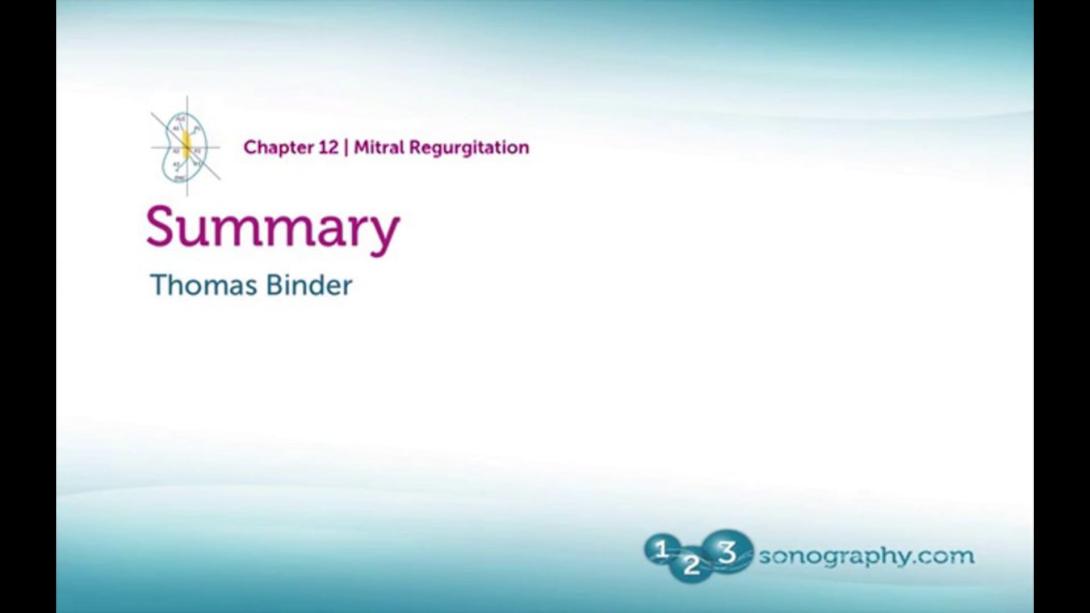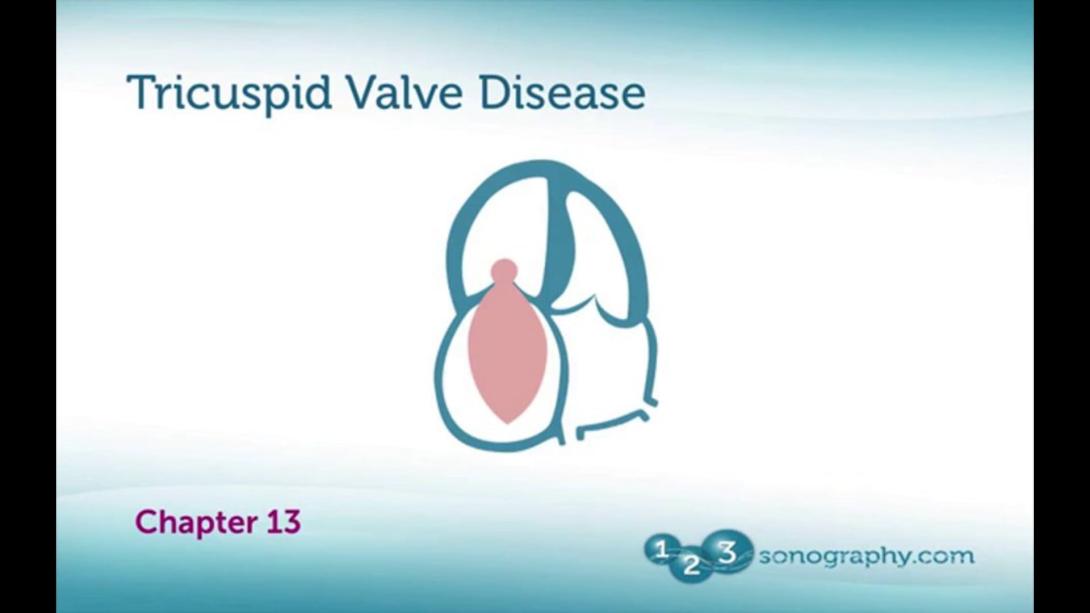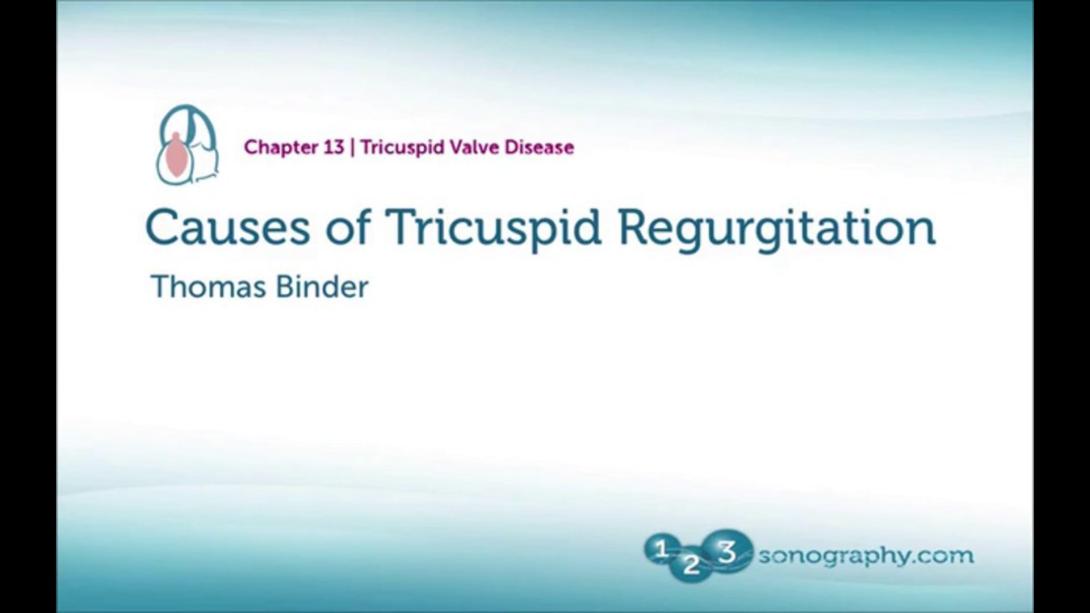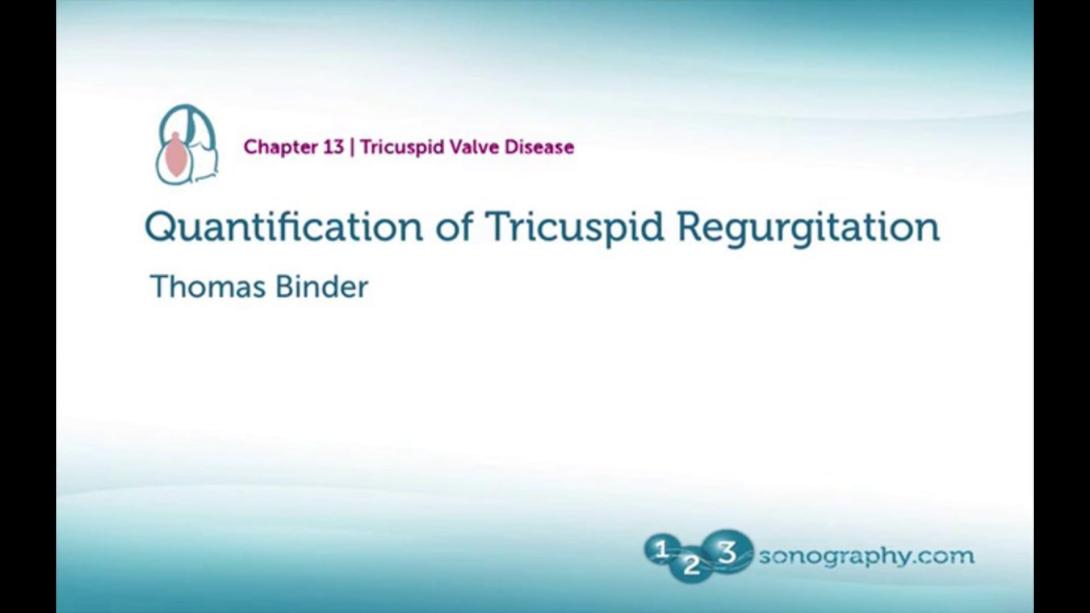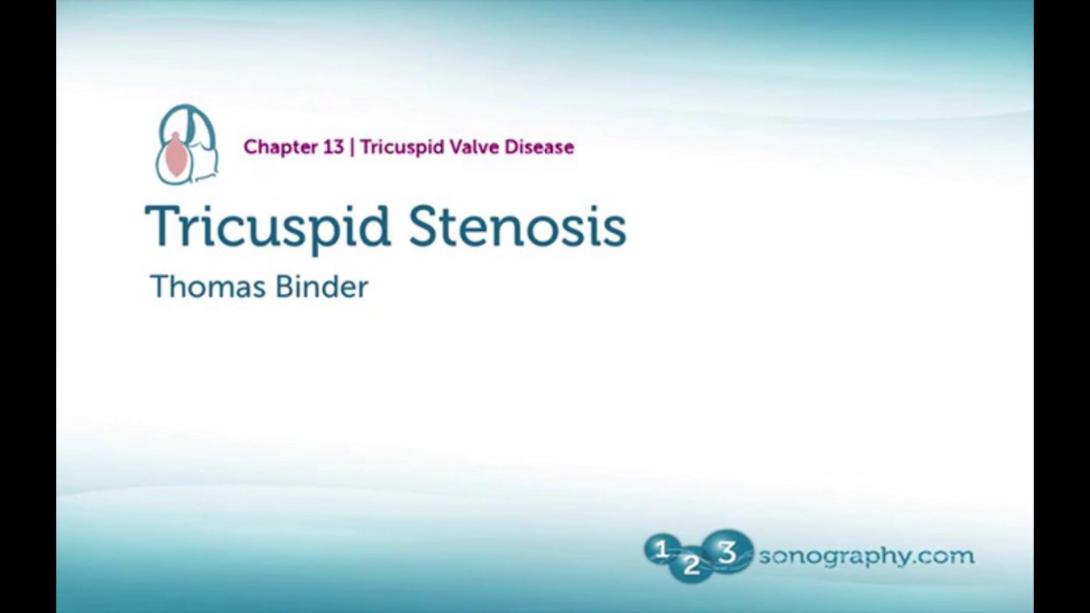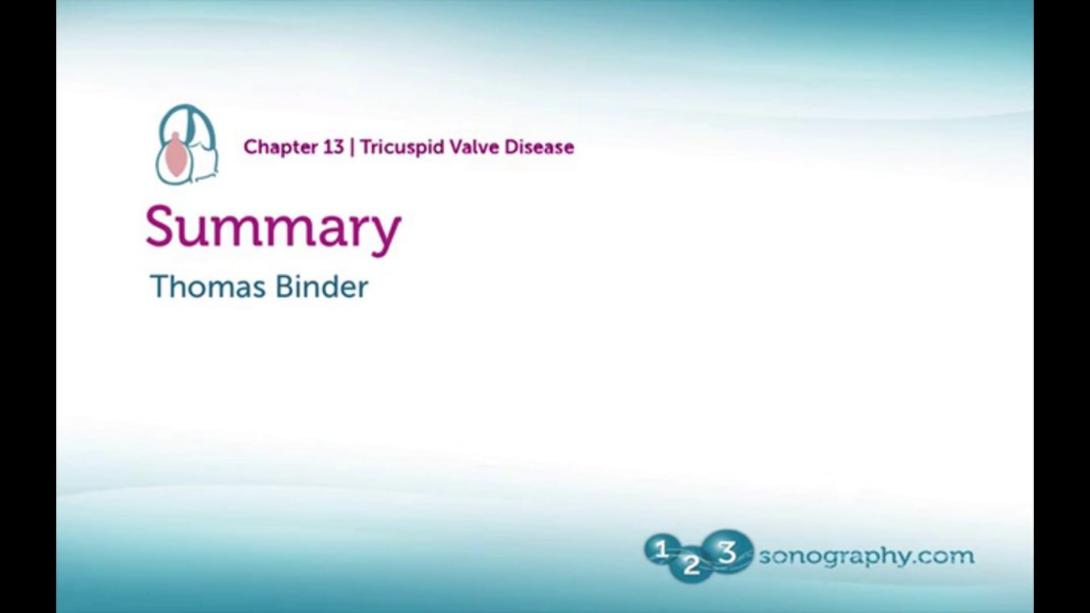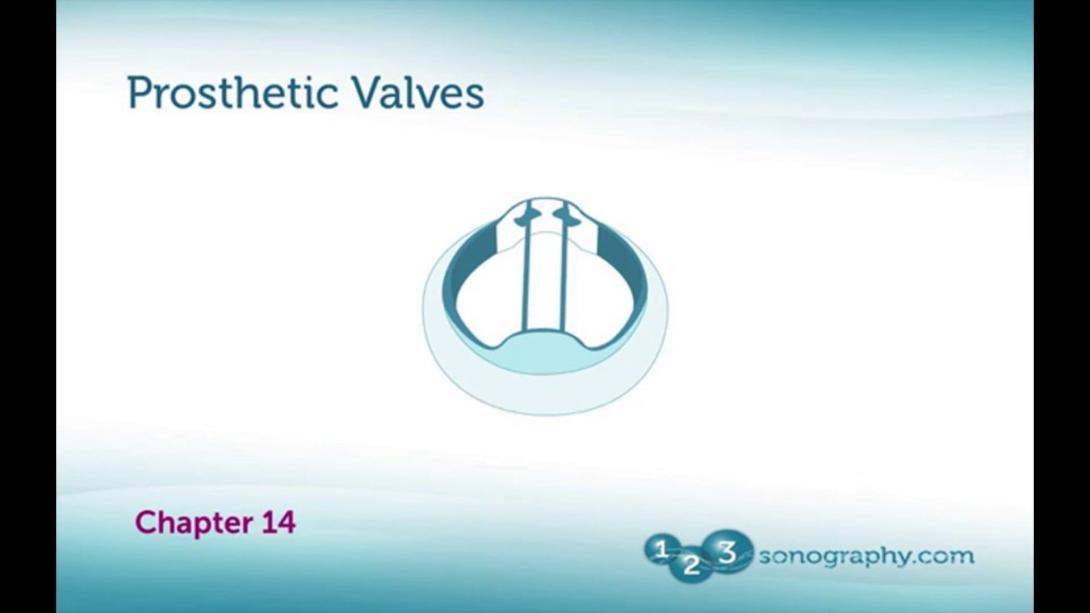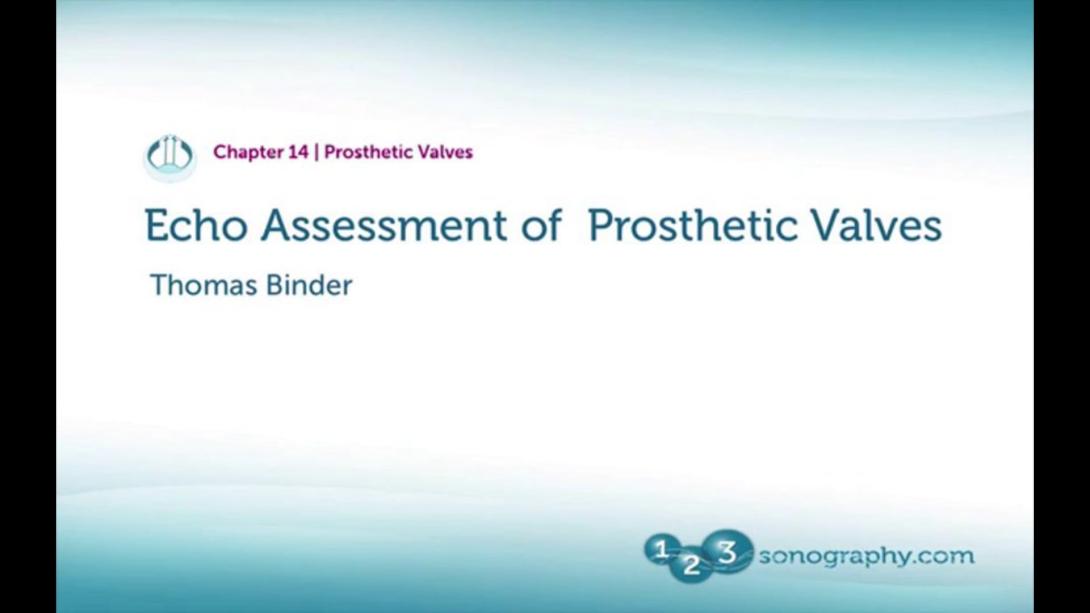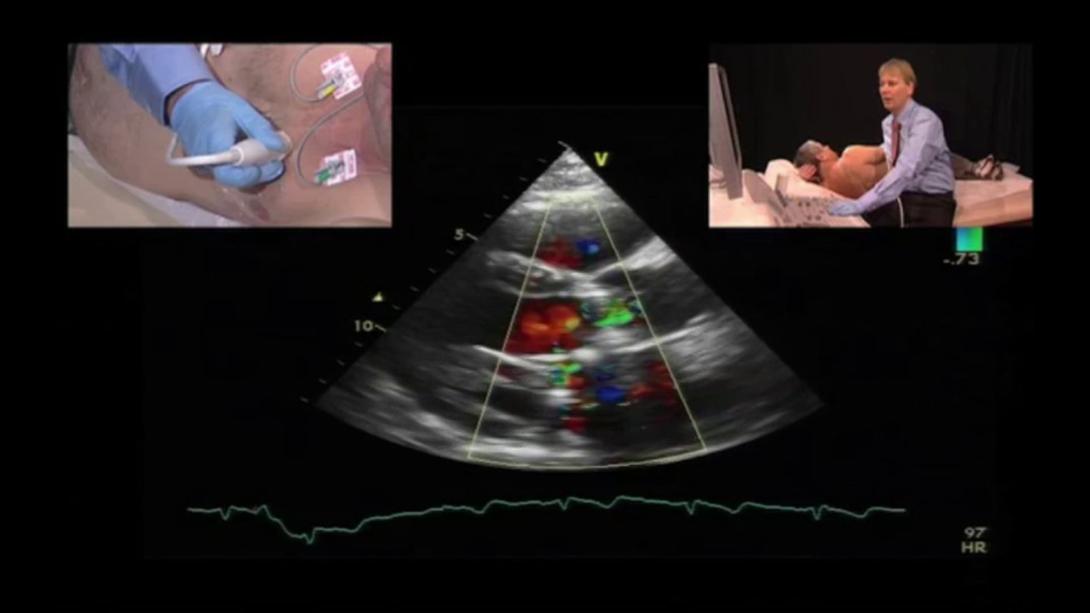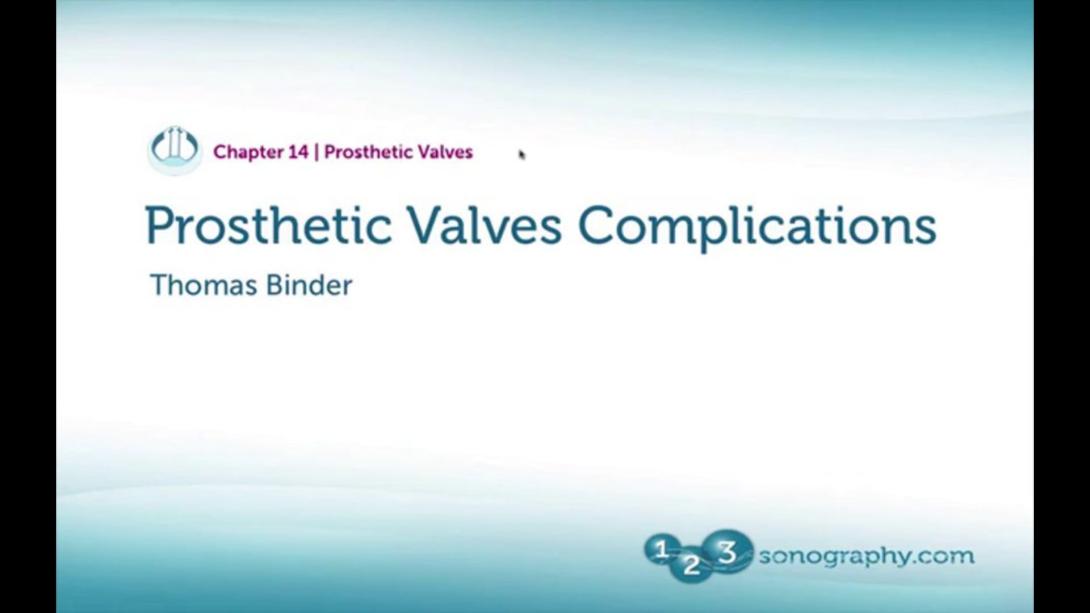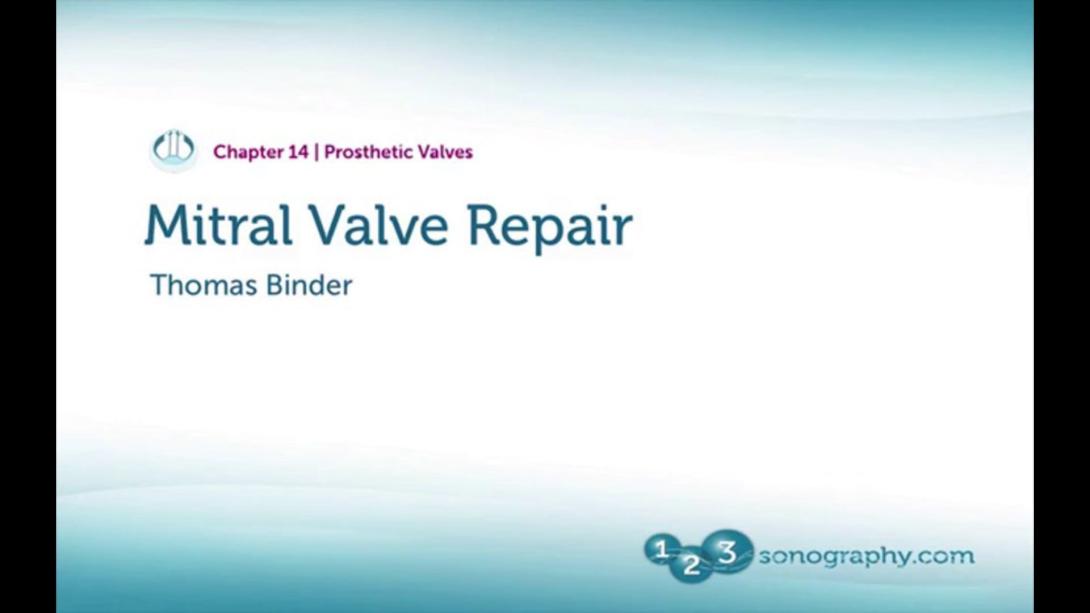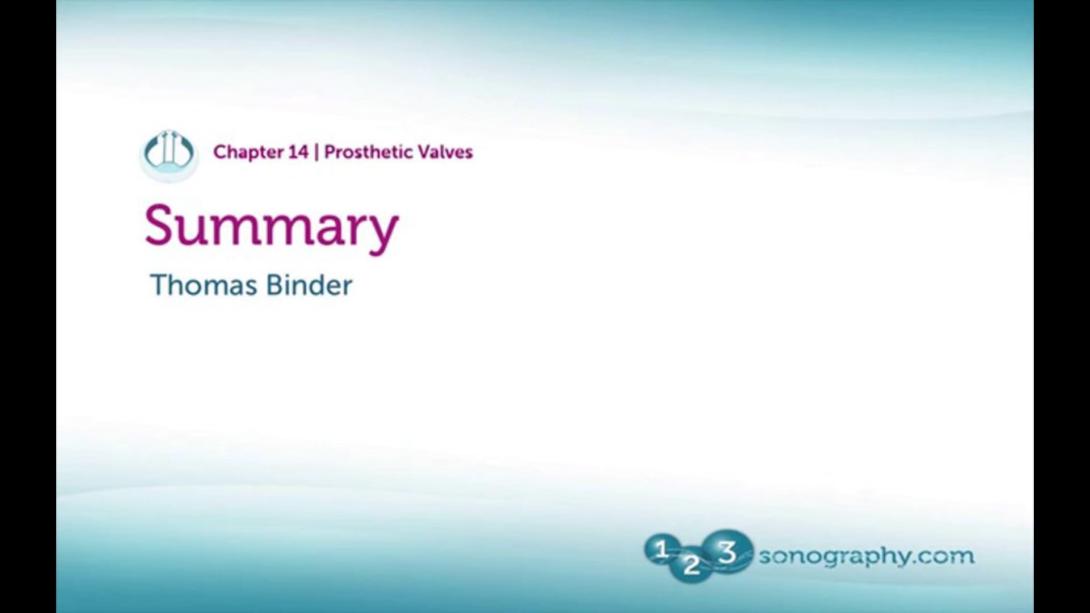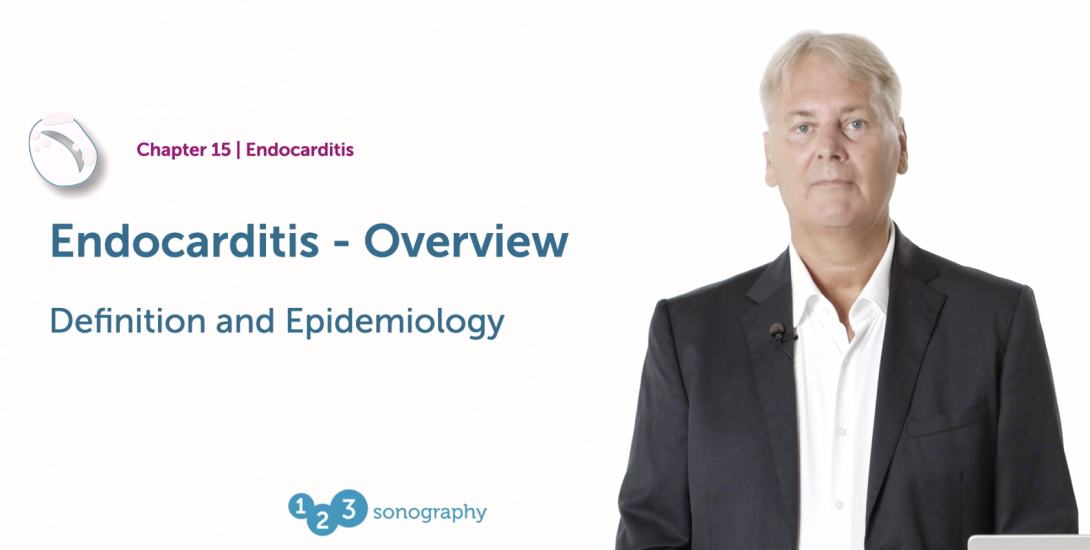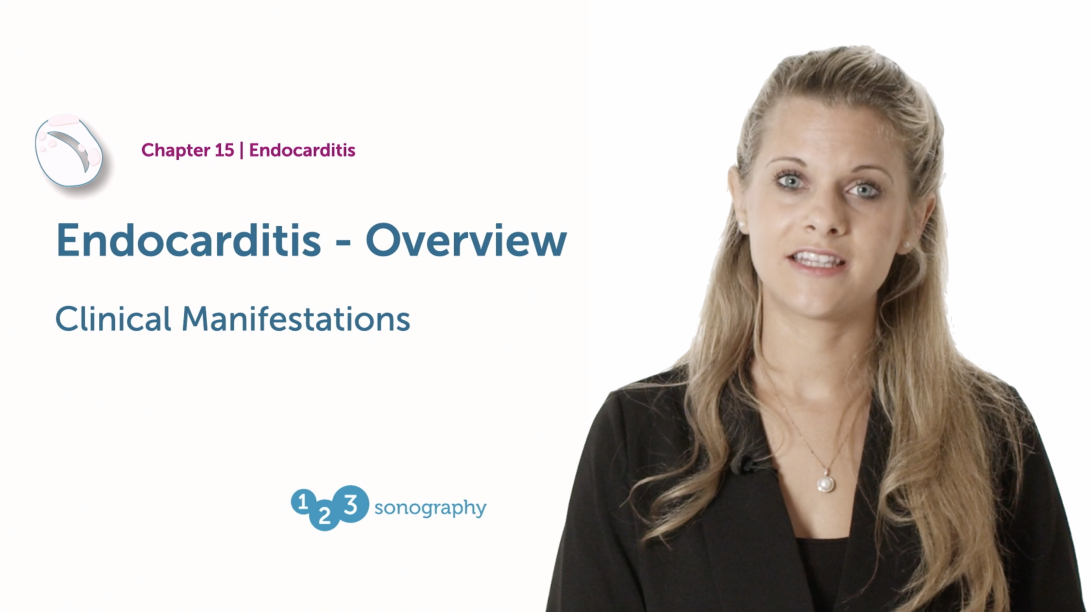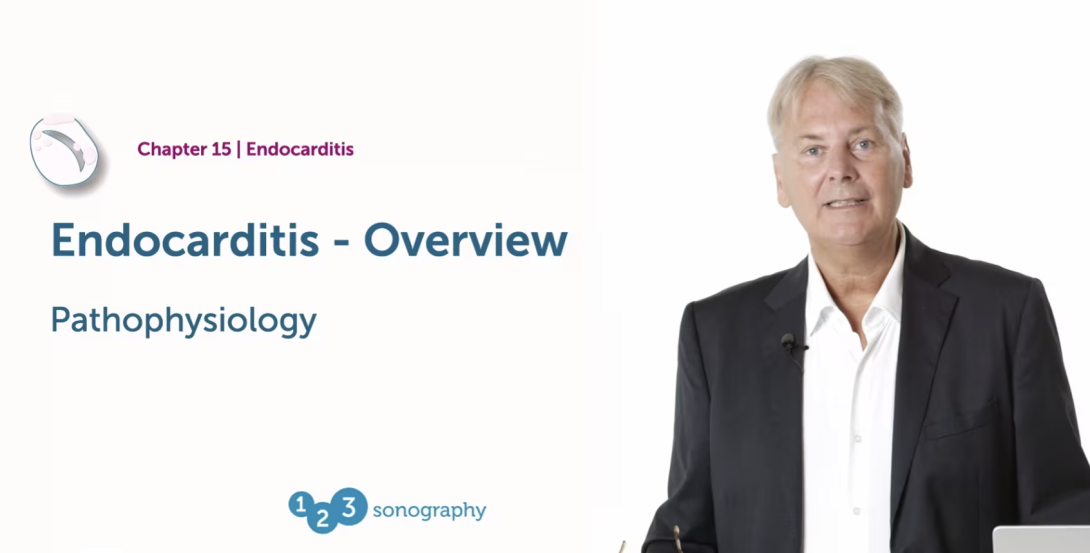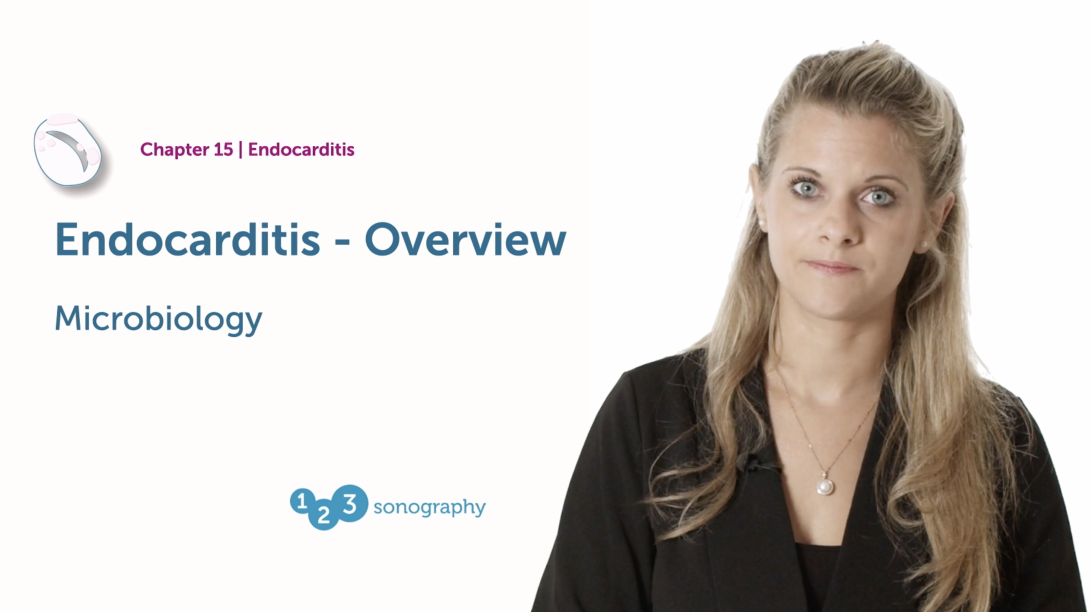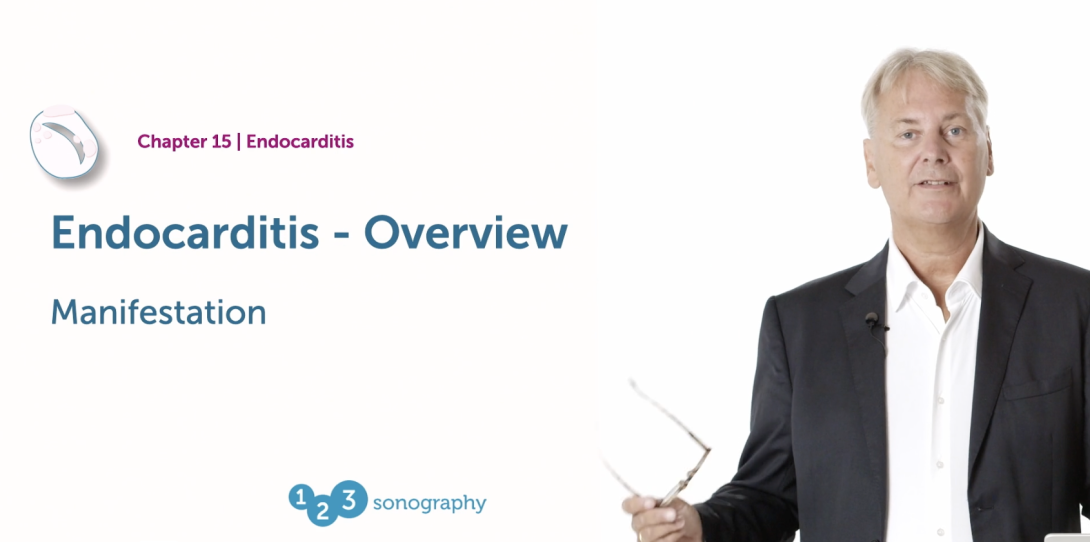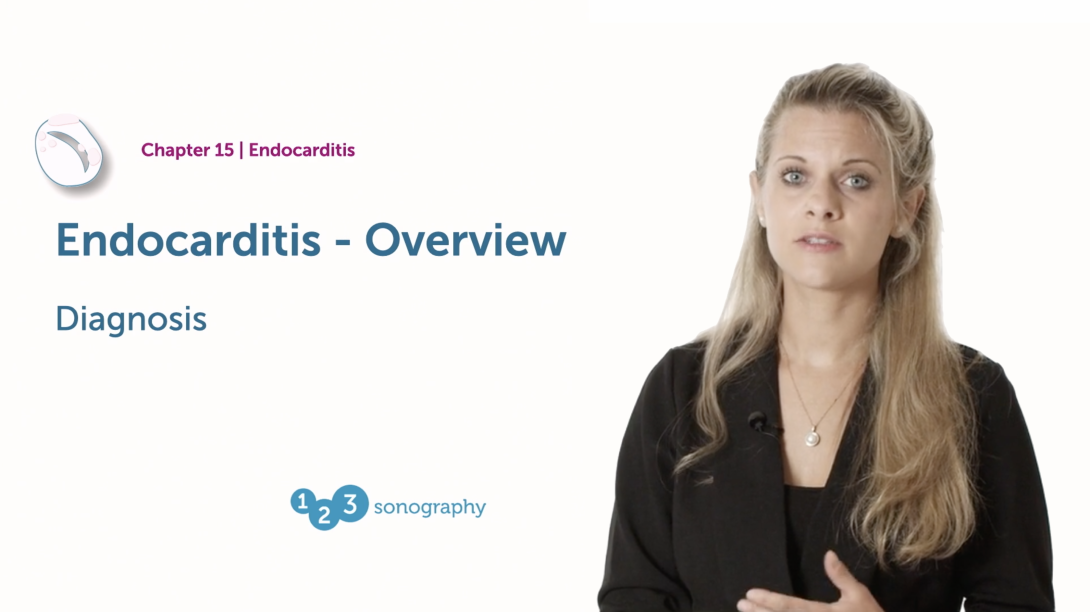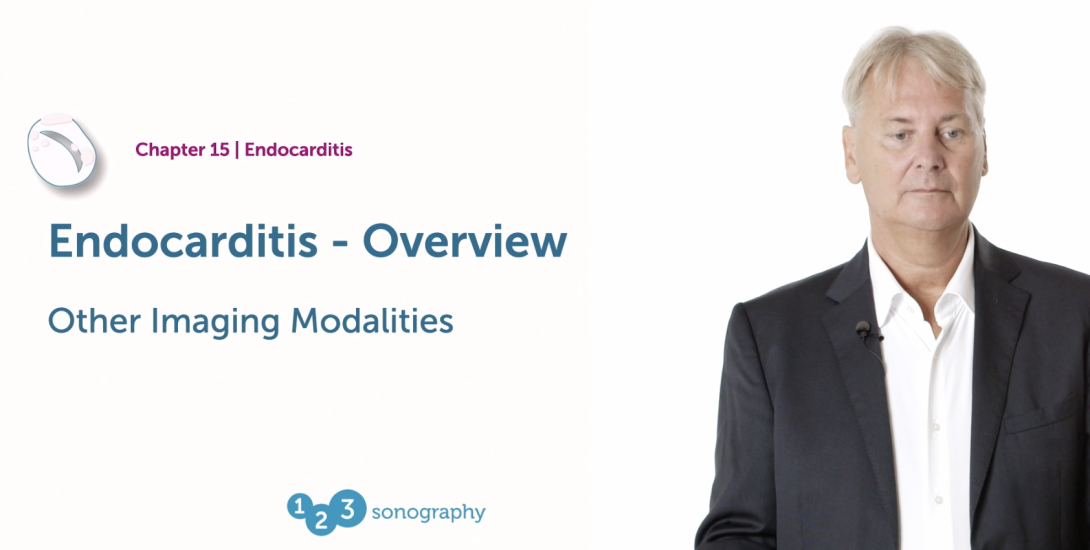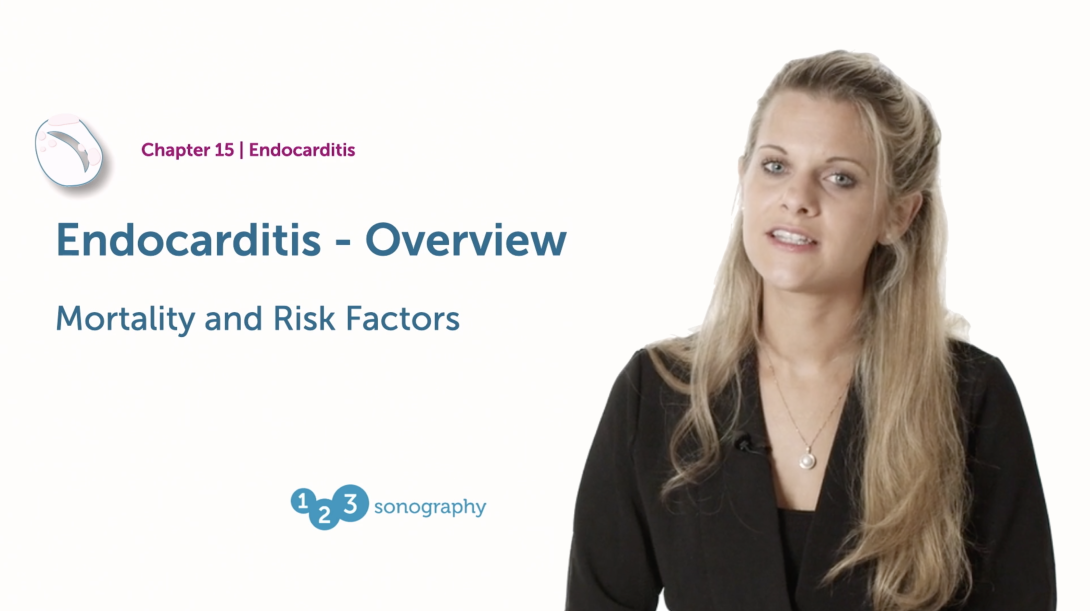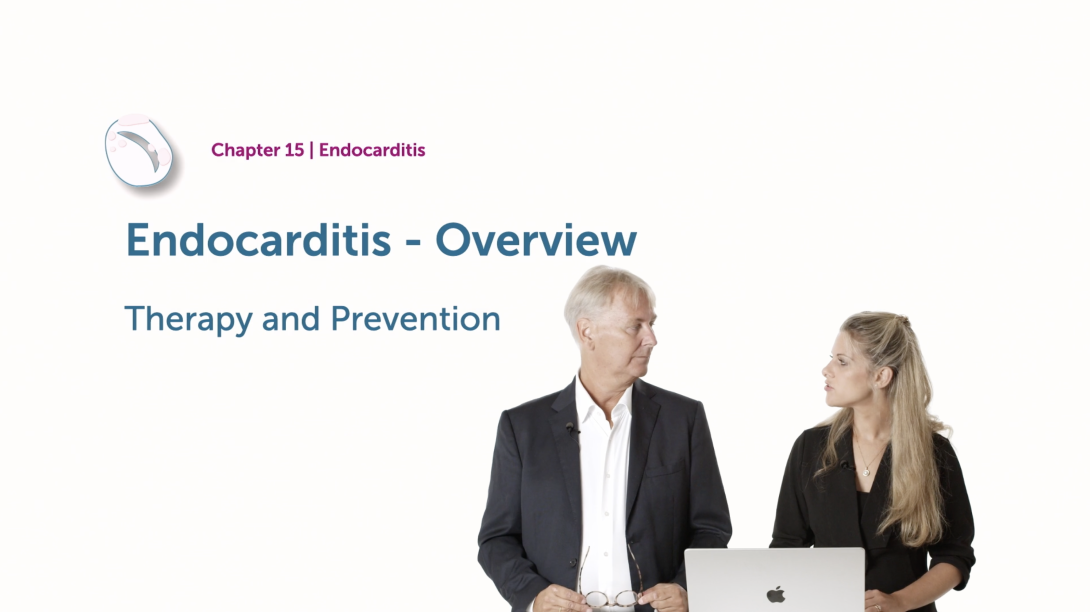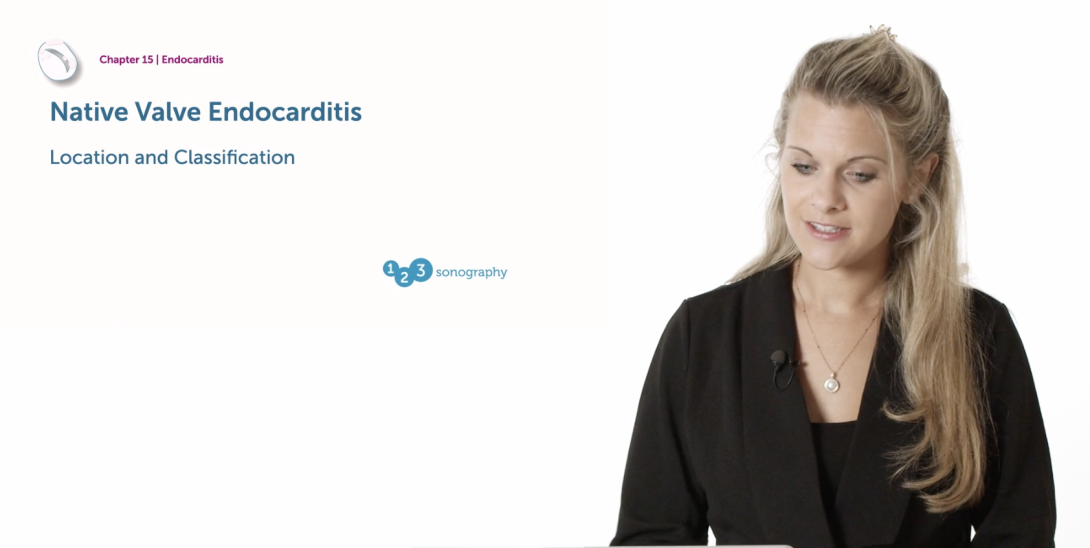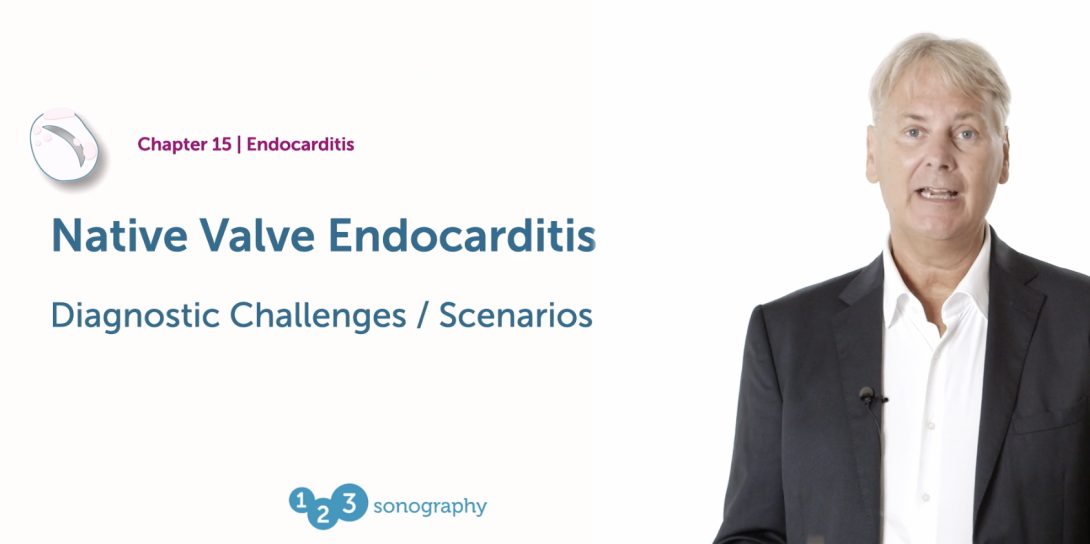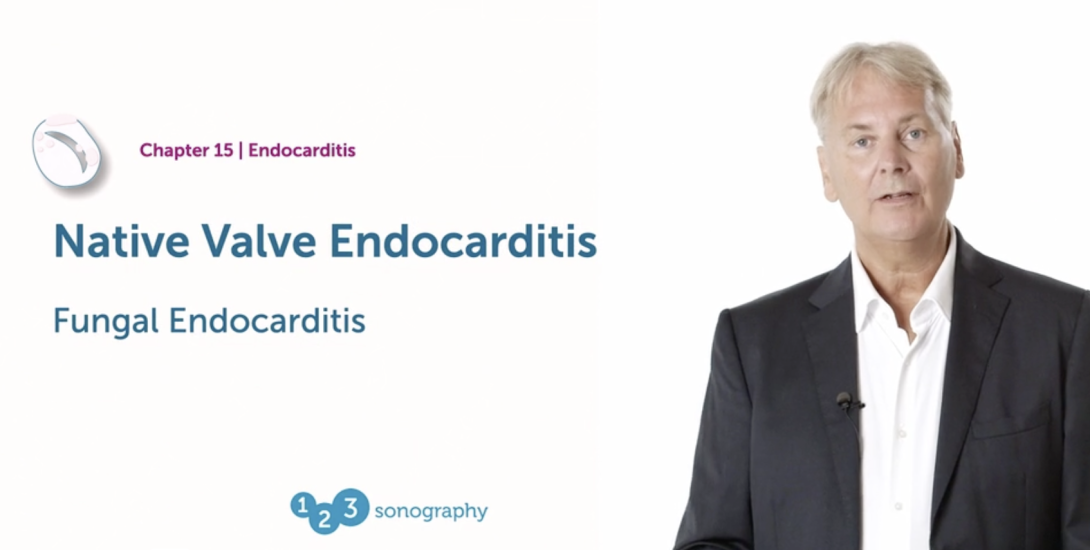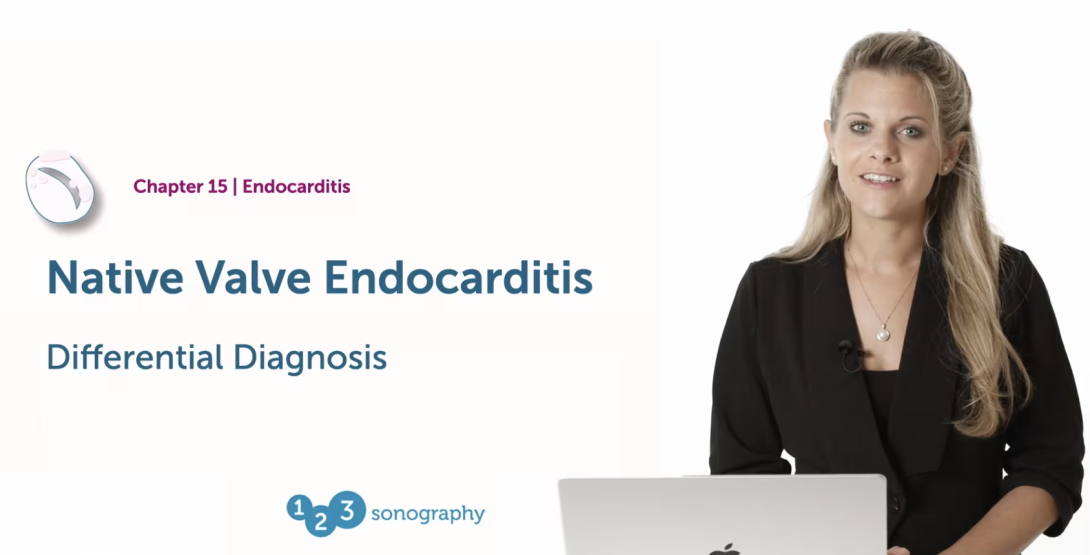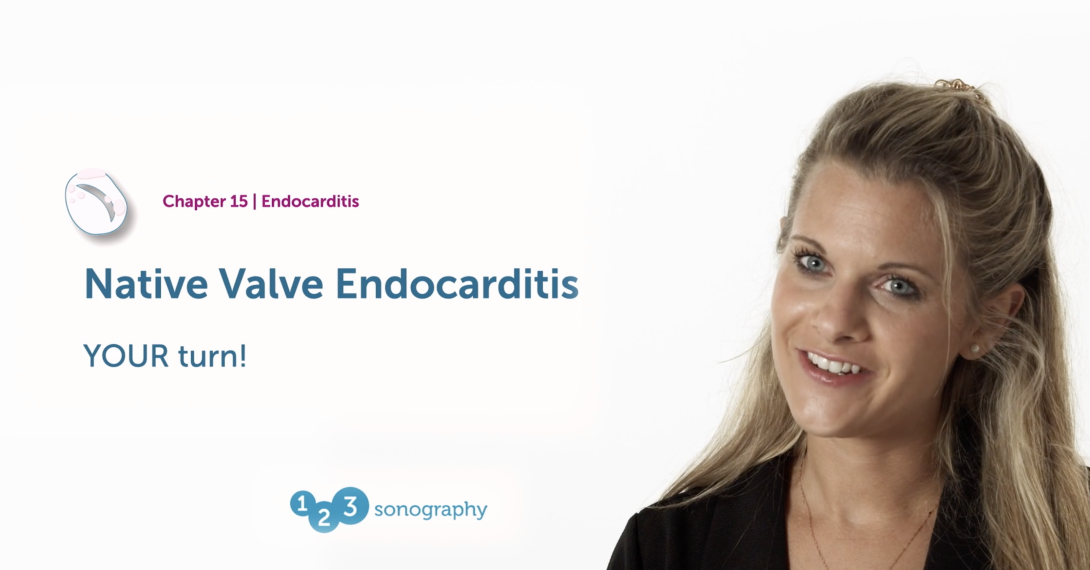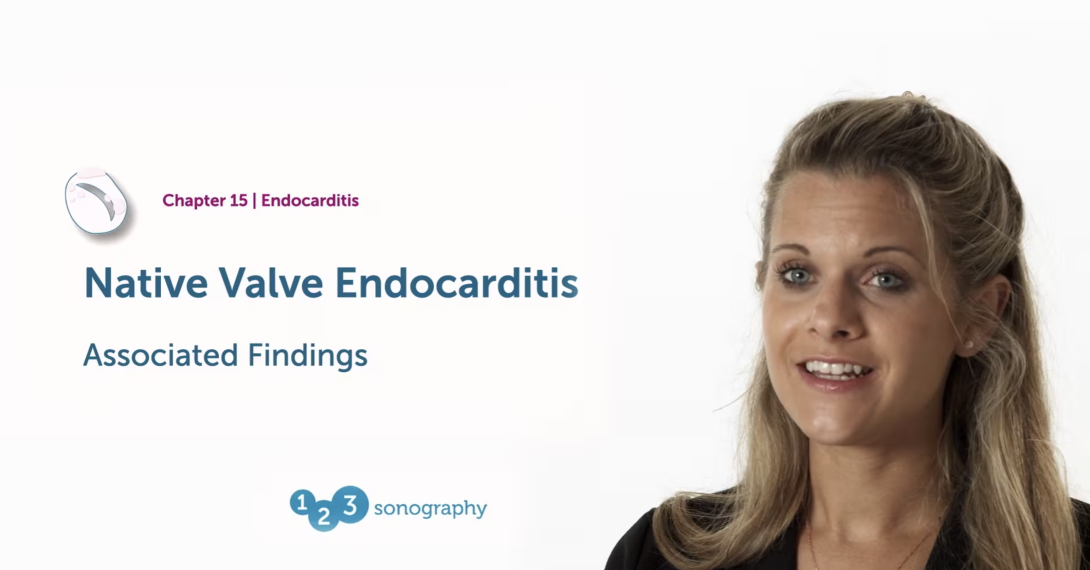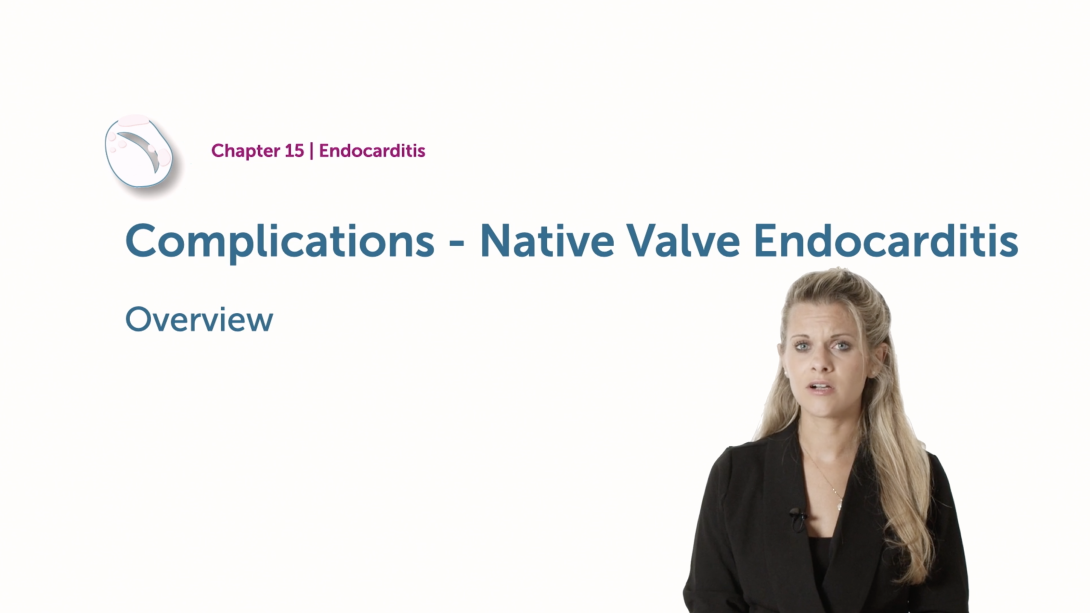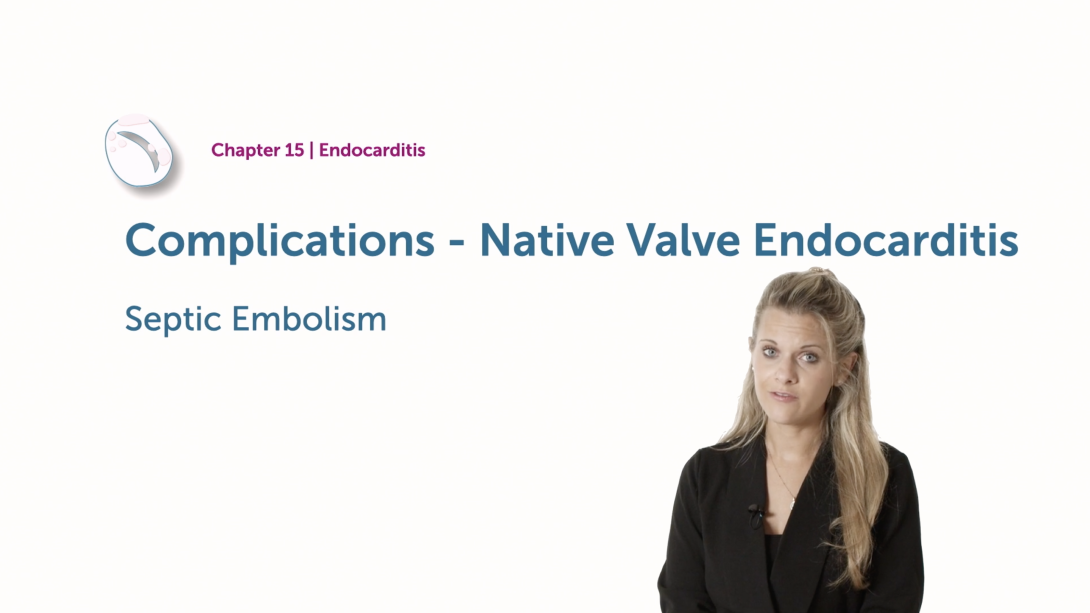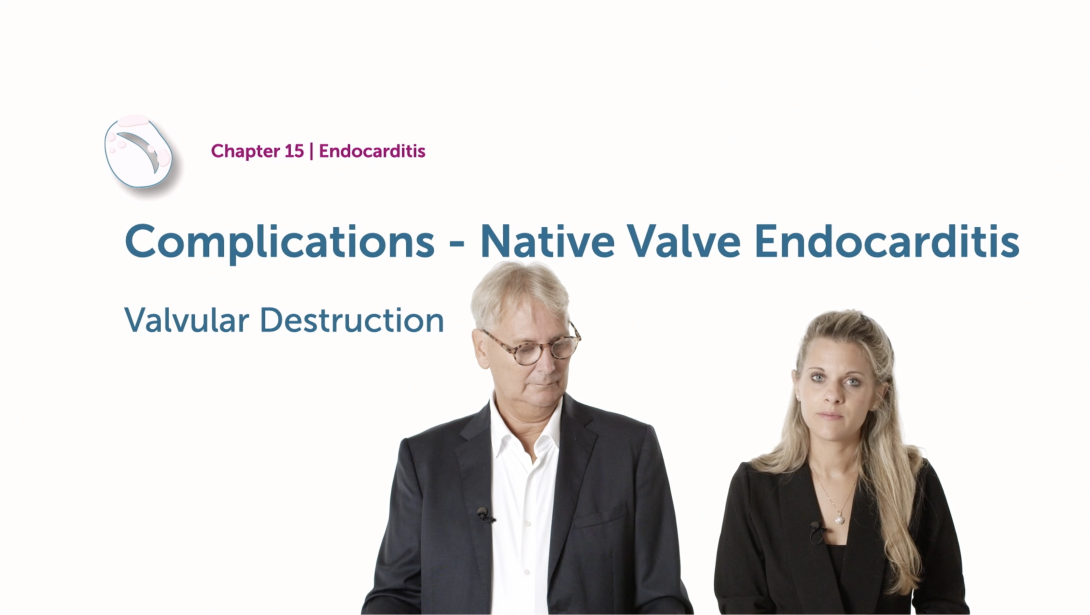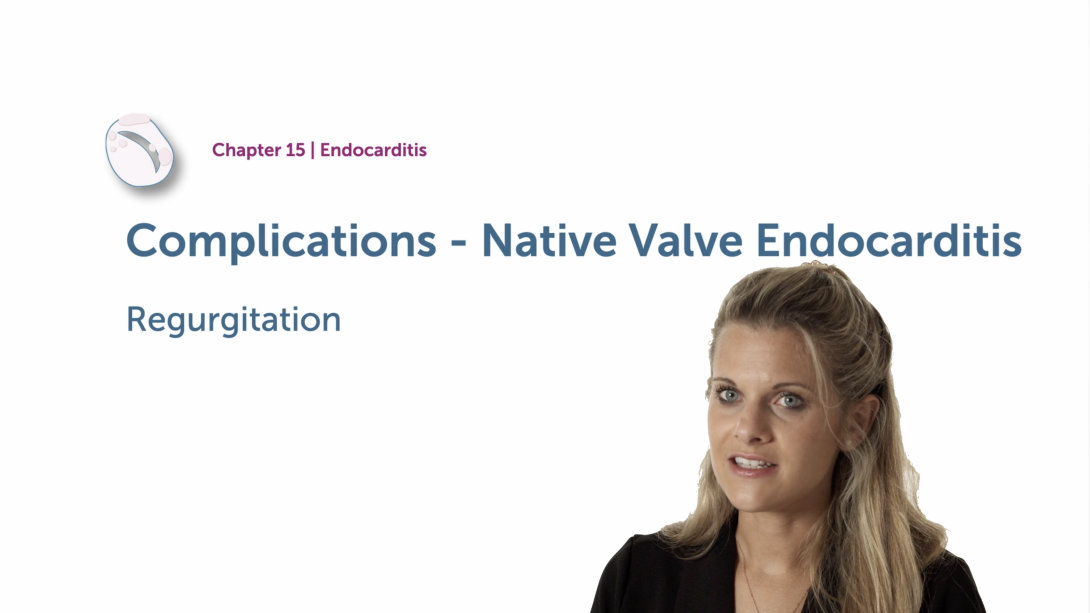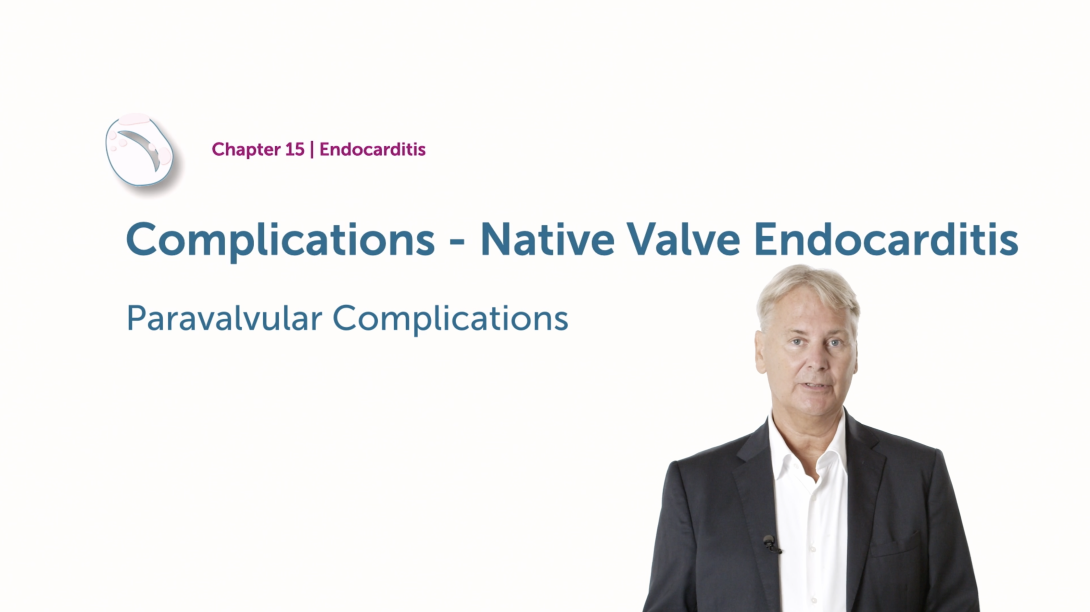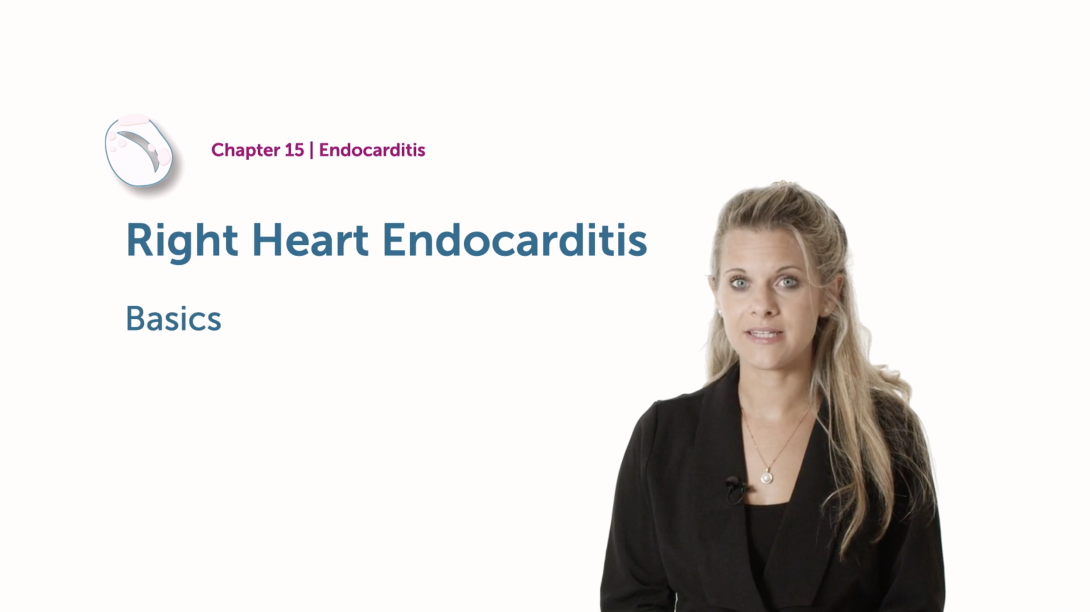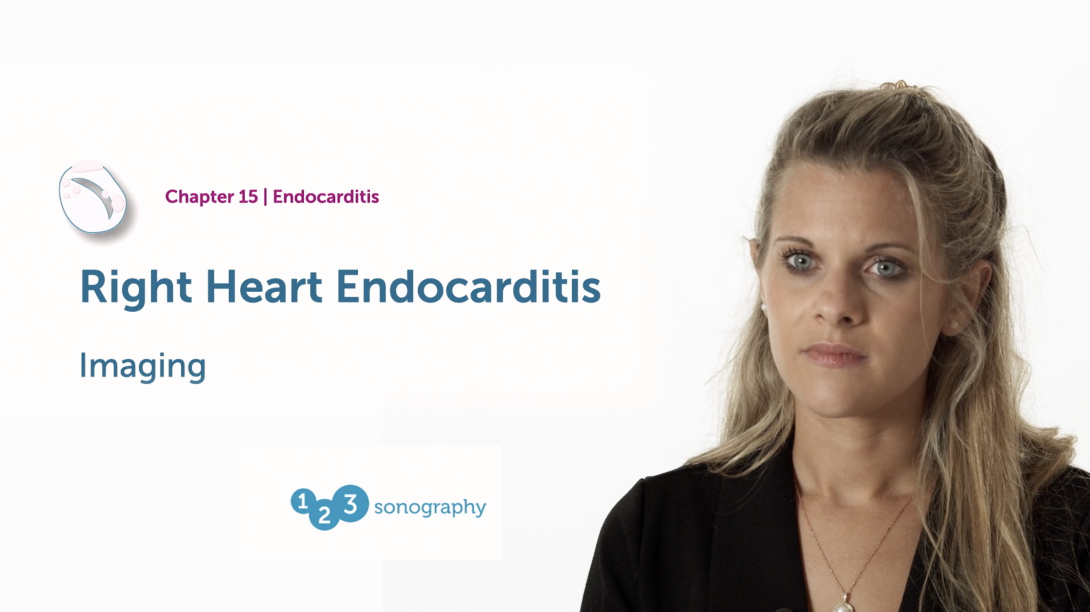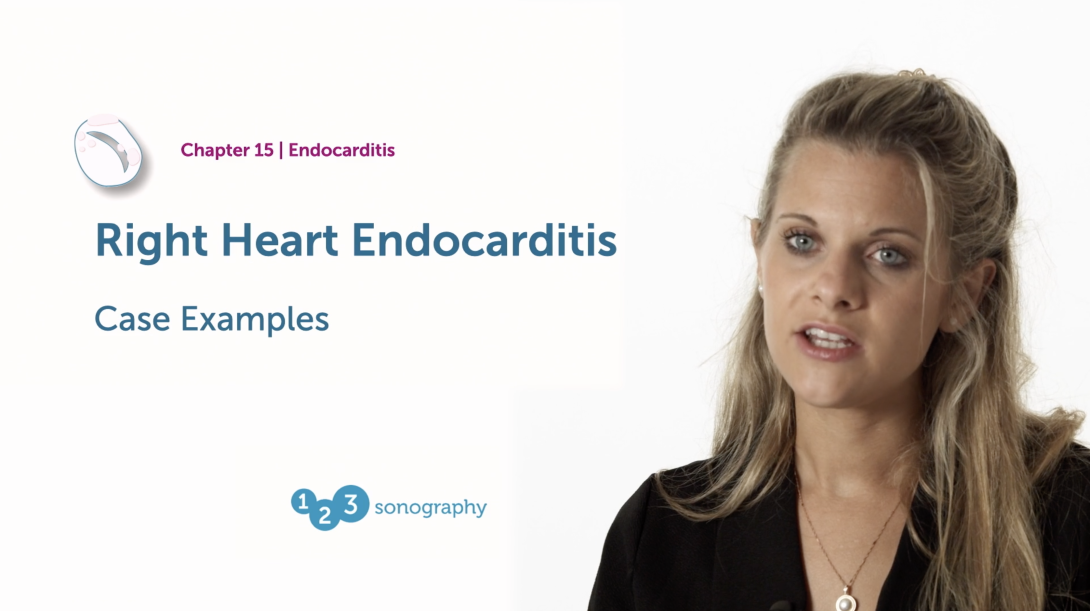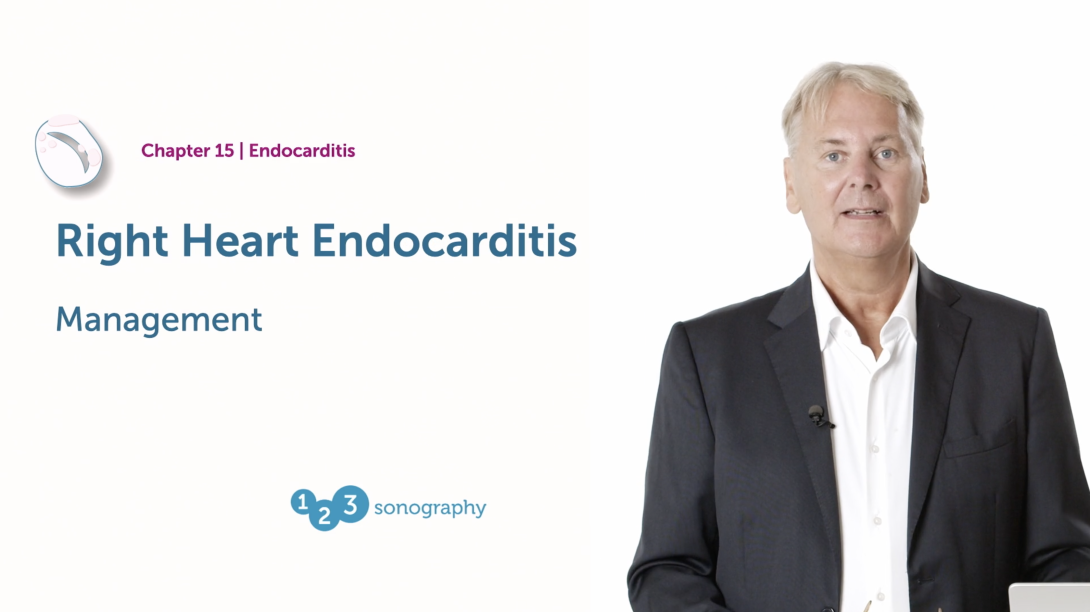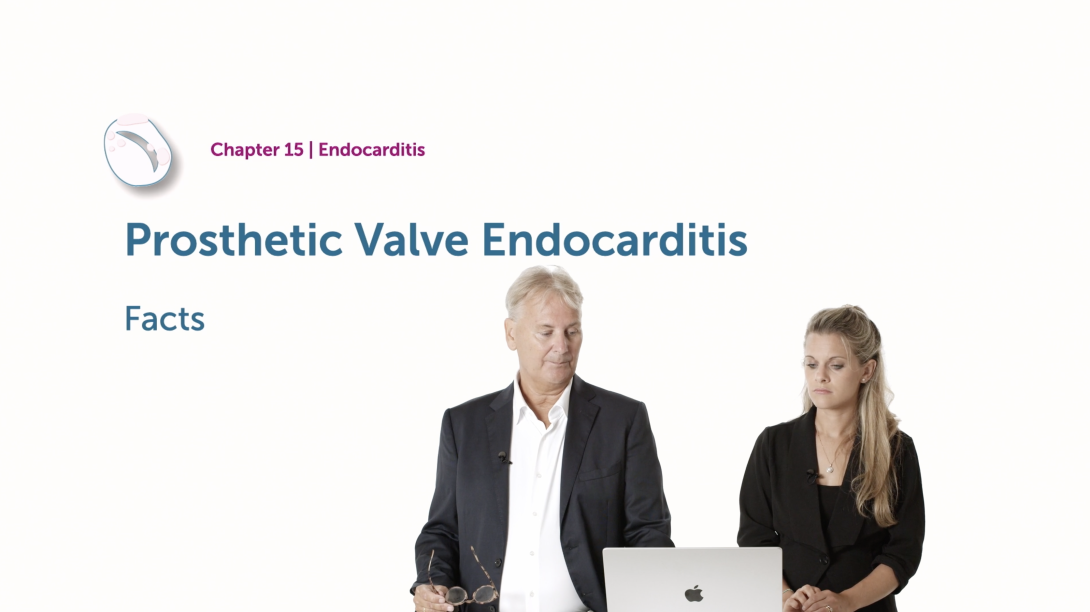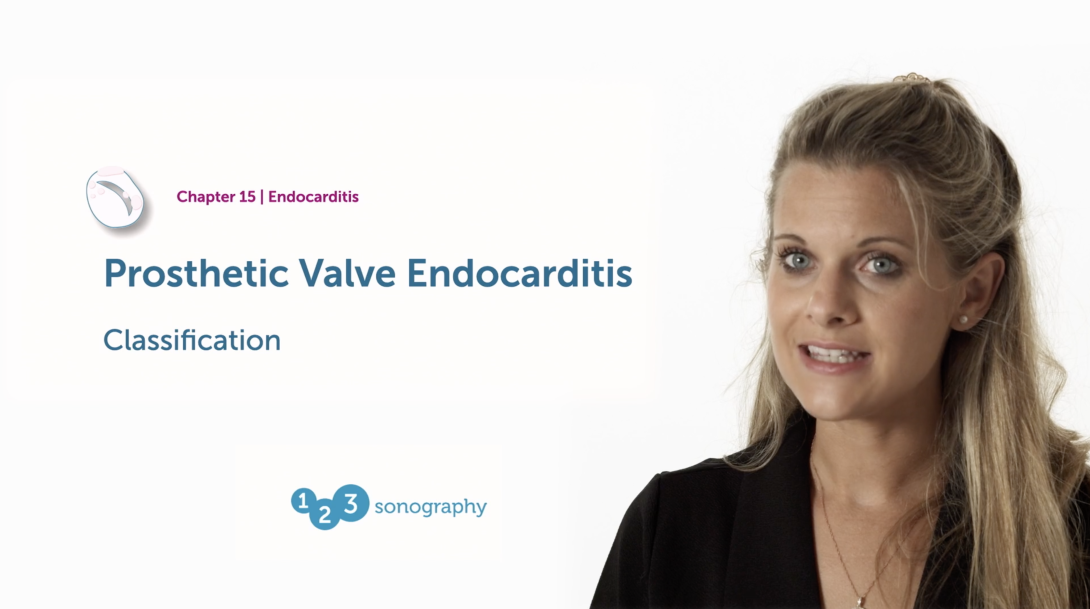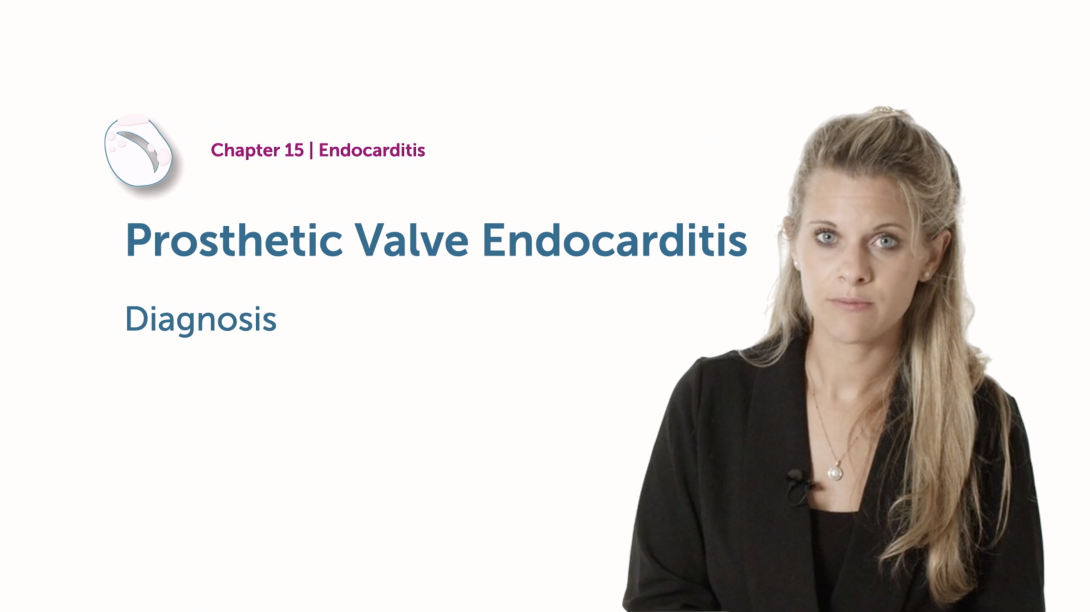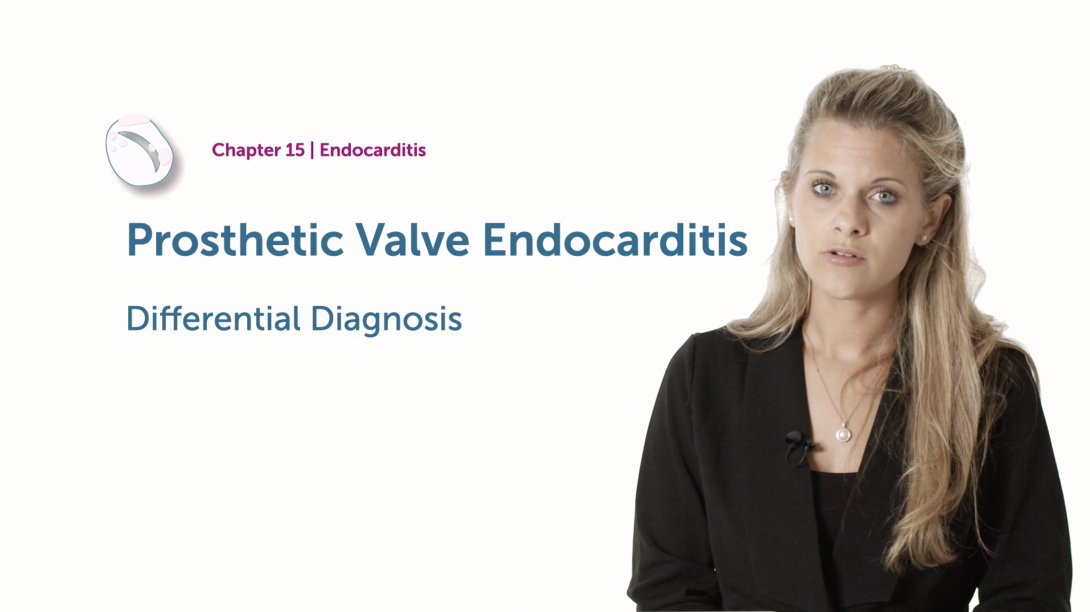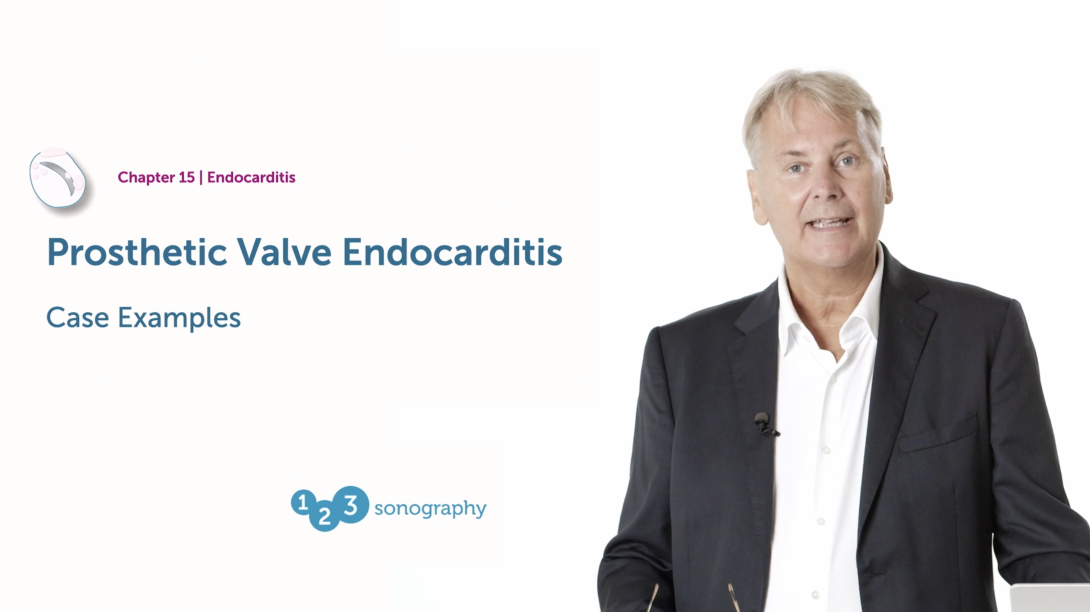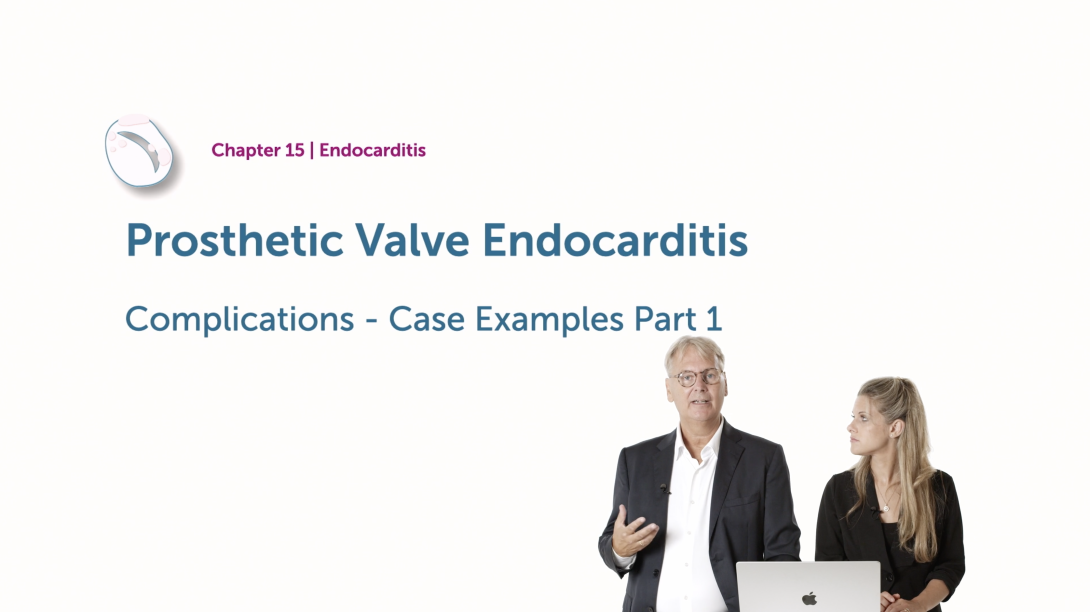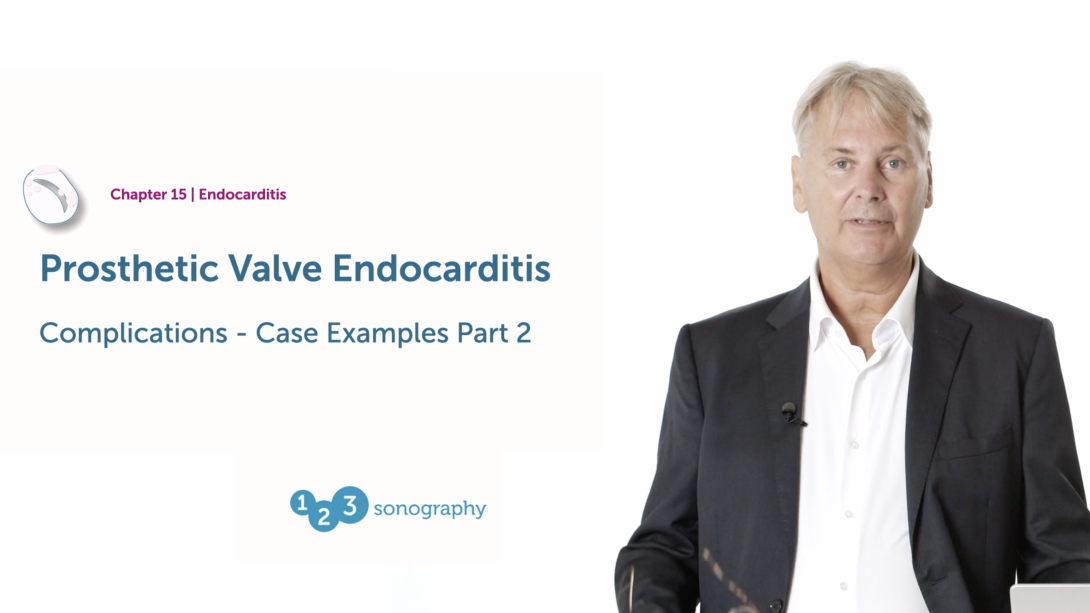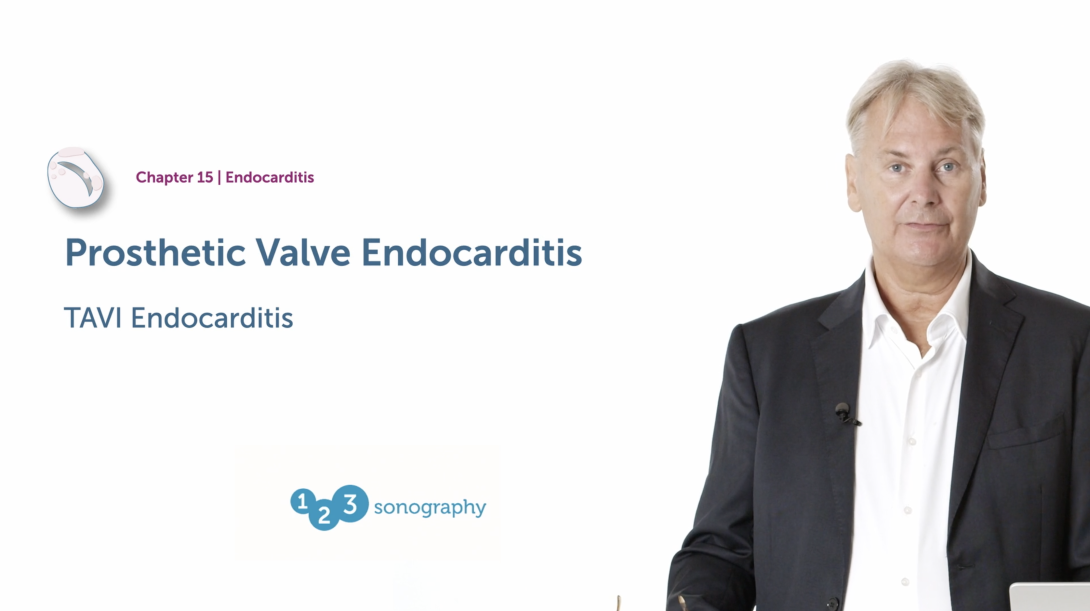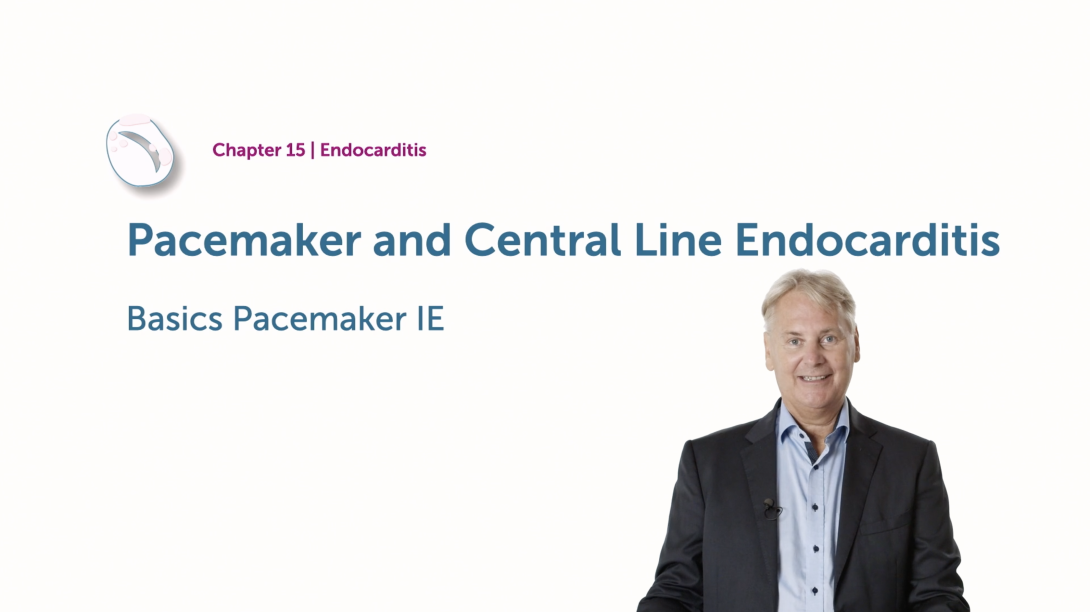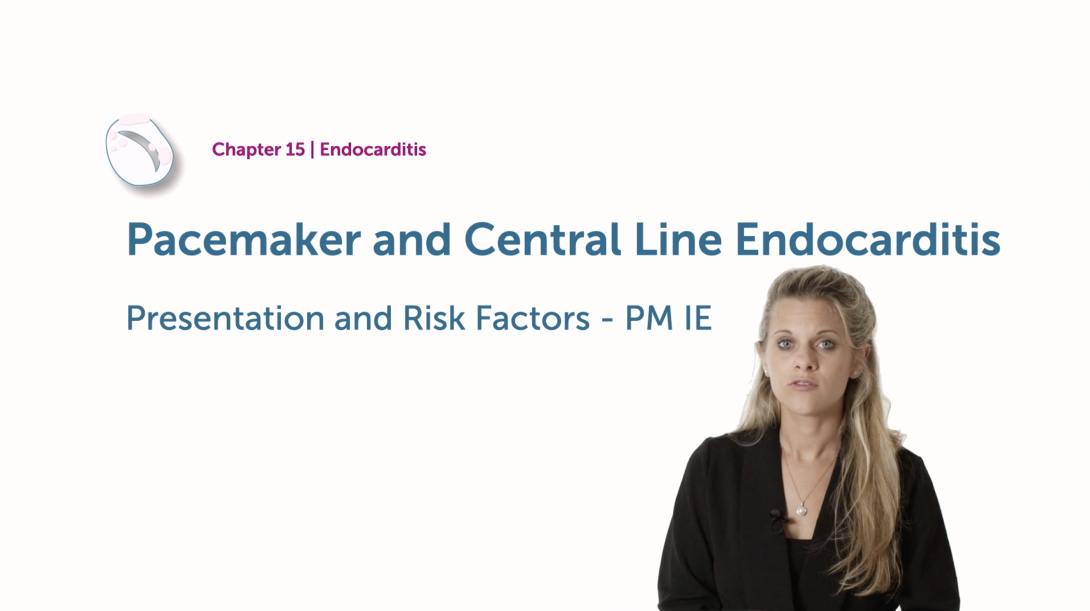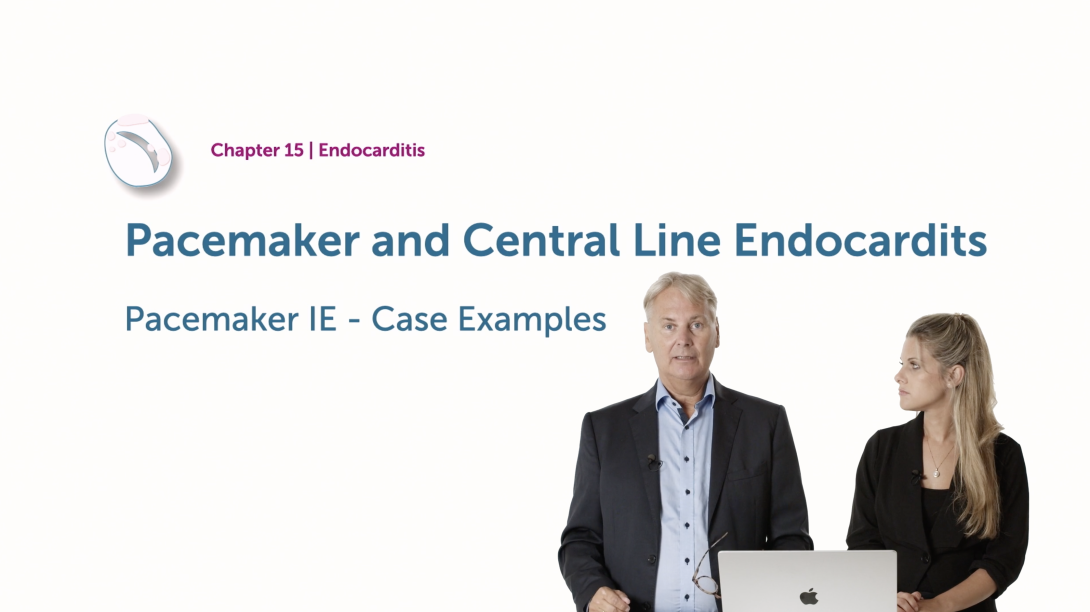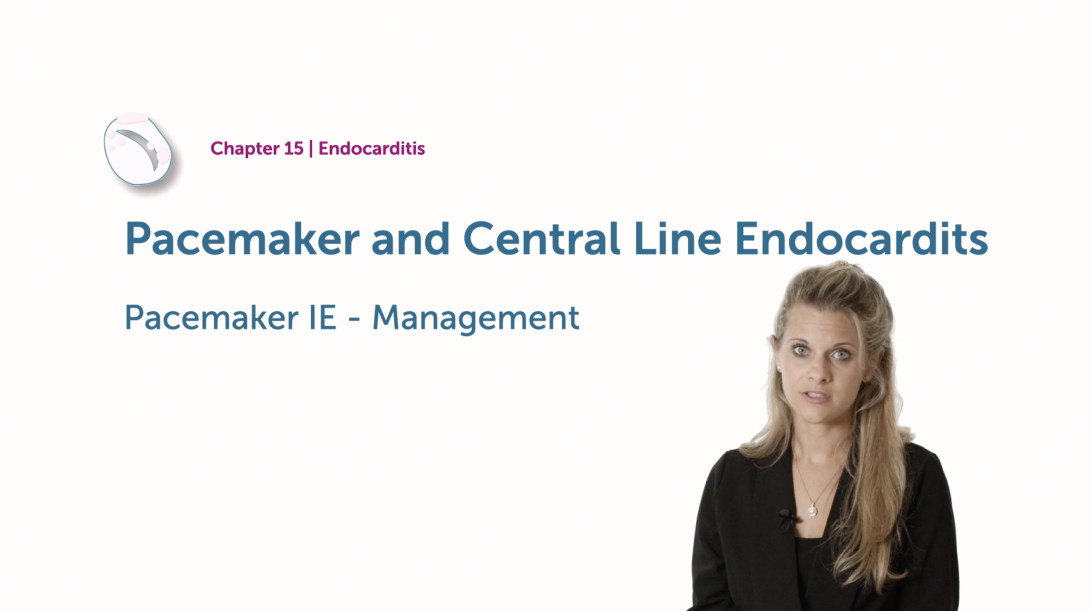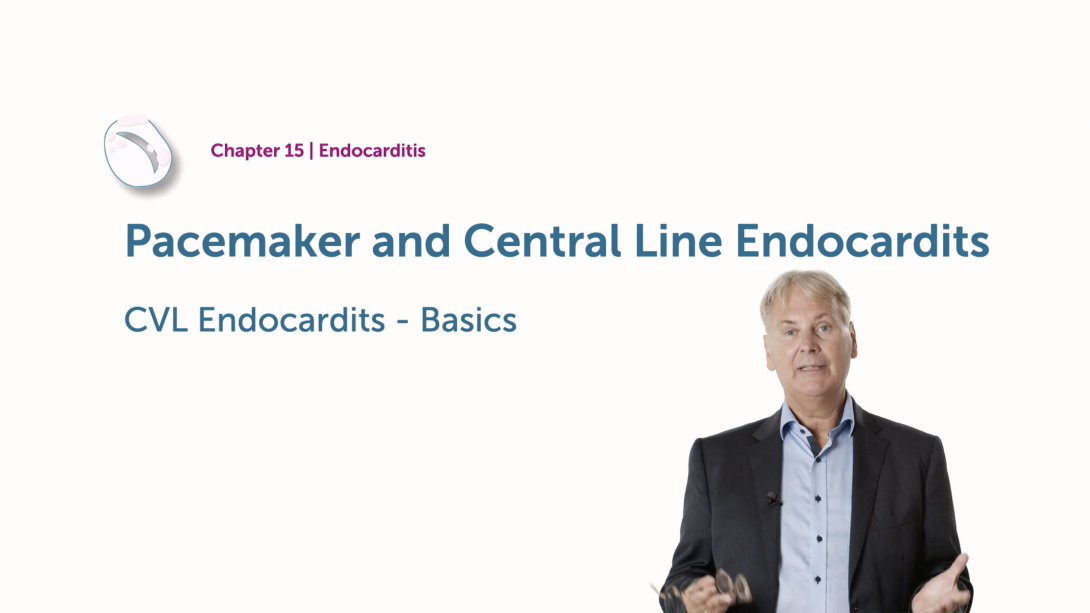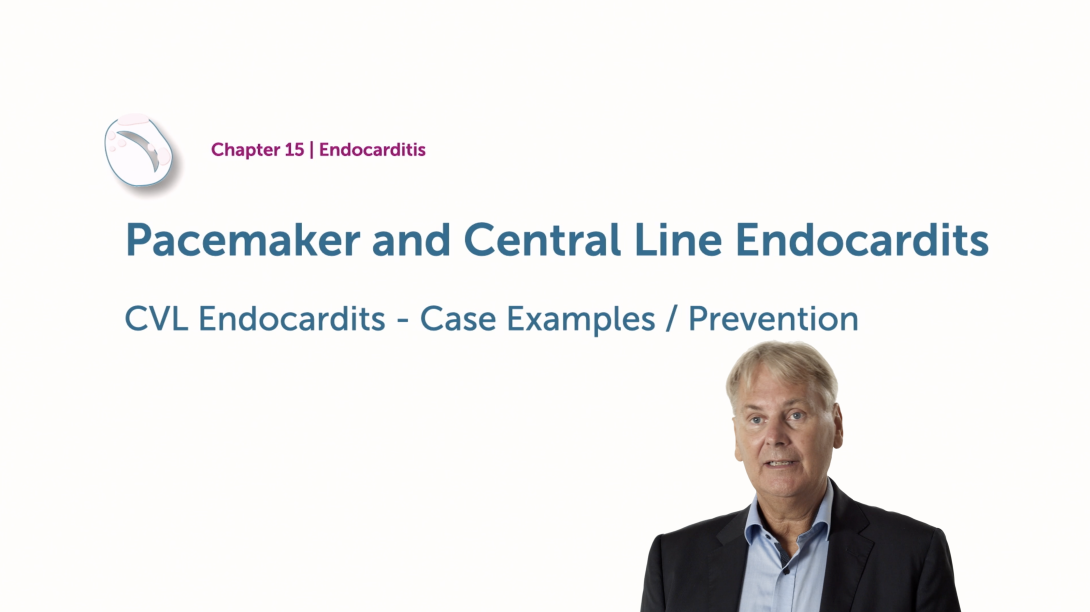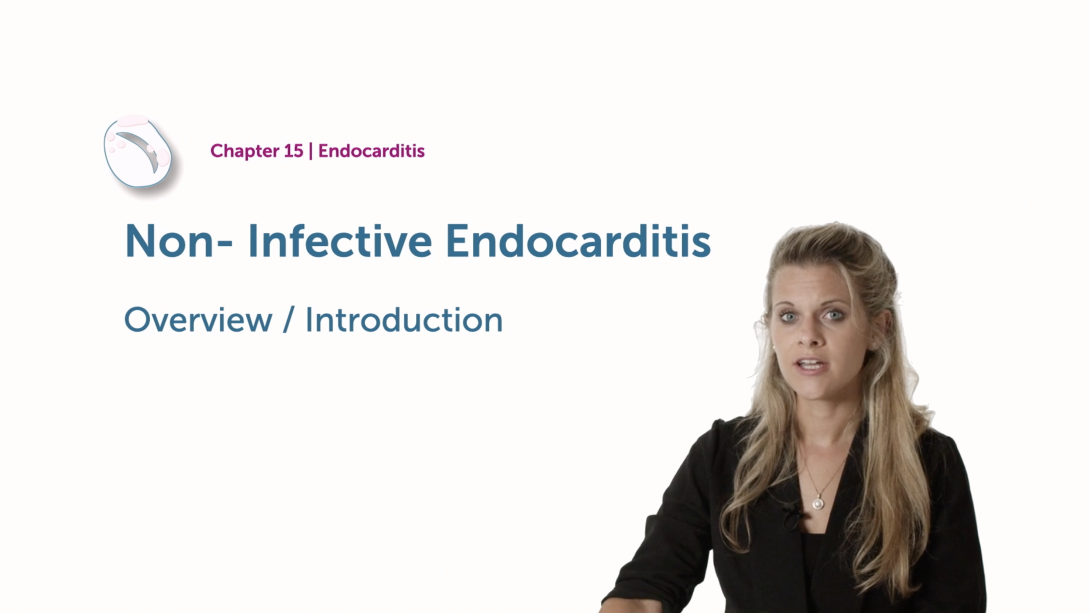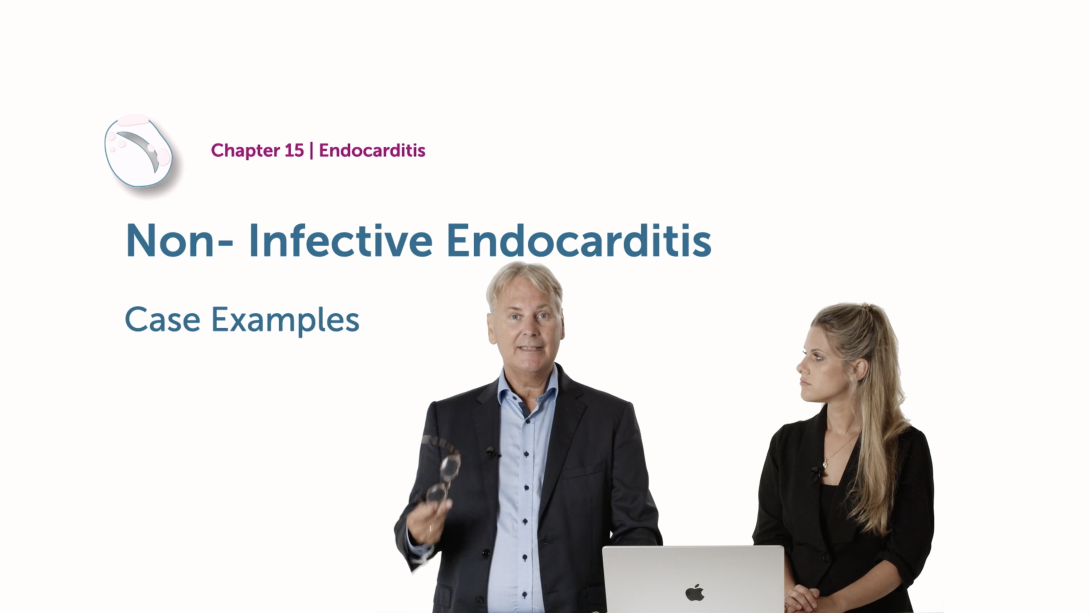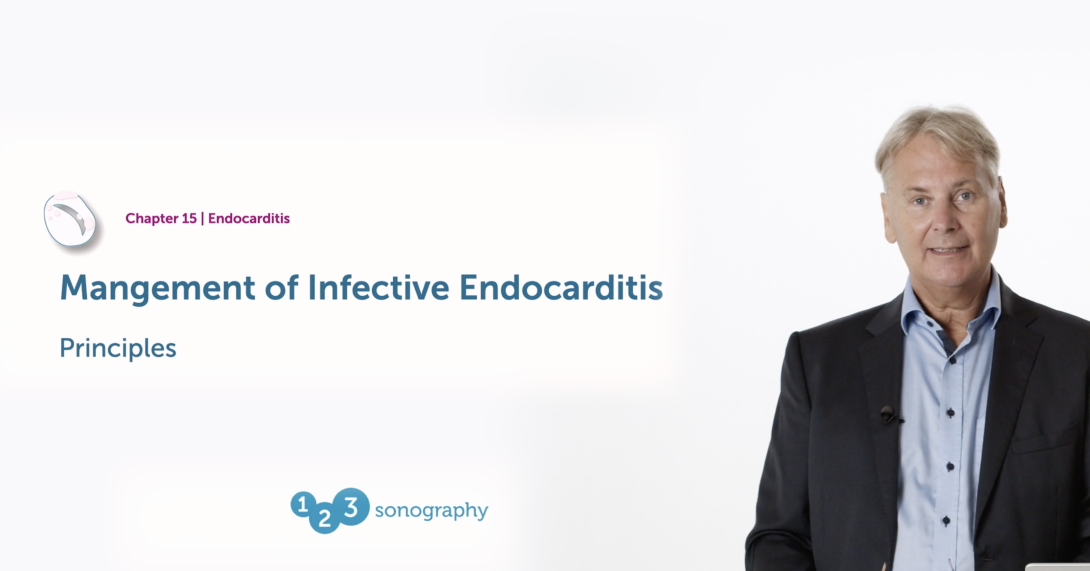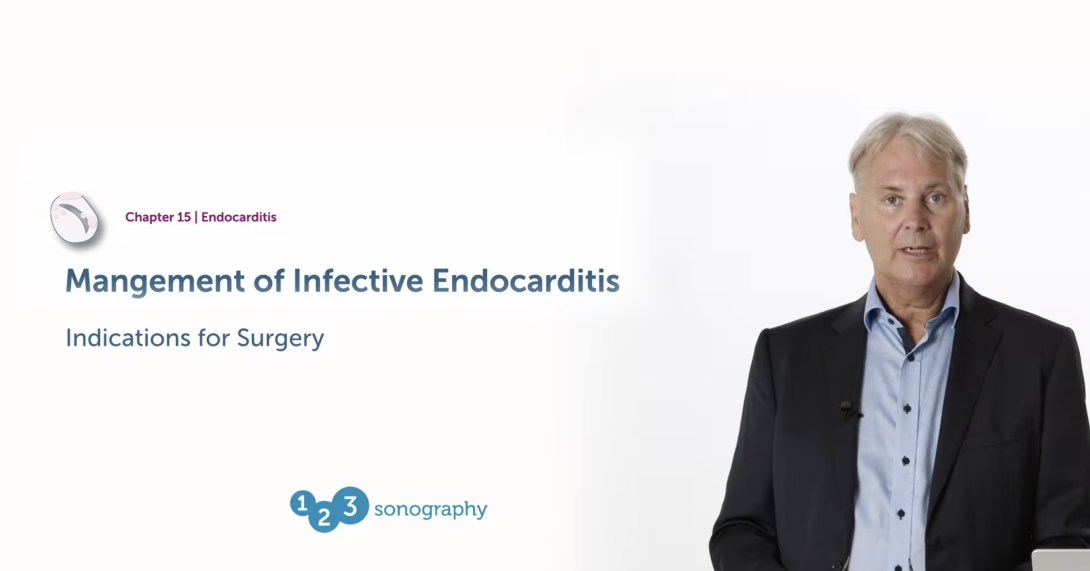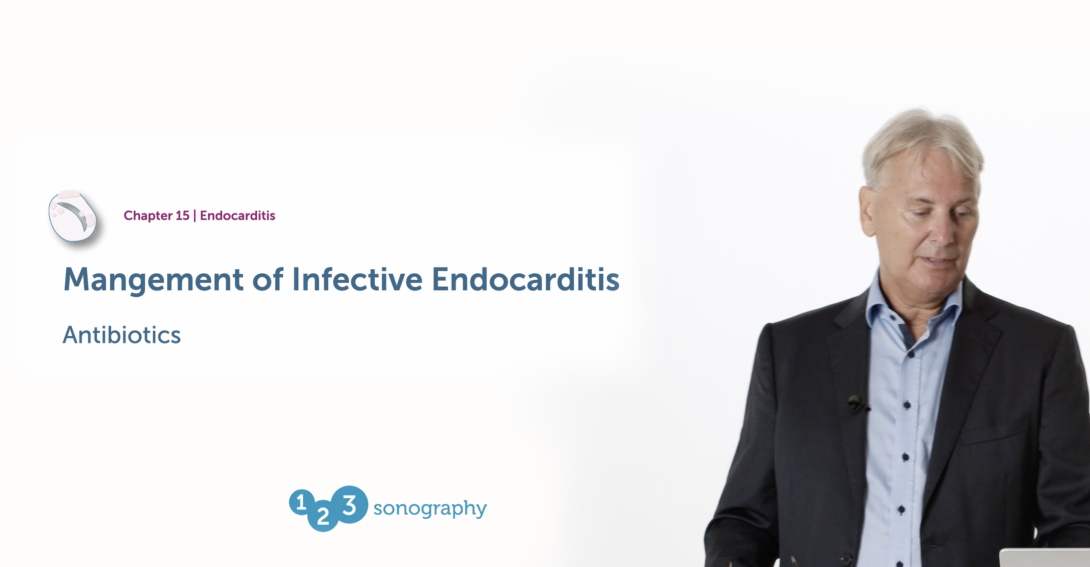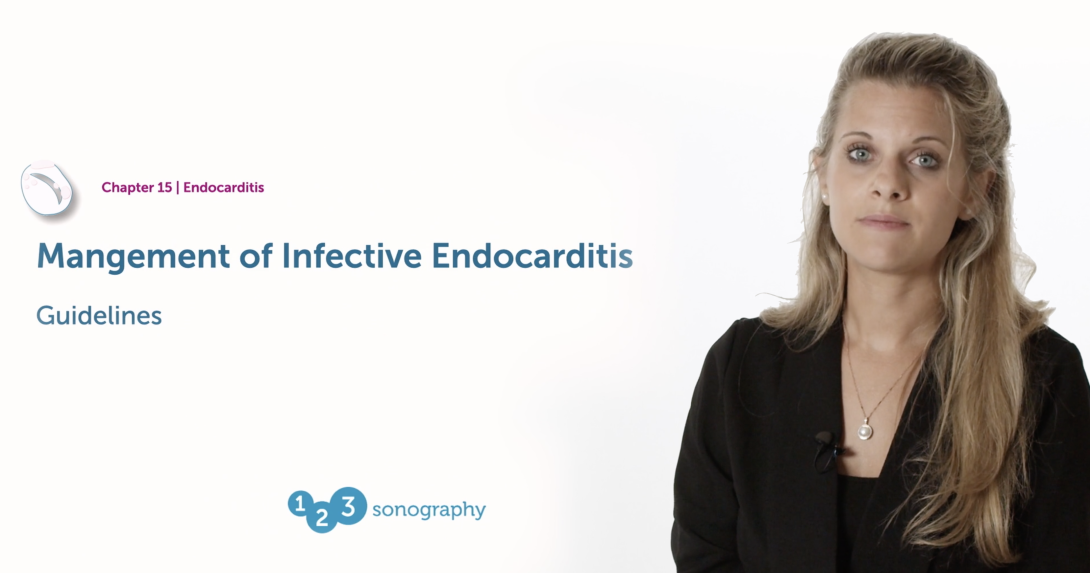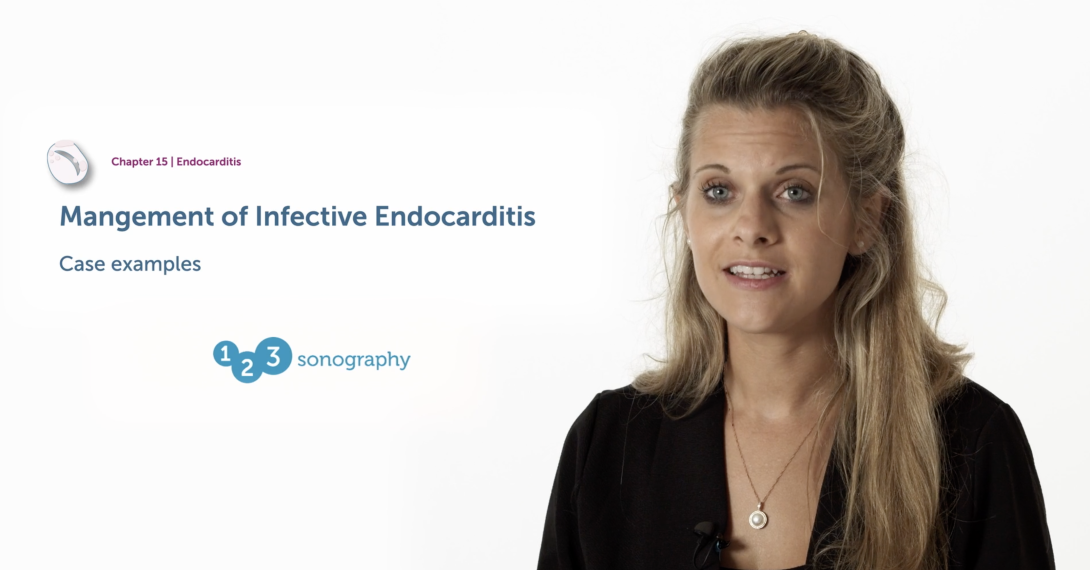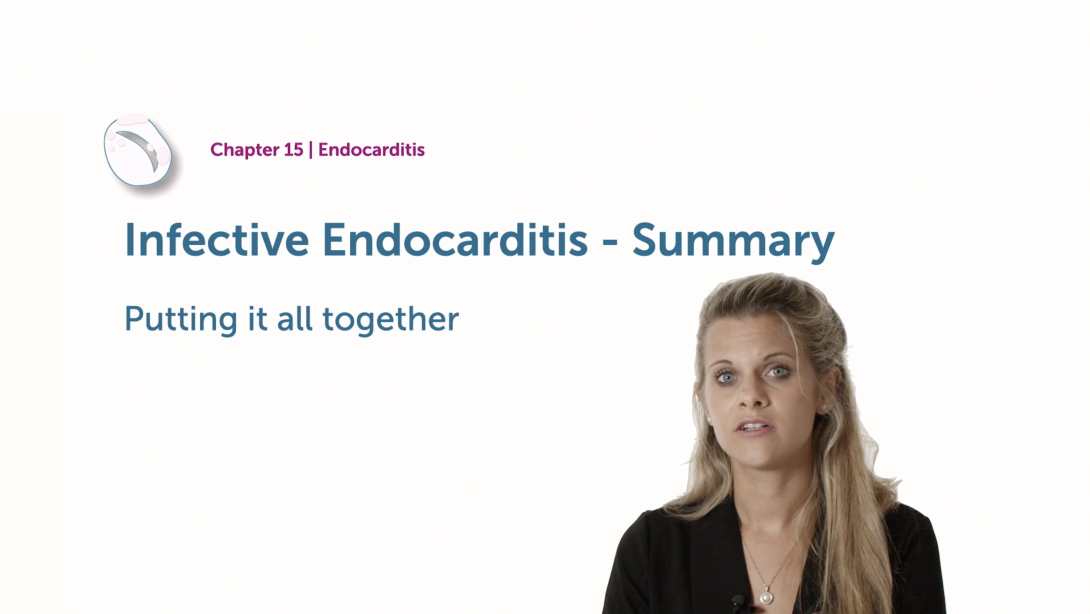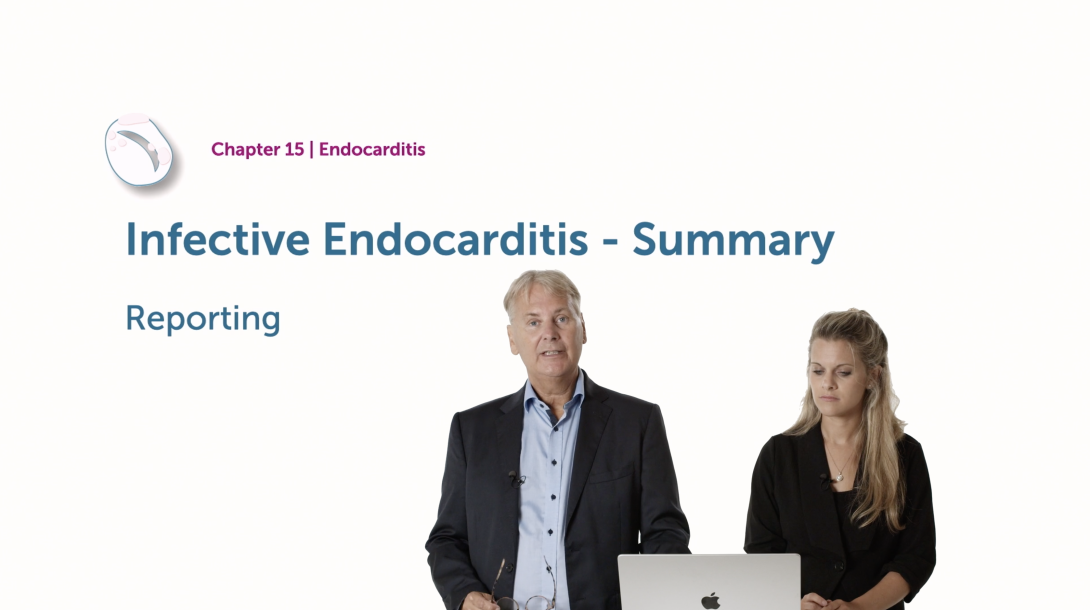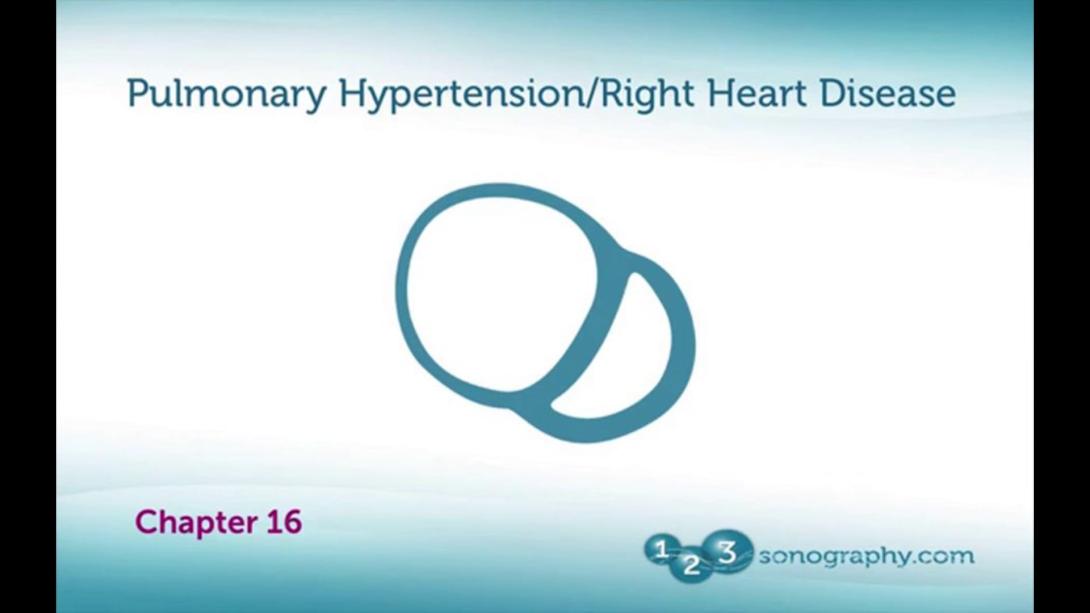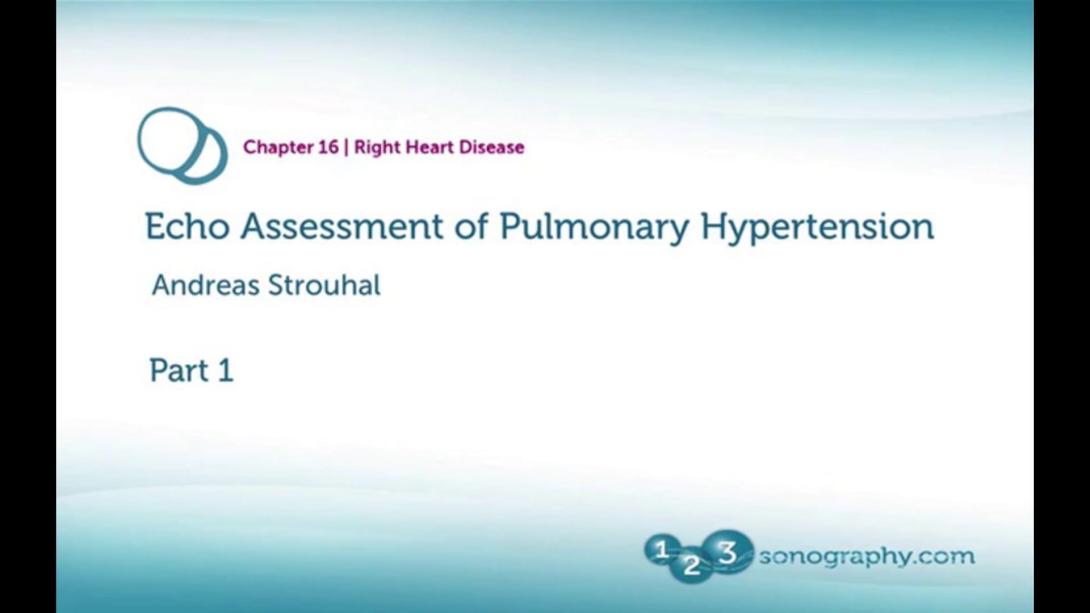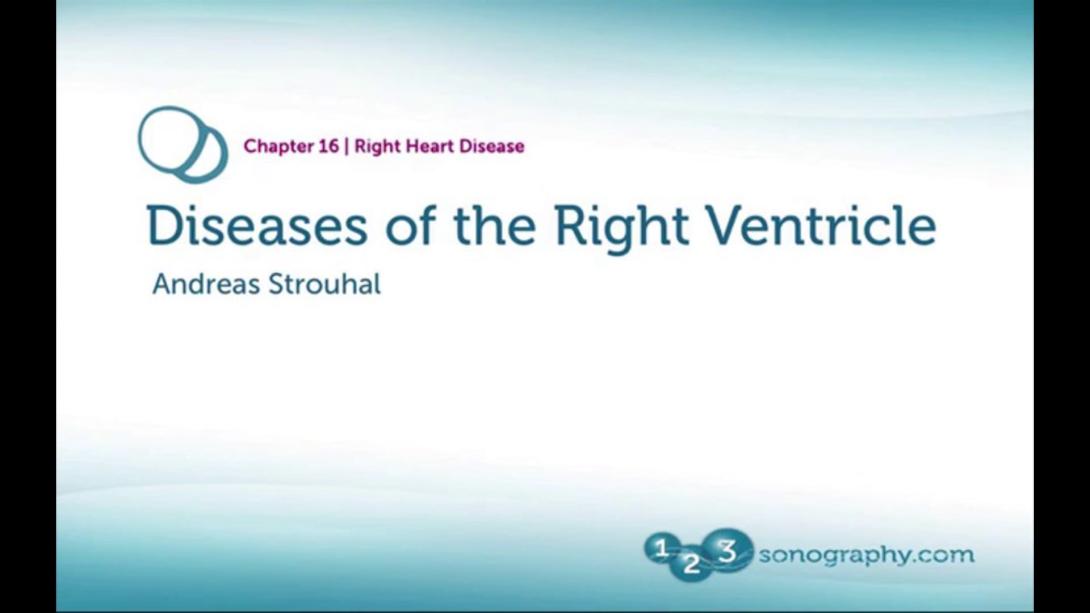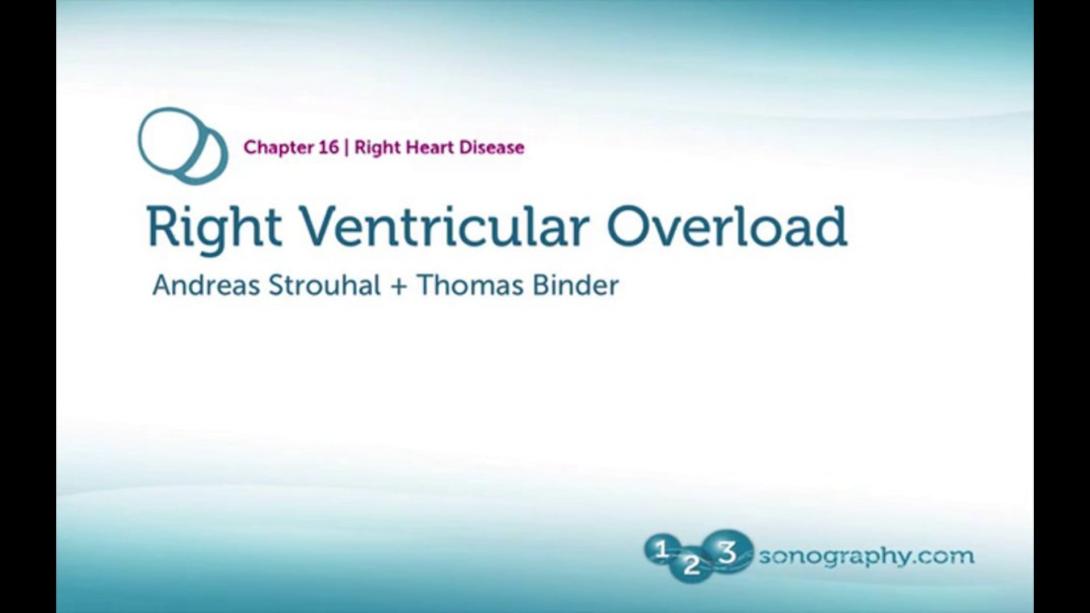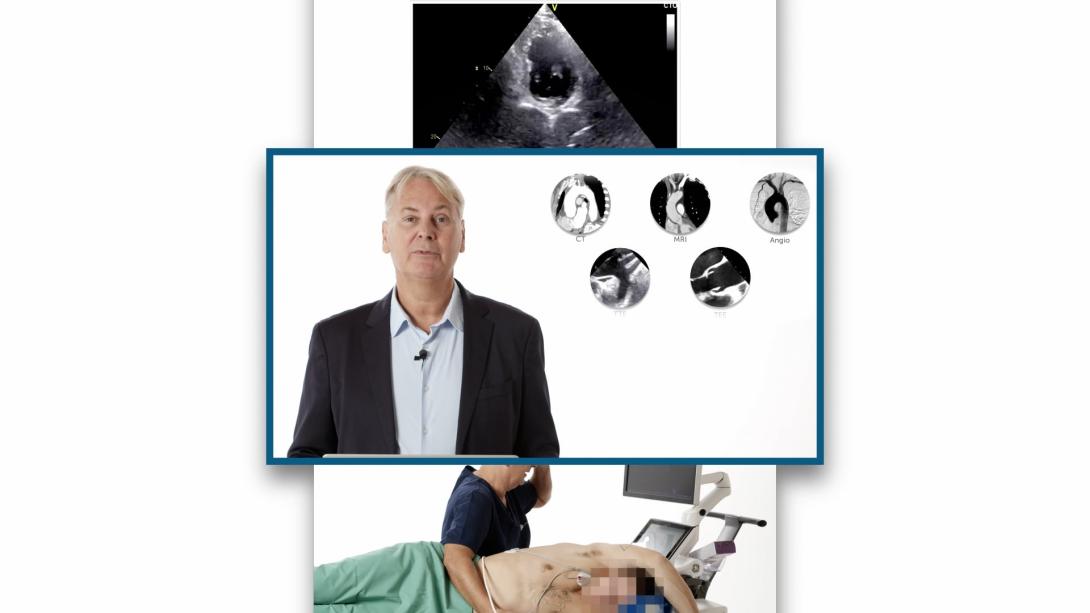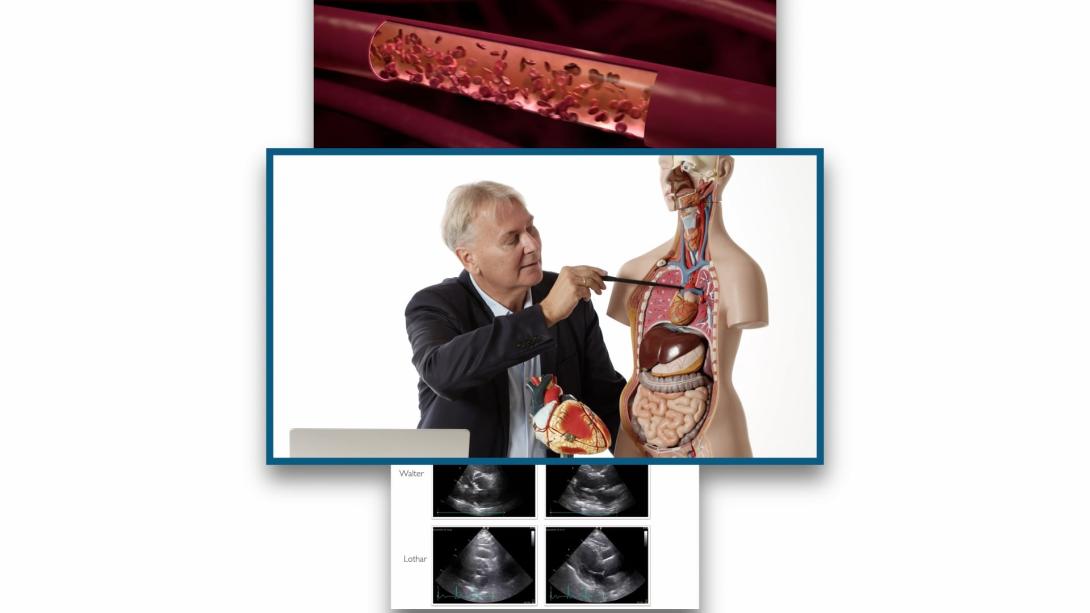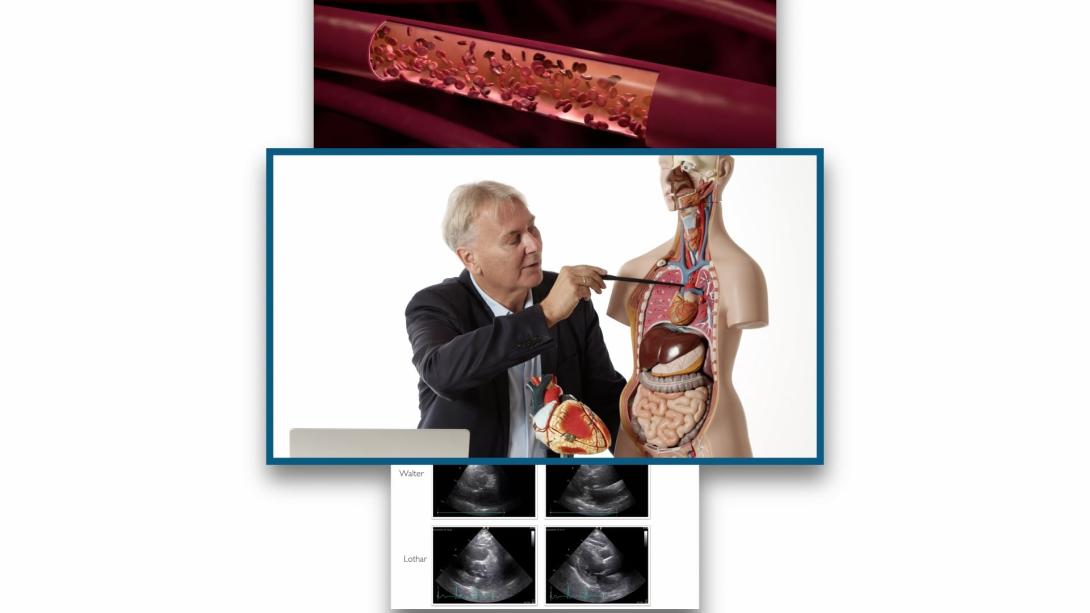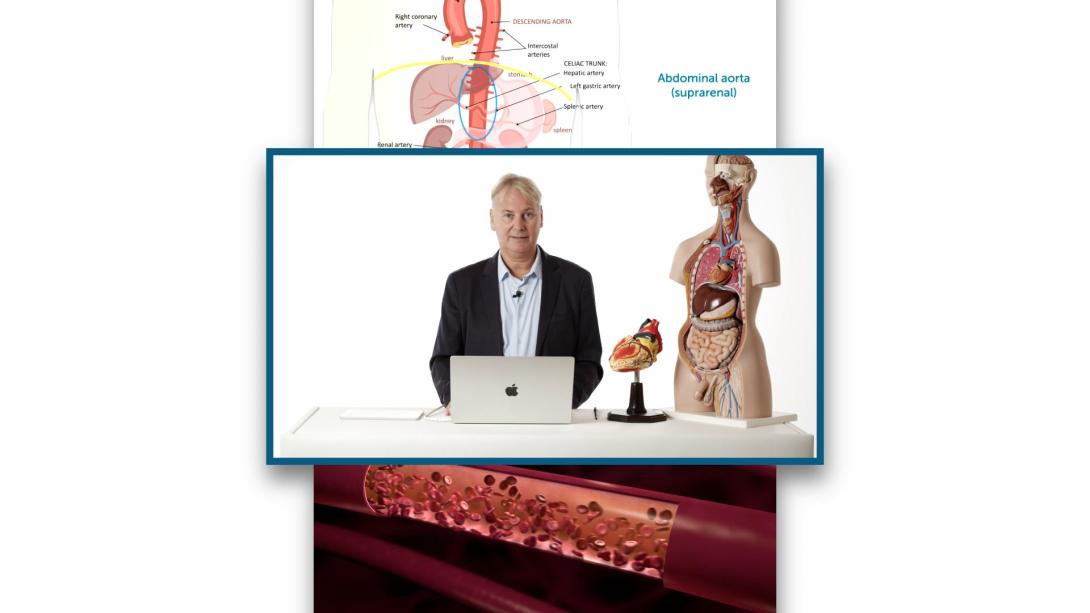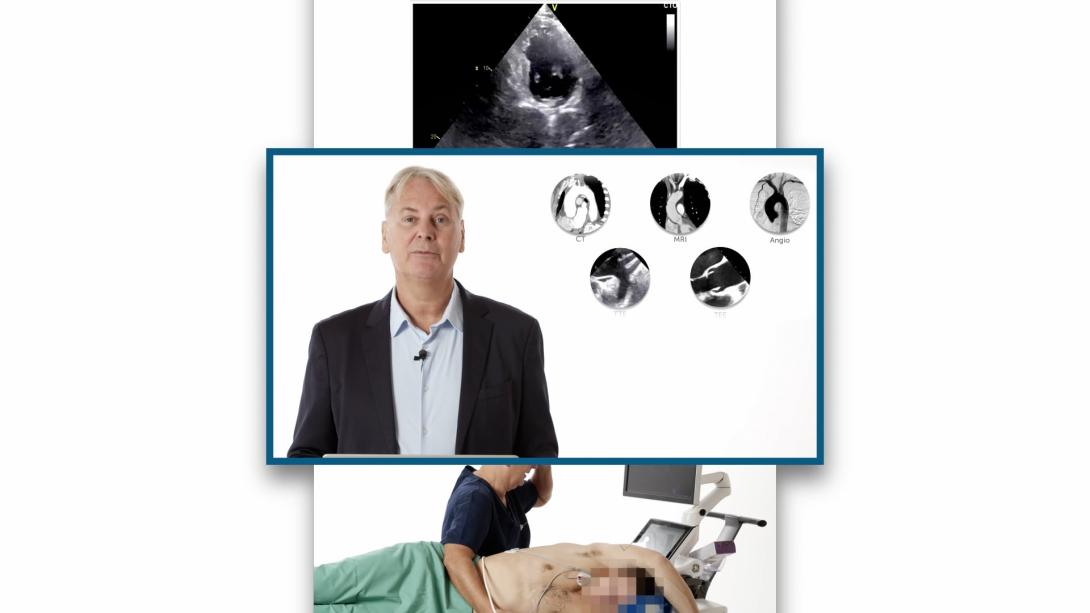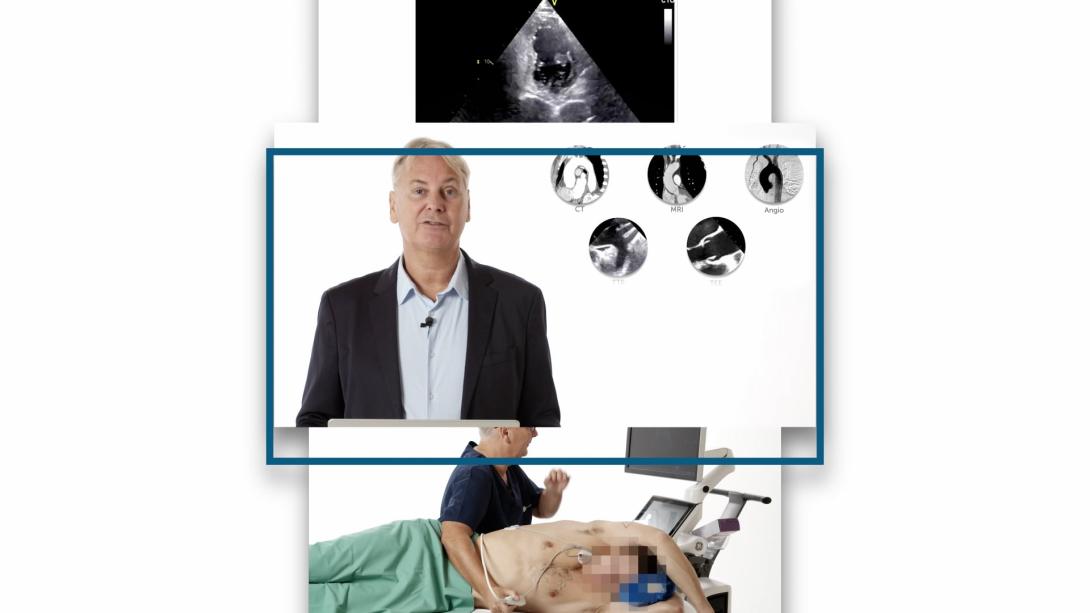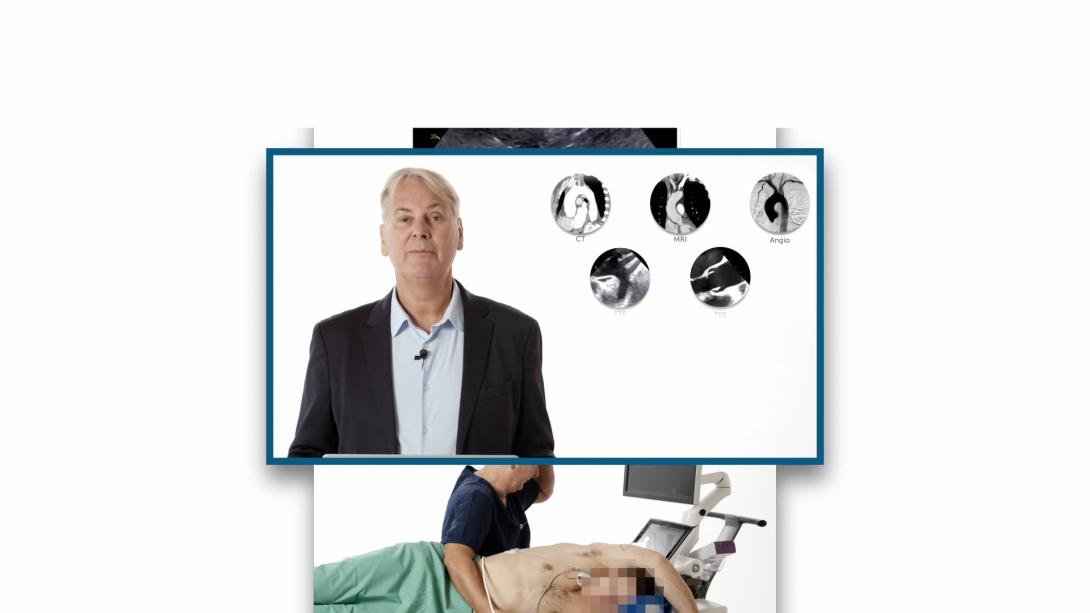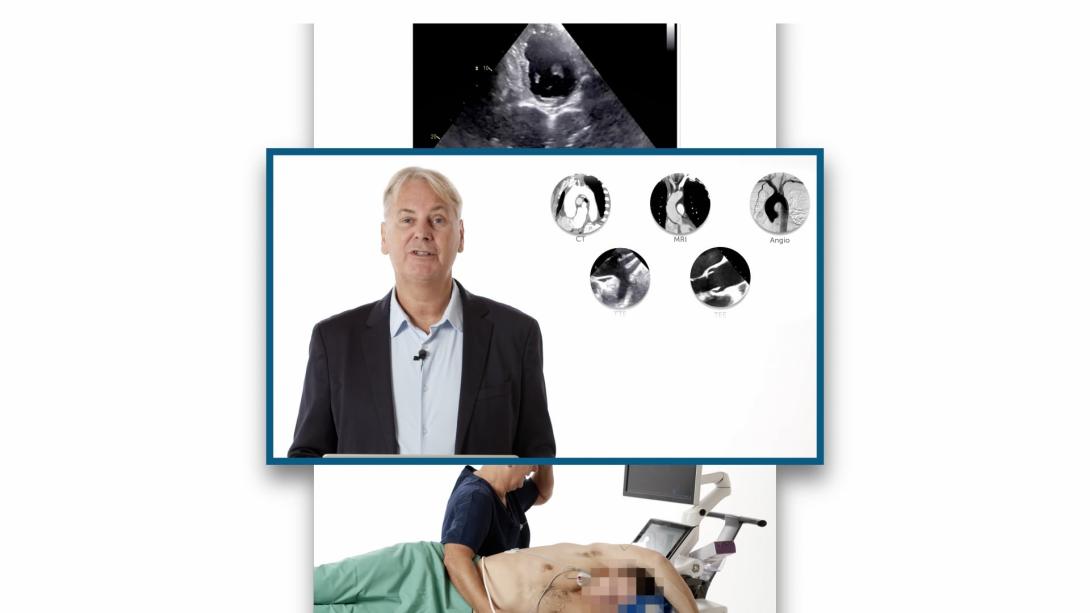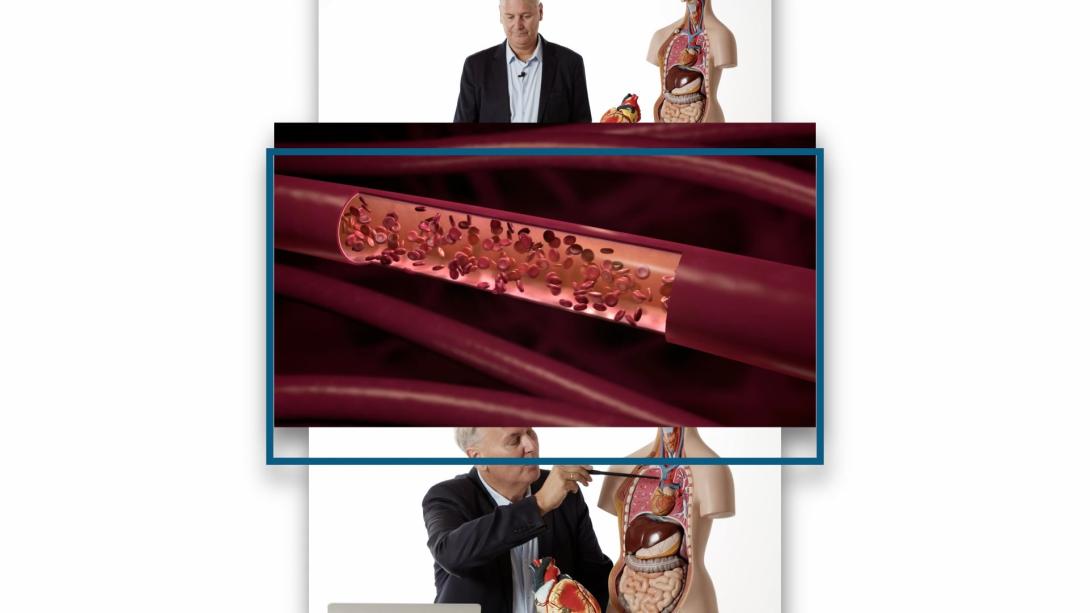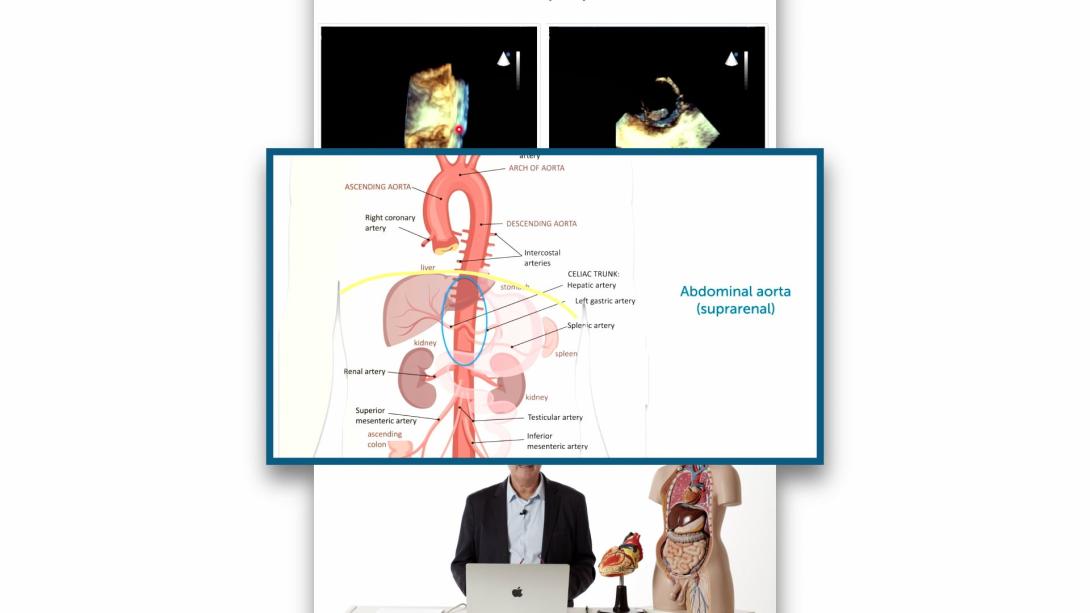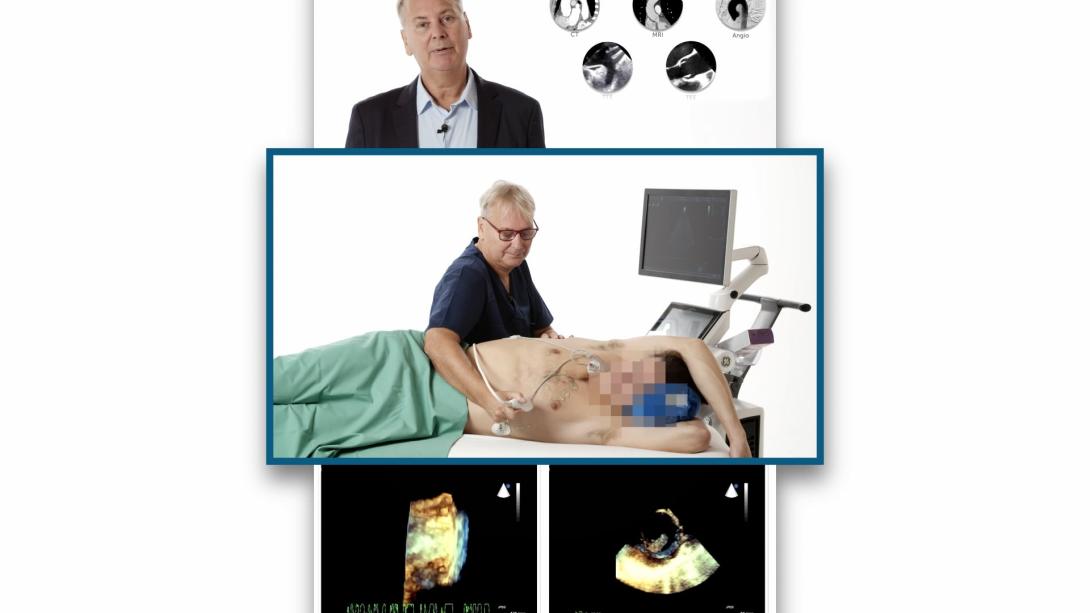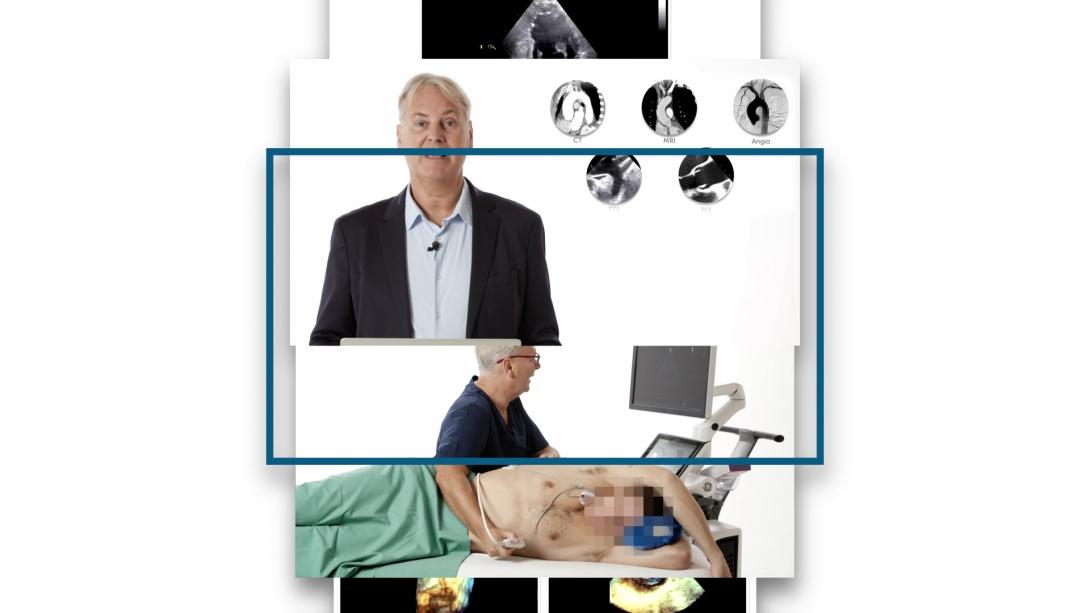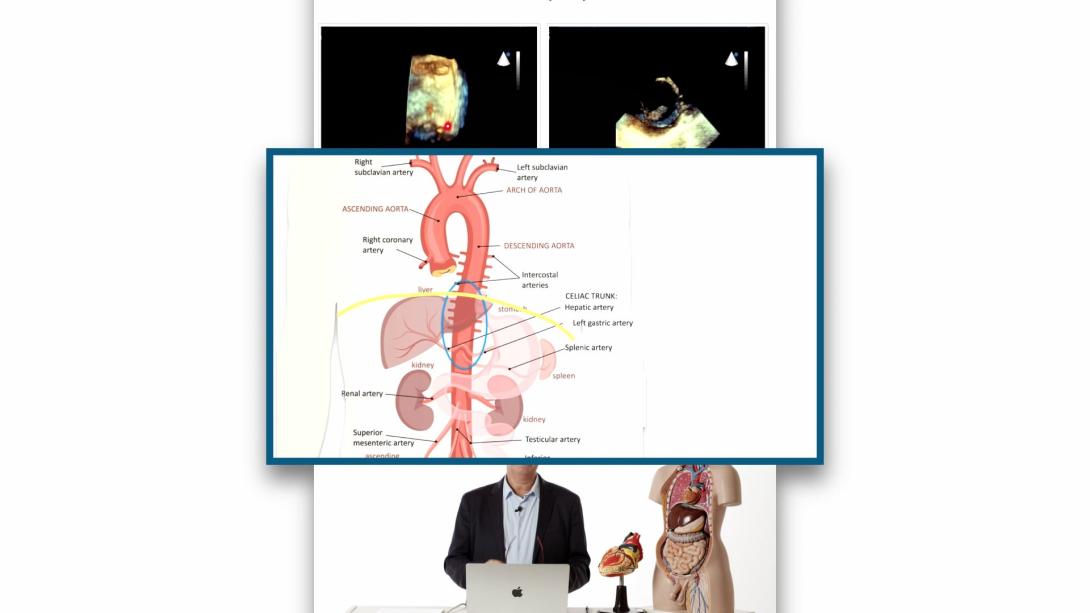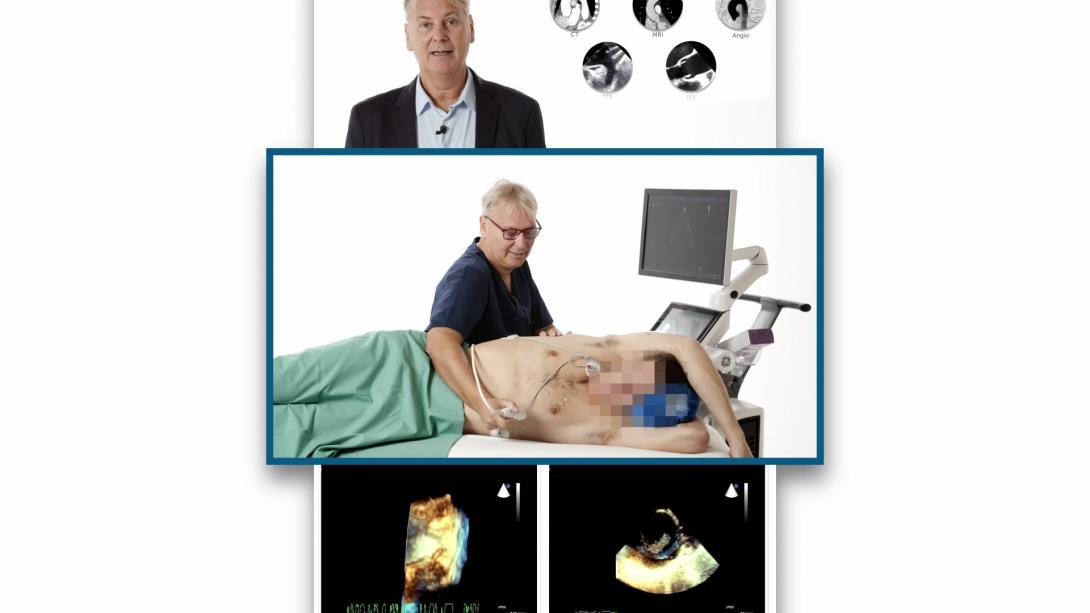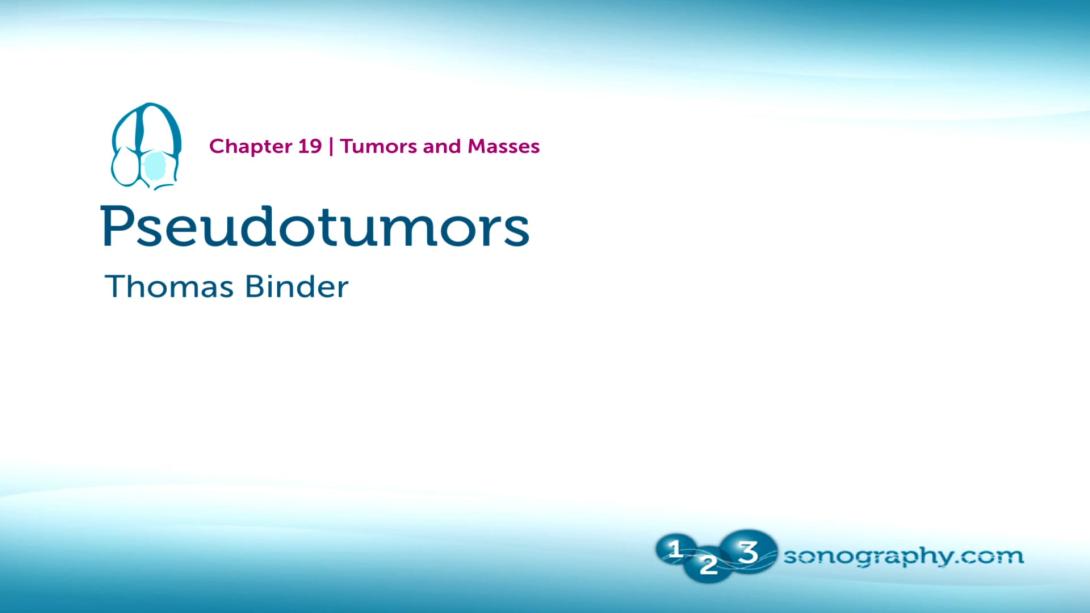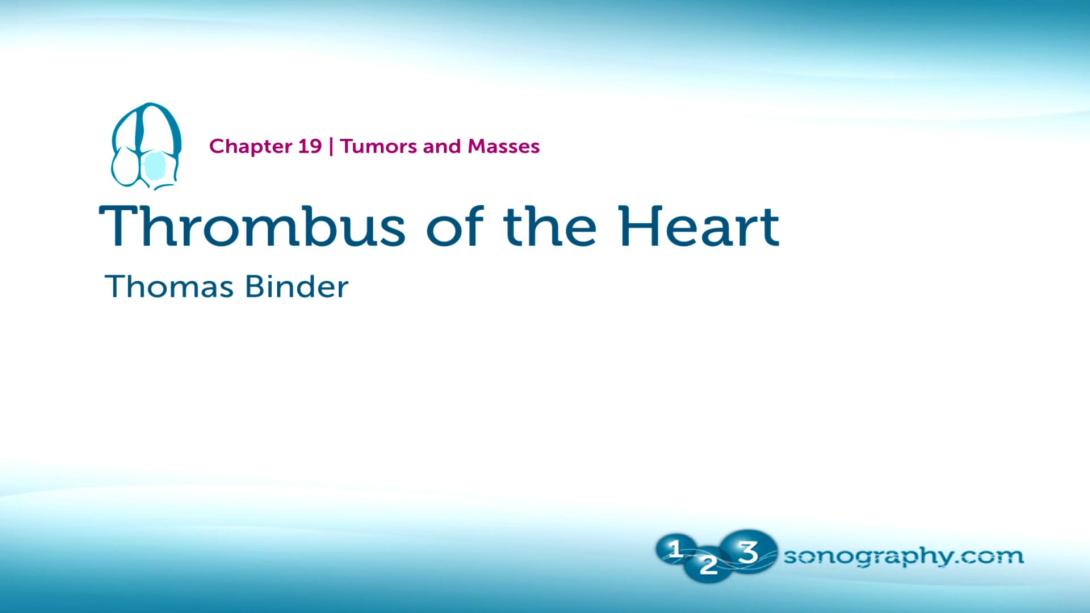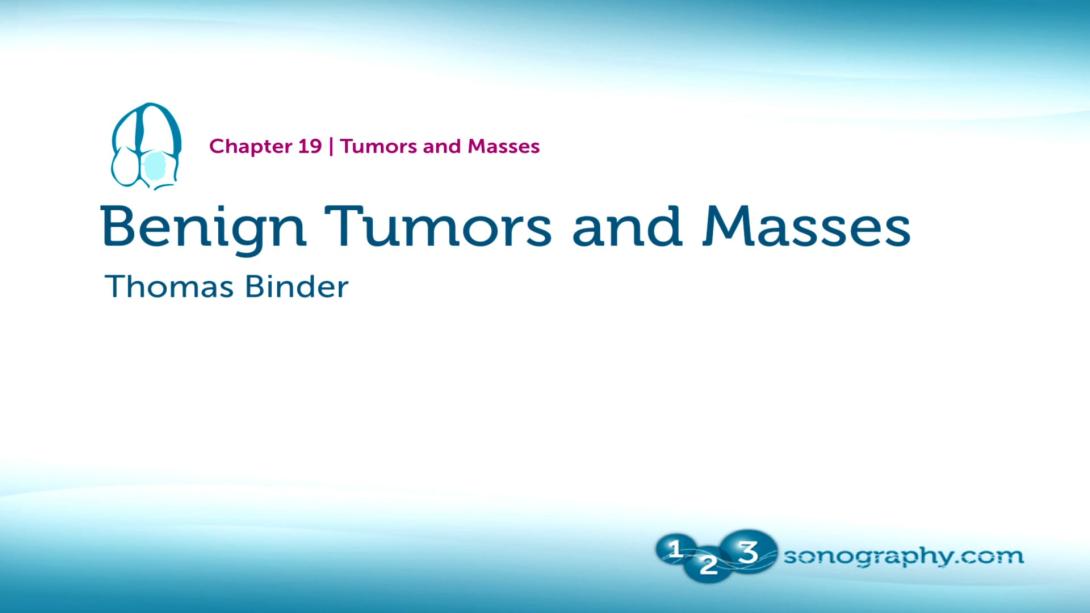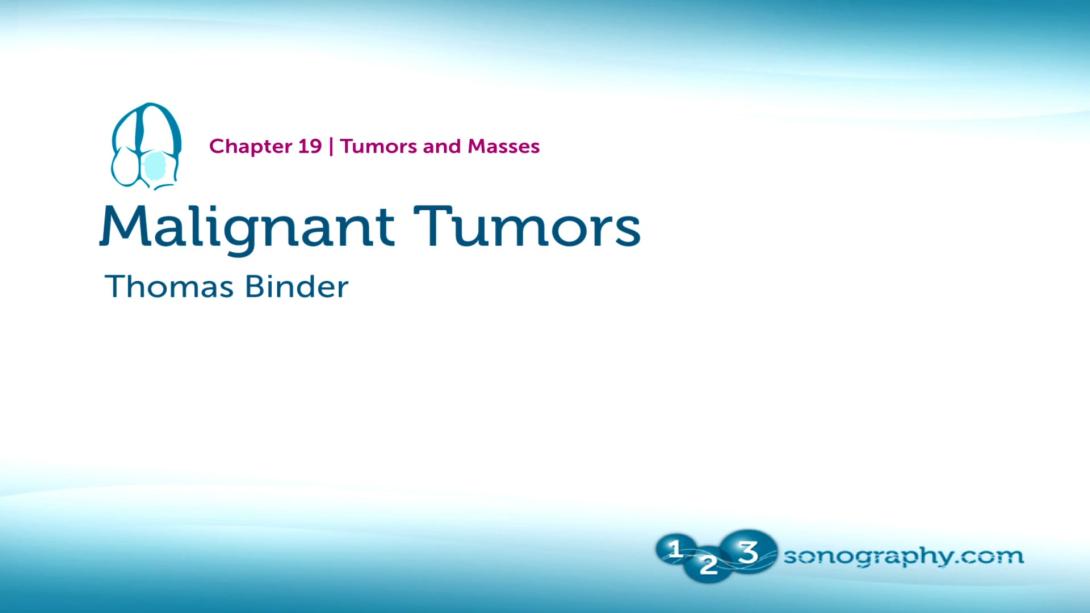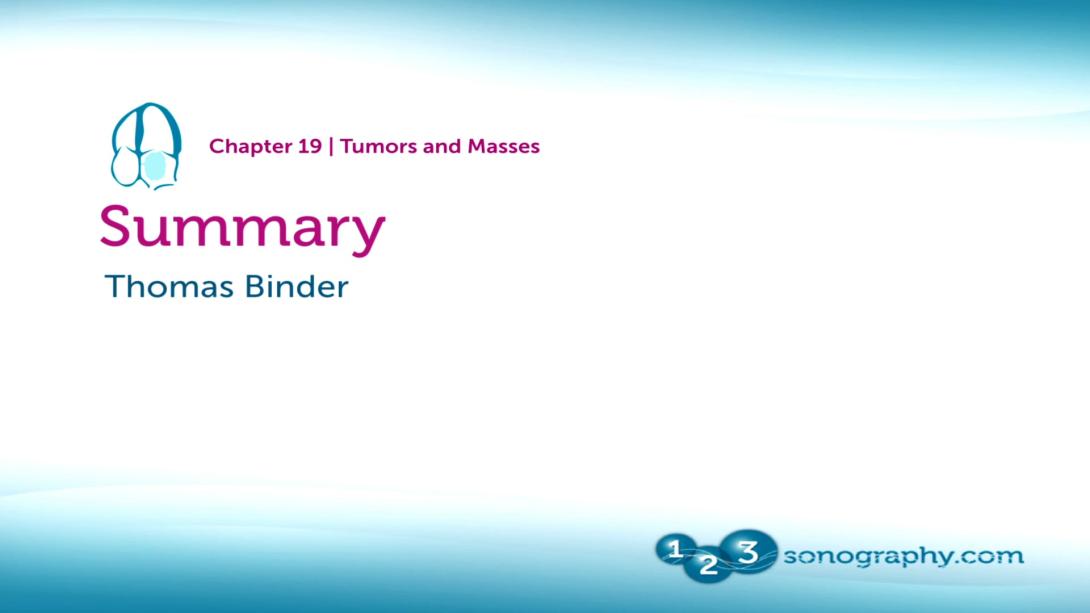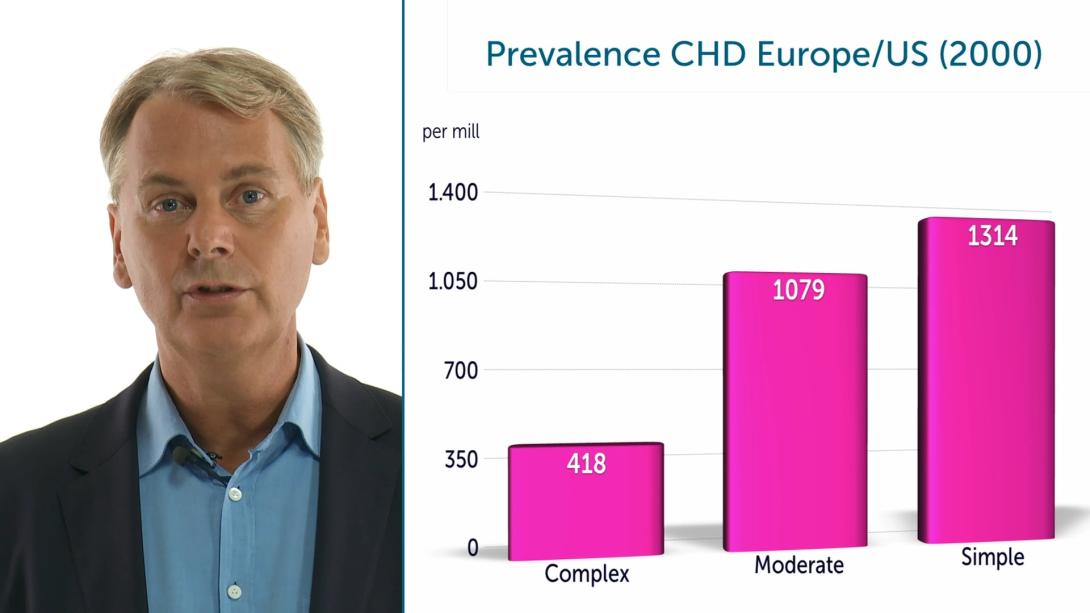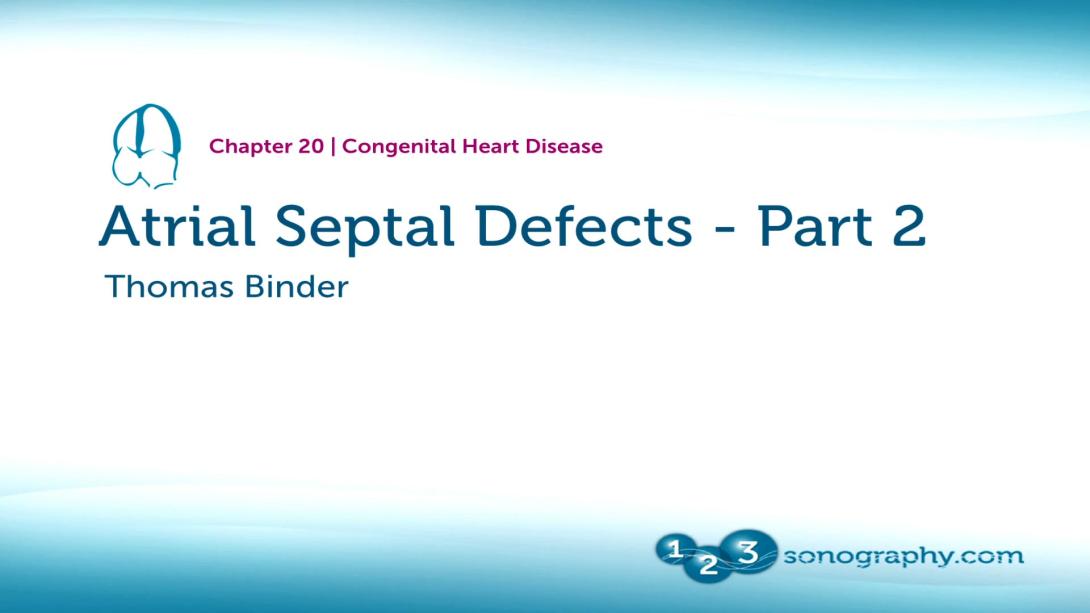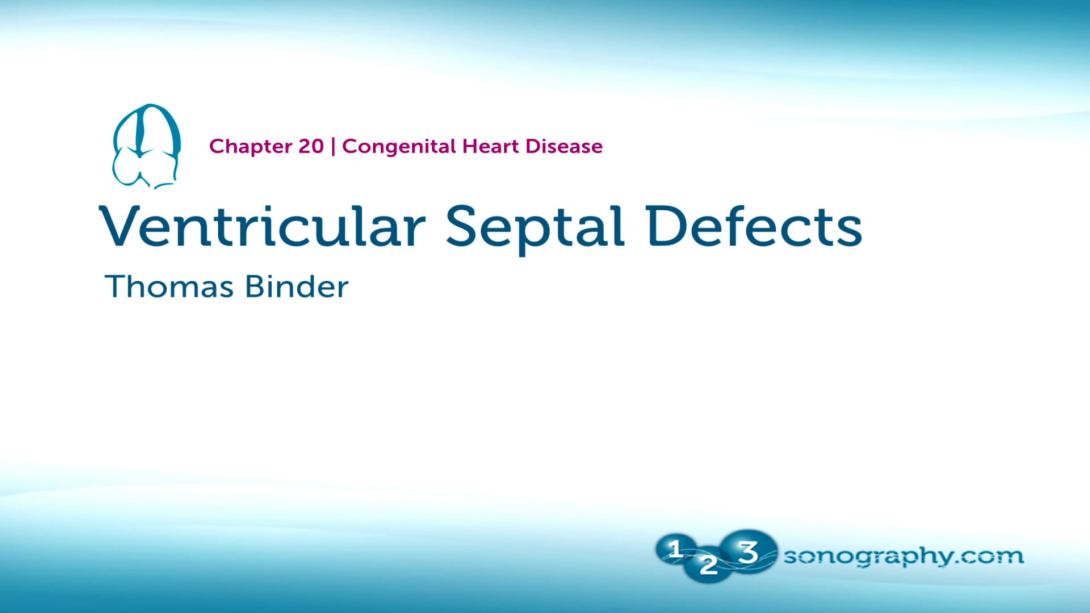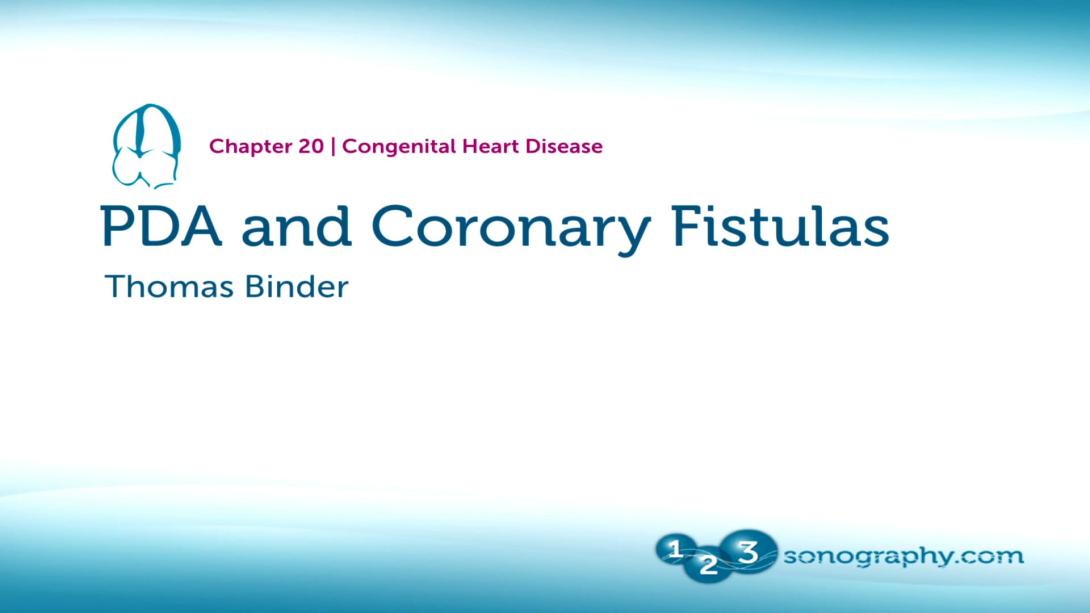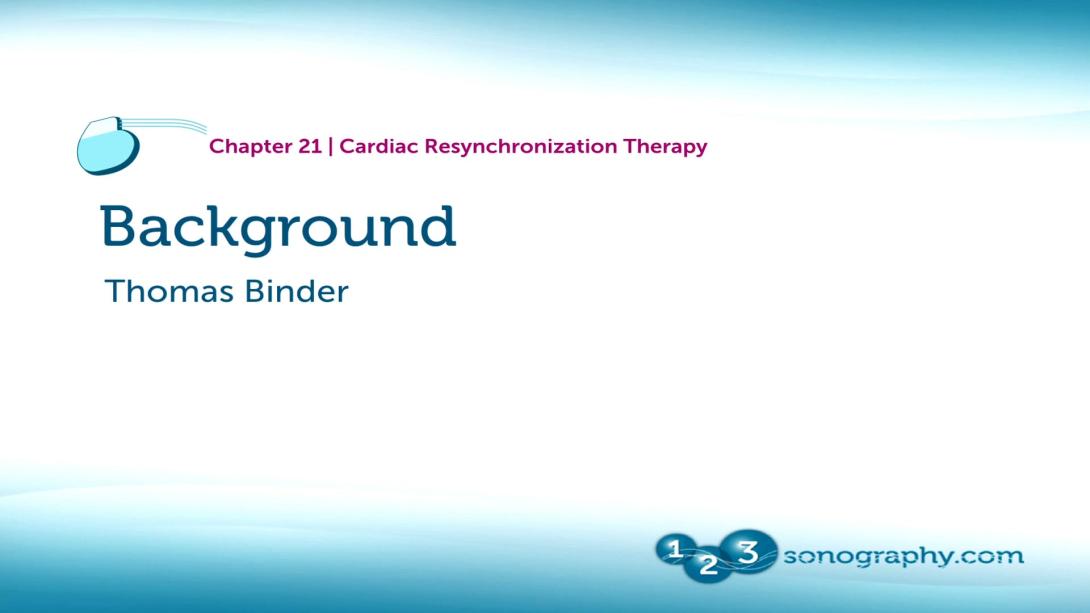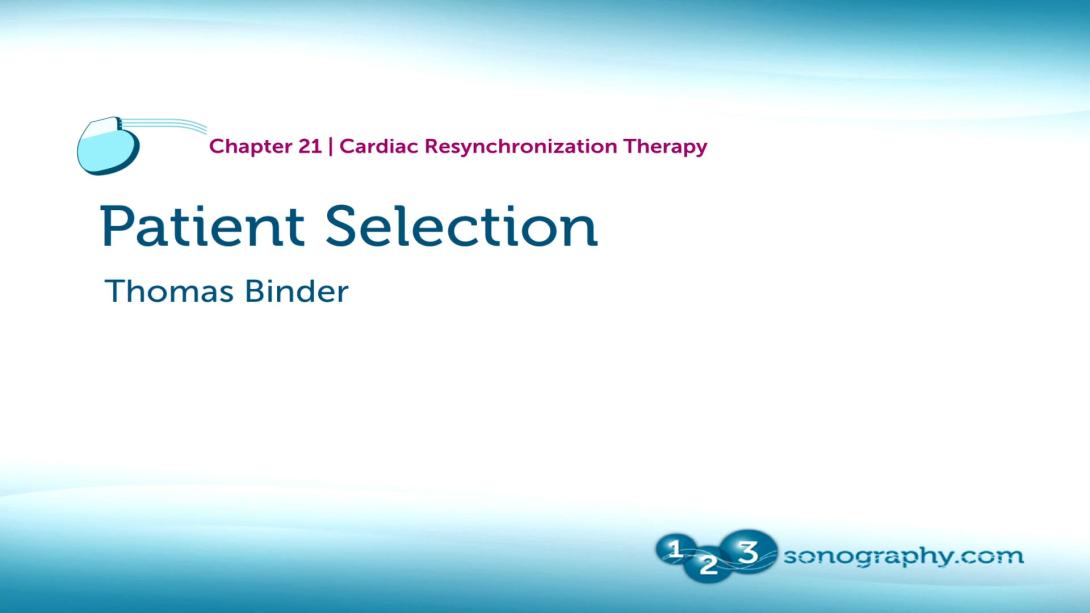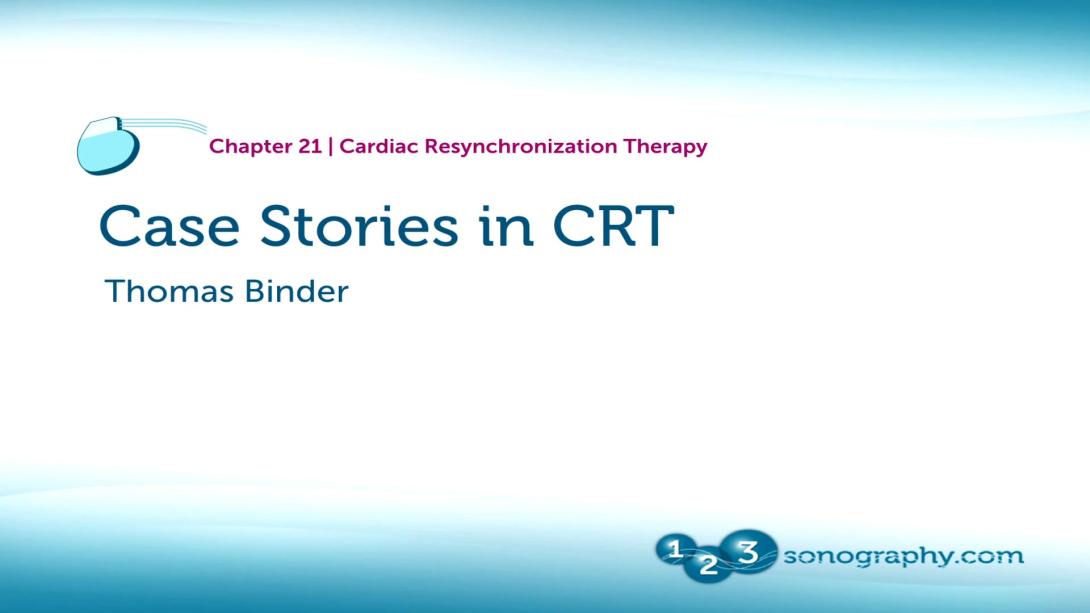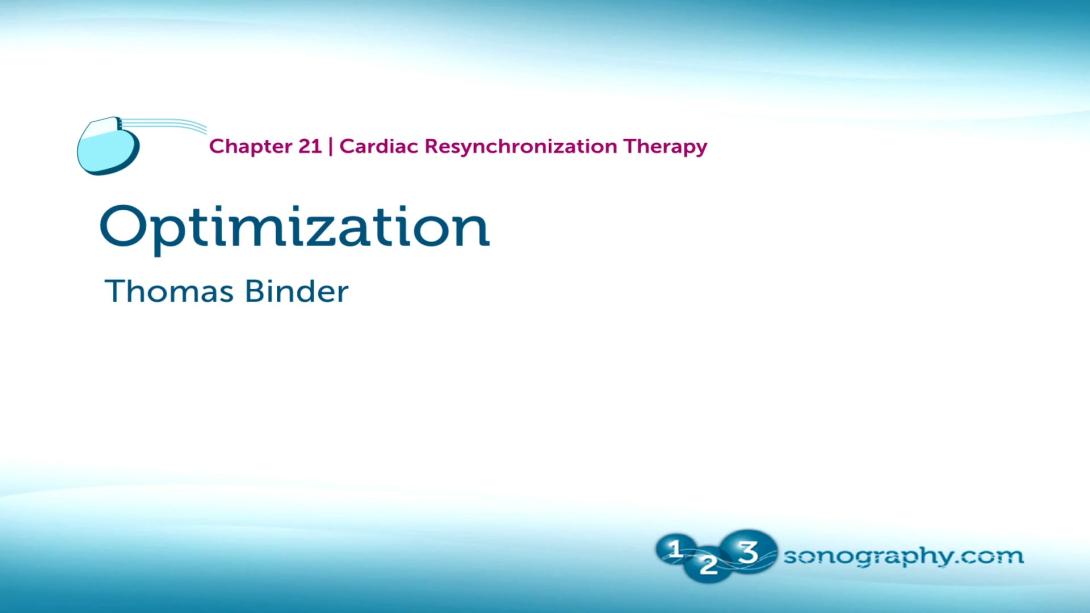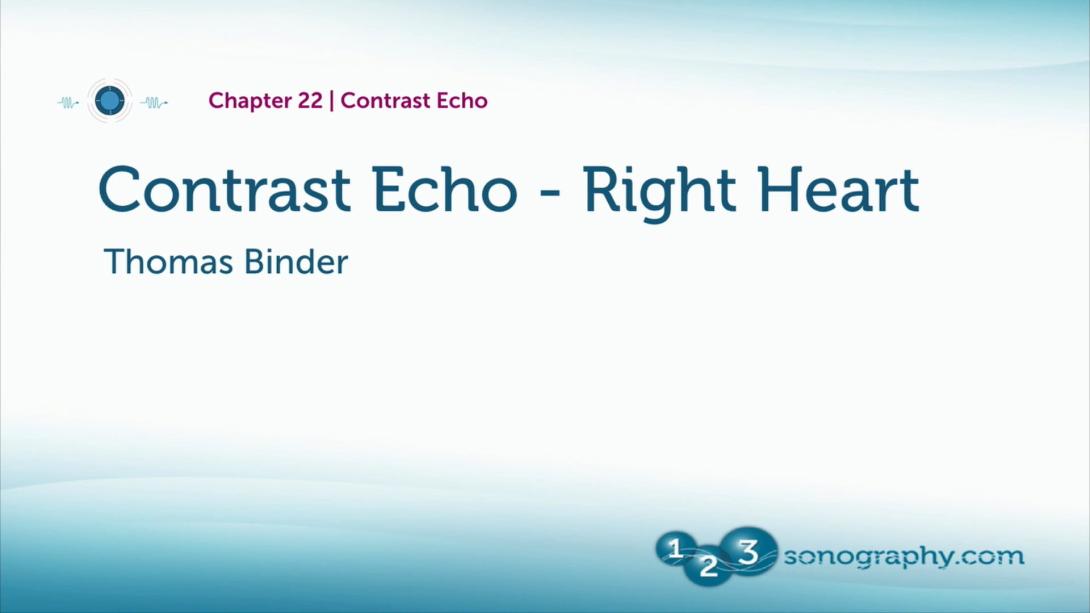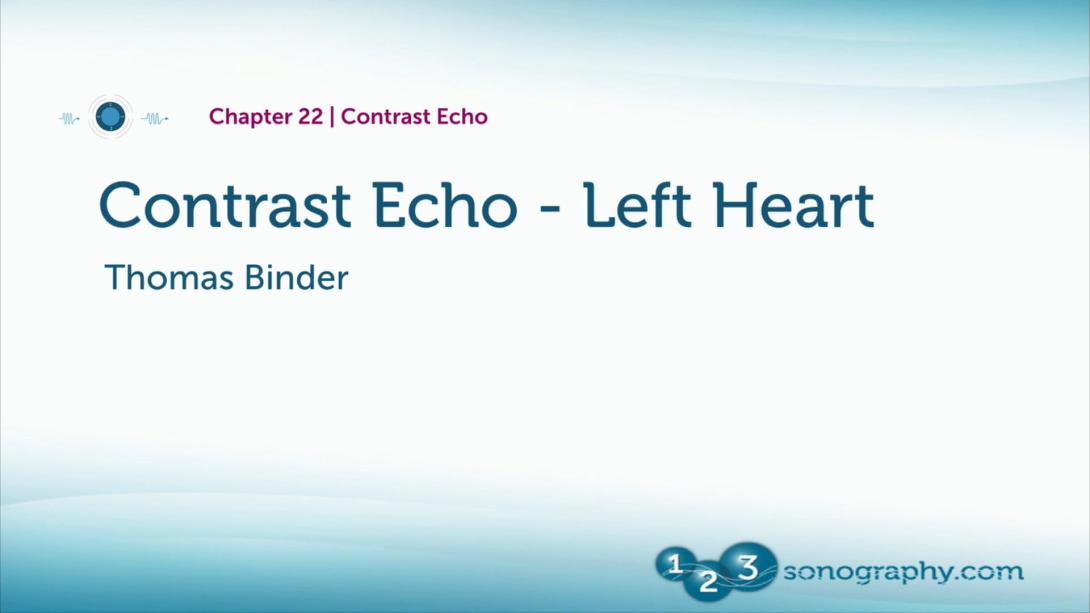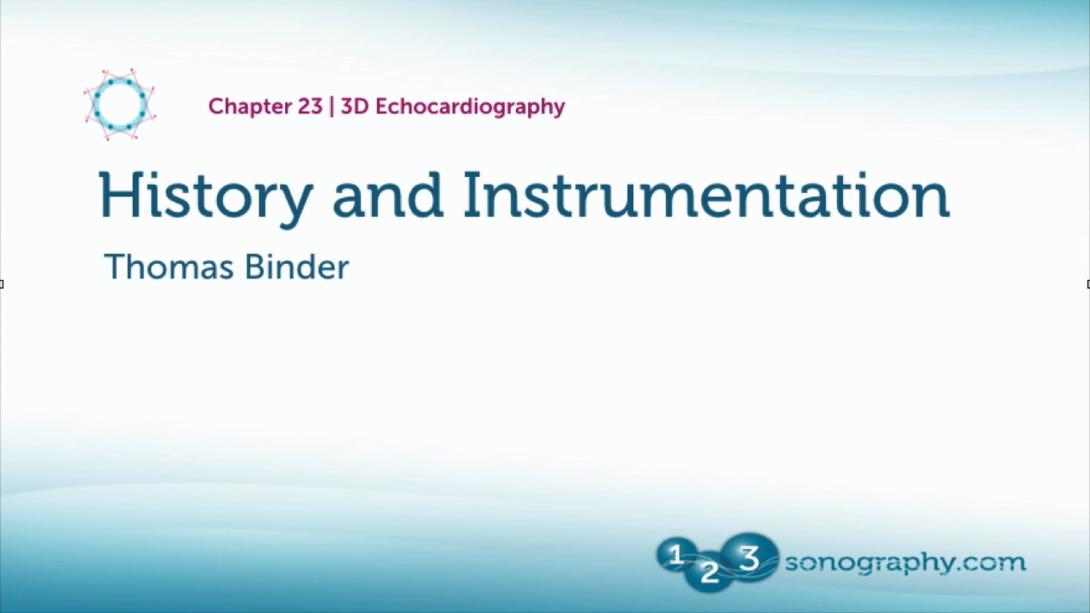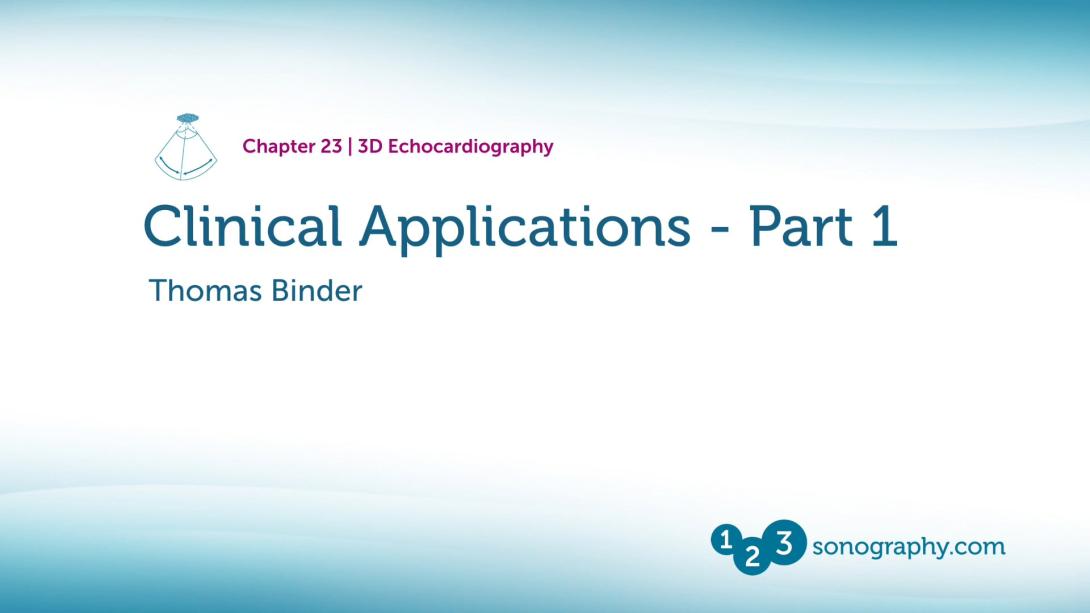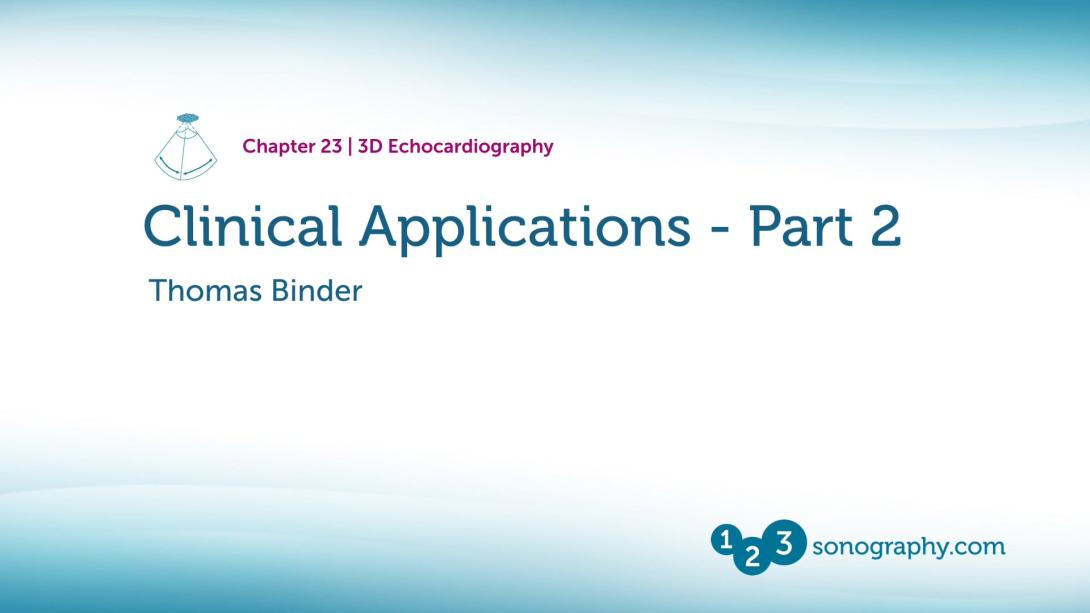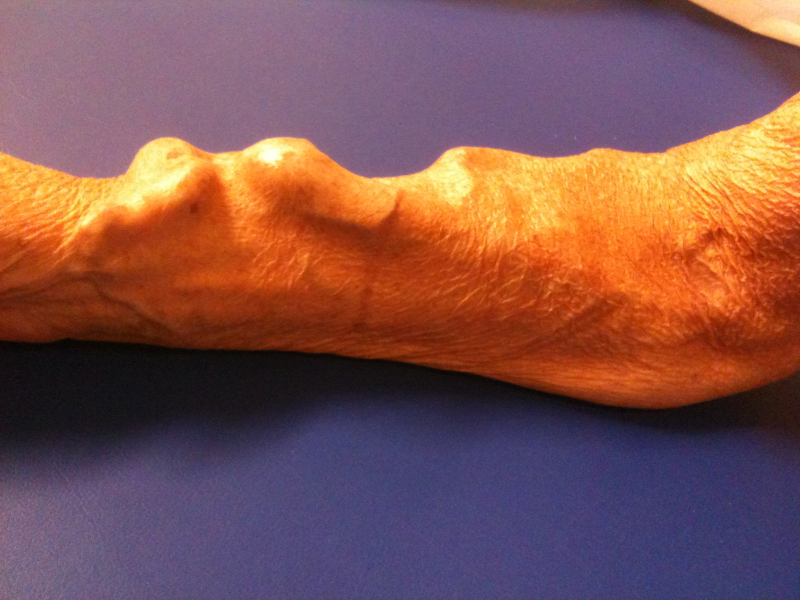Course Speakers
Curriculum
Chapter 1
Free lectures
Learn more about Imaging tips – How to diagnose an apical thrombus; Imaging skills in prosthetic aortic valves; Pitfall in aortic stenosis!
3 lectures and 0 quizzes
Lectures & Quizzes:
Chapter 2
2.5 CME
Principles of Echocardiography
This chapter will give you just enough background to really understand what echocardiography is about. Since we know that you don’t want to become a physicist, we will stick to what really matters. You will also learn in this chapter how to use the scanner and what you can do to optimize your images.
9 lectures and 1 quizzes
Lectures & Quizzes:
Chapter 3
1.75 CME
How to Image
This chapter will teach you hands-on wisdom of echocardiography: echo windows and views as well as practical tips that no one will ever teach you during on-site courses and that you also won’t find in books. This chapter is rich in demos that show you how to scan.
11 lectures and 1 quizzes
Lectures & Quizzes:
Chapter 4
1.5 CME
Heart Chambers and Walls
Echo anatomy can be hard to grasp. Upon completion of this chapter, you will know exactly where and how to find the different cardiac structures and how to quantify the size and function of the heart chambers.
11 lectures and 1 quizzes
Lectures & Quizzes:
Chapter 5
2.5 CME
Diastolic Dysfunction
This chapter deals with the difficult topic of diastolic dysfunction – we’ll try to make it easy for you. Take a look at the section “a simple approach” and you will see how diastology can help you in your daily clinical practice.
7 lectures and 1 quizzes
Lectures & Quizzes:
Chapter 6
1 CME
Dilated Cardiomyopathy
Left ventricular function is not the only thing to look at in patients with dilated cardiomyopathy. In this chapter you will see how echo can help you understand symptoms, prognosis and treatment options for such patients.
4 lectures and 1 quizzes
Lectures & Quizzes:
Chapter 7
0.75 CME
Hypertrophic Cardiomyopathy
Hypertrophic cardiomyopathy, hypertensive heart disease, and athlete’s heart have very similar features. In this chapter you will learn more about these features and find out how you can distinguish between them. You will also learn how echo can help you assess the risk for sudden cardiac death.
5 lectures and 1 quizzes
Lectures & Quizzes:
Chapter 8
0.5 CME
Restrictive CMP
This is a rare disease, indeed. However, as an echocardiographer you should be able to recognize it. In this chapter, we will teach you some useful tips and tricks for making the right diagnosis.
3 lectures and 1 quizzes
Lectures & Quizzes:
Chapter 9
3.25 CME
Coronary Artery Disease
Have you ever struggled with the assessment of regional wall motion abnormalities? Can you differentiate ischemic from dilated cardiomyopathy? In this chapter you will find lots of examples and background knowledge that will help you to excel.
7 lectures and 1 quizzes
Lectures & Quizzes:
Chapter 10
1 CME
Aortic Stenosis (update is coming soon!)
Is aortic stenosis present? Is it severe? Is surgery required? Are new treatment options an alternative? This chapter will answer your questions.
6 lectures and 1 quizzes
Lectures & Quizzes:
Chapter 11
1 CME
Aortic Regurgitation (update is coming soon!)
In this chapter you will learn to understand the hemodynamics of “volume overload” and learn more about our integrative approach towards assessing aortic regurgitation. You will see more than others by following our step-by-step approach.
5 lectures and 1 quizzes
Lectures & Quizzes:
Chapter 12
1 CME
Mitral Stenosis
This chapter deals with the different features of rheumatic heart disease. Among other things, you will find out about the pitfalls when trying to quantify the severity of mitral stenosis.
7 lectures and 1 quizzes
Lectures & Quizzes:
Chapter 13
1.75 CME
Mitral Regurgitation (update is coming soon!)
This chapter will provide you with in-depth knowledge that will help you determine the severity of mitral regurgitation. You will learn which factors determine whether a patient should undergo valve surgery and what the mechanism of mitral regurgitation is. A special section will be dedicated to practical issues such as how to view the specific portions of the mitral valve and how to find the origin of a jet.
8 lectures and 1 quizzes
Lectures & Quizzes:
Chapter 14
1 CME
Tricuspid Valve Disease (update is coming soon!)
We like the tricuspid valve and you should like it, too. It is often overlooked even though there are many conditions that can affect the tricuspid valve. As a matter of fact, tricuspid regurgitation is common! In this chapter you will learn more about tricuspid valve pathologies, how to image them, and what the sequels are.
5 lectures and 1 quizzes
Lectures & Quizzes:
Chapter 15
1.75 CME
Prosthetic Valves (update is coming soon!)
Prosthetic valves can be a blessing if they work and a curse if they don’t. Can you tell from the echo which valve was implanted? Does the patient have prosthetic valve dysfunction? What are the pitfalls and limitations of echo in this patient group? This chapter will answer these and other questions.
6 lectures and 1 quizzes
Lectures & Quizzes:
Chapter 16
4 CME
Endocarditis
In this chapter, we cover a wide array of subjects through engaging lectures and real-world examples, including Introduction to Endocarditis, Native Valve Endocarditis, Complications of Endocarditis, Right Heart Endocarditis, Prosthetic Valve Endocarditis, Pacemaker and Central Line Endocarditis, Non-Bacterial Endocarditis, and Guiding Patient Management.
47 lectures and 1 quizzes
Lectures & Quizzes:
Chapter 17
1.5 CME
Right Heart Disease (update is coming soon!)
Early diagnosis of pulmonary hypertension is crucial for the prognosis of patients with pulmonary hypertension. Echocardiography is the primary diagnostic tool to do so. In this chapter we will show you how to detect pulmonary hypertension and what to do if direct measurement of pulmonary pressure using the tricuspid valve signal is not possible.
5 lectures and 1 quizzes
Lectures & Quizzes:
Chapter 18
3.5 CME
Aortic Disease
The aorta can also be visualized with echo! In this chapter, we will show you how. Diseases such as aortic aneurysms, dissection, aortic syndromes, and congenital abnormalities of the aorta will be covered.
28 lectures and 1 quizzes
Lectures & Quizzes:
Chapter 19
1 CME
Pericardial Disease (update is coming soon!)
Many problems may affect the pericardium - some of them are life-threatening. Just think of tamponade. The emergency echo tips in this chapter might save you next time you are on call at night. So you’d better get started!
5 lectures and 1 quizzes
Lectures & Quizzes:
Chapter 20
1.5 CME
Tumors and Masses
In this chapter you will learn how echocardiography can support you in recognizing different tumors and masses. We will teach you some simple mnemonics that will help you memorize the most common problems once you’re back with your patients.
5 lectures and 1 quizzes
Lectures & Quizzes:
Chapter 21
1.5 CME
Congenital Heart Disease
In this chapter you will find out more about the most common congenital defects in an adult population. We are dealing with shunt lesions such as atrial and ventricular septal defects and ductus arteriosus. Other congenital defects are covered in other chapters (disease of the aorta, aortic valve disease, tricuspid valve, etc.)
4 lectures and 1 quizzes
Lectures & Quizzes:
Chapter 22
1 CME
Echo in CRT
In this chapter you will learn how do detect dyssynchrony, why it is important for the development of heart failure and what Resynchronization Therapy (CRT) is. A separate lecture deals with the optimization of CRT therapy
4 lectures and 1 quizzes
Lectures & Quizzes:
Chapter 23
1 CME
Contrast Echo
Here you will learn why contrast echocardiography is so important and where you can use it. We will focus both on right- and left heart contrast studies and show you which agents are available. Here you will learn how to detect a patent foramen ovale, a thrombus in the apex and much much more. Again you will see lots of examples.
2 lectures and 1 quizzes
Lectures & Quizzes:
Chapter 24
0.25 CME
3D Echo
Three-dimensional echocardiography is a hot topic. In this chapter we will explain how it works and in which ways you can use it. We will discuss topics such as full volume- and multibeat acquisition, multiplane imaging and live 3D. Both transthoracic and transesophageal applications of 3D echo are discussed. This chapter is full of spectacular images.
3 lectures and 1 quizzes
Lectures & Quizzes:
Objectives

After completing this medical sonography program on echocardiography, you will be fully competent to assess even the most complex cases.
You will master advanced echocardiographic technologies, including Live 3D/4D Echo and Contrast Echo and gain proficiency in using 2D, MMode, Doppler, Tissue Doppler, Contrast Echo, and TTE 3D/4D imaging modalities.
You will deepen your understanding of cardiovascular and noncardiac conditions that impact cardiac pathology in adults and be able to identify and quantify major heart diseases detectable by echocardiography.
After this medical sonography schooling, you will be able to reliably detect and assess cardiac pathologies and complications in various clinical settings and know how to apply measurements to evaluate disease severity, prognosis, and patient management strategies.
You will broaden your clinical knowledge of cardiology and know-how and when to use advanced technologies.
Ideal for:

Student Discount
Are you a student? Get 50% discount on this course by completing the student application form.
Get Student DiscountRecommended Blog Posts
Pricing
One-Month Access
Take the most flexible route with a monthly subscription.
You get:
- Cancellation possible anytime after 4 months minimum run time
- Ability to complete quizzes and earn CME credits
Half-Year Access
Our shortest option for very fast learners. Ideal for people who have plenty of time to learn.
You get:
- 6 months access to our course
- Ability to complete quizzes and earn CME credits
One-Year Access
Our most recommended access duration to dive deep into the course. Save 30% on the 6-month option.
You get:
- 12 months access to our course
- Ability to complete quizzes and earn CME credits
Two-Year Access
If you want to take your time learning, this option is perfect for you. Save 40% on the 6-month option.
You get:
- 24 months access to our course
- Ability to complete quizzes and earn CME credits

